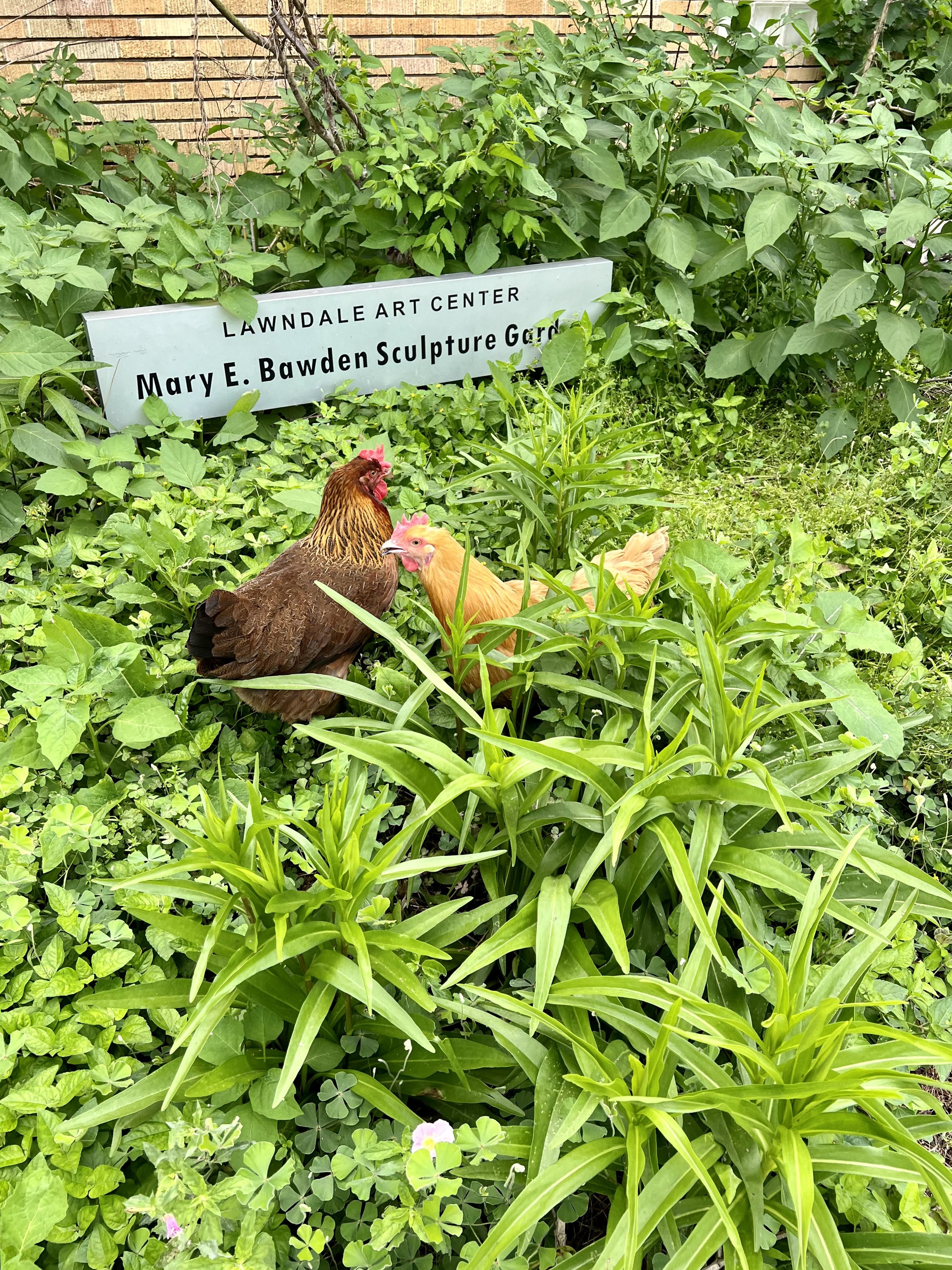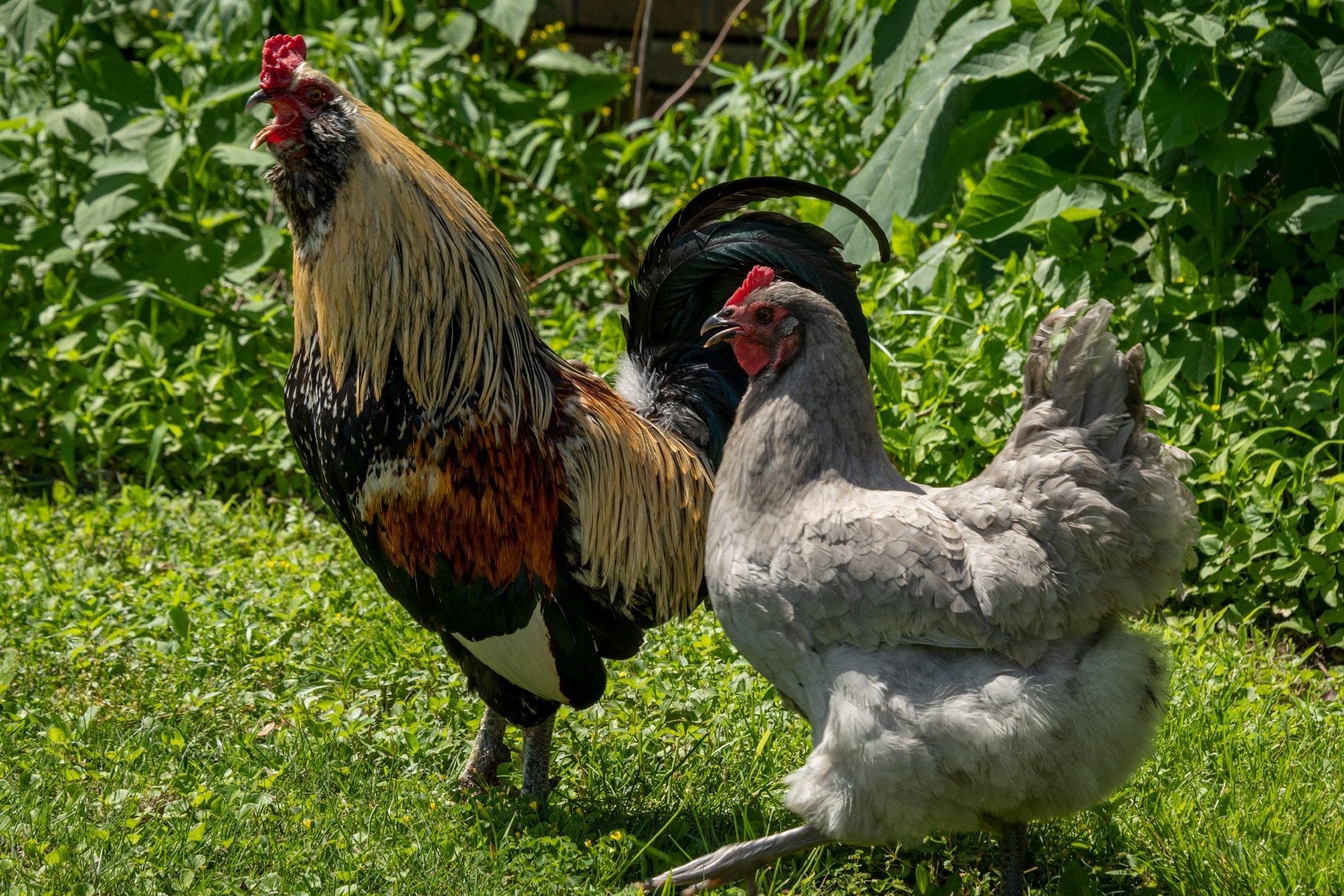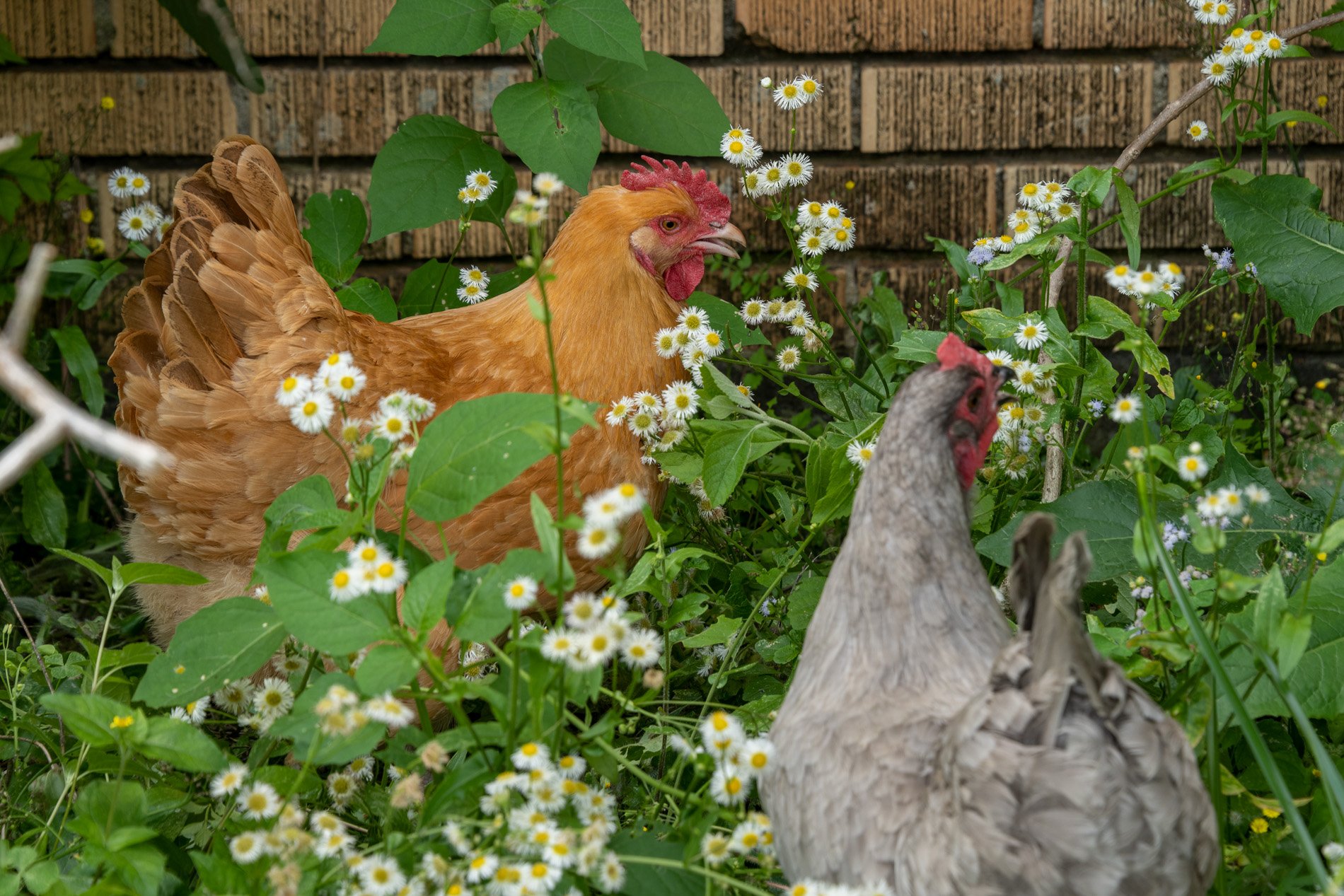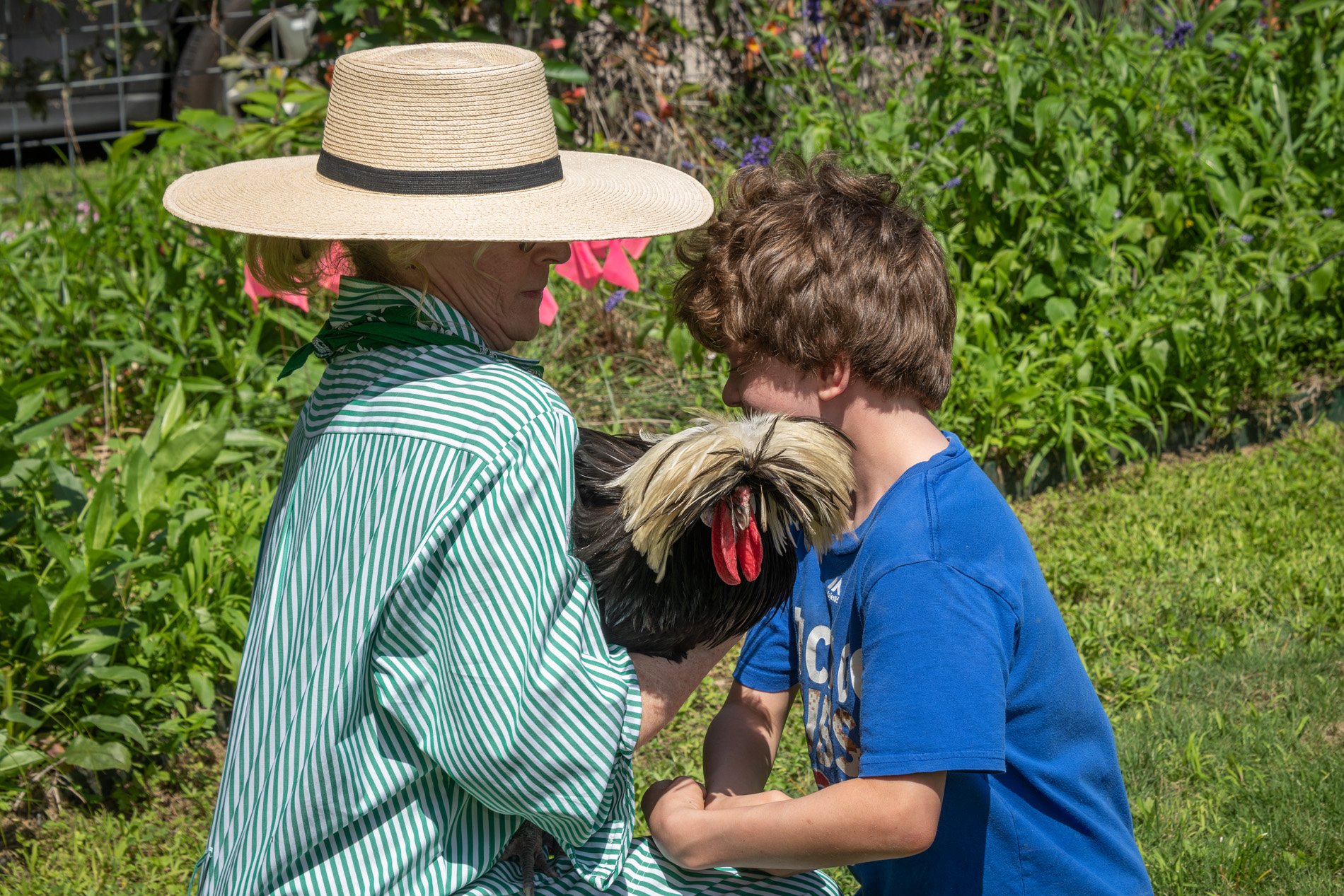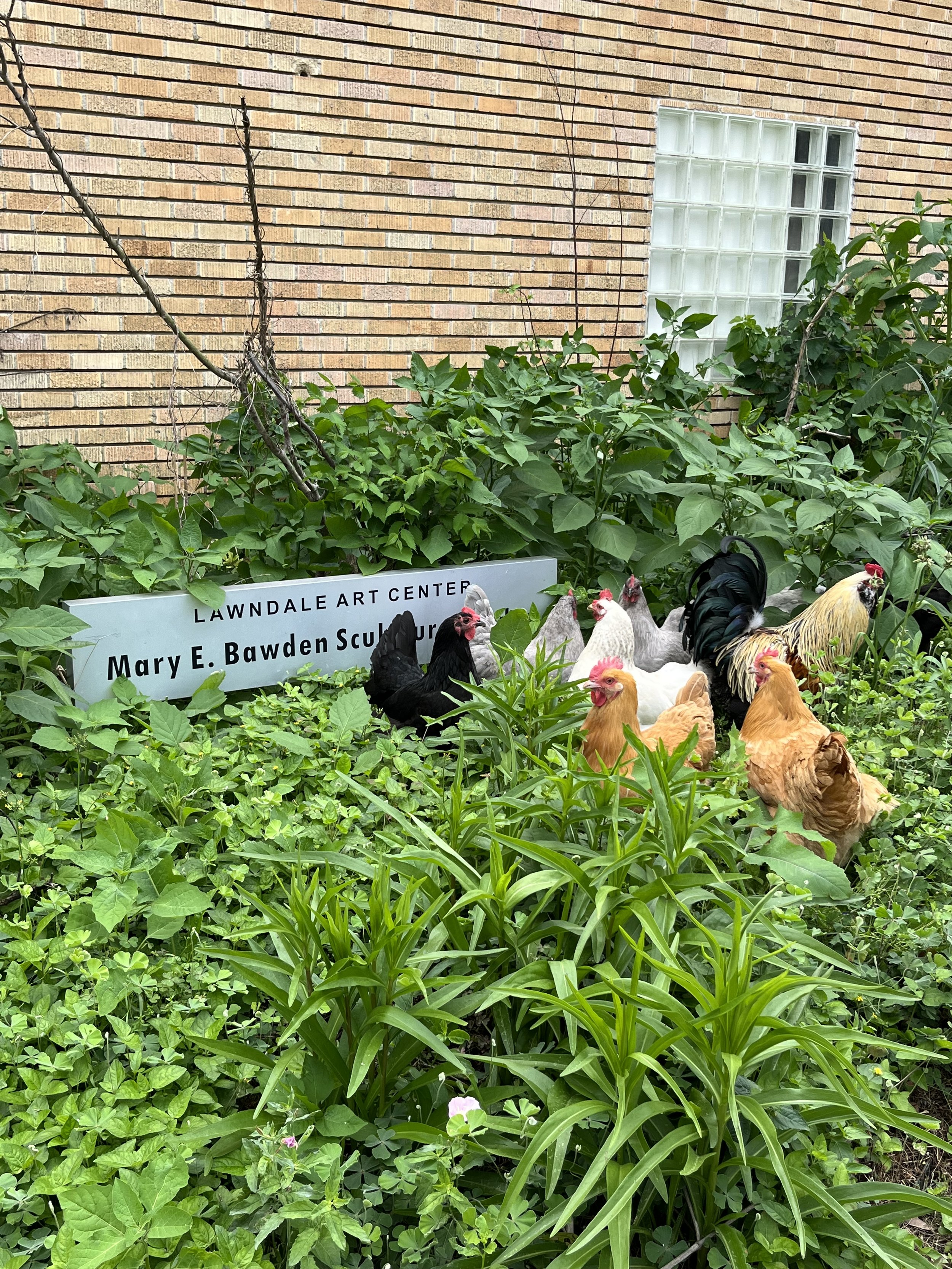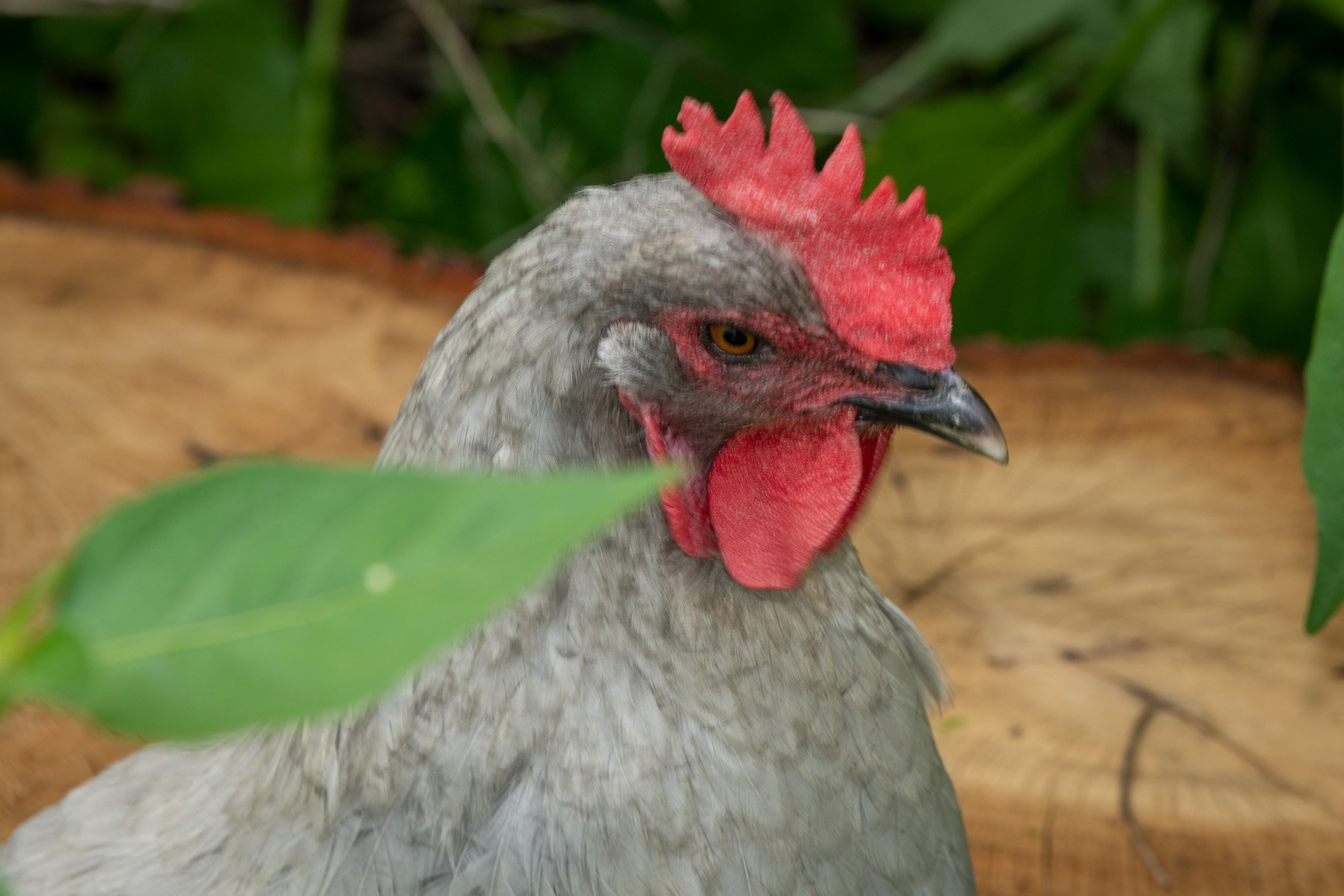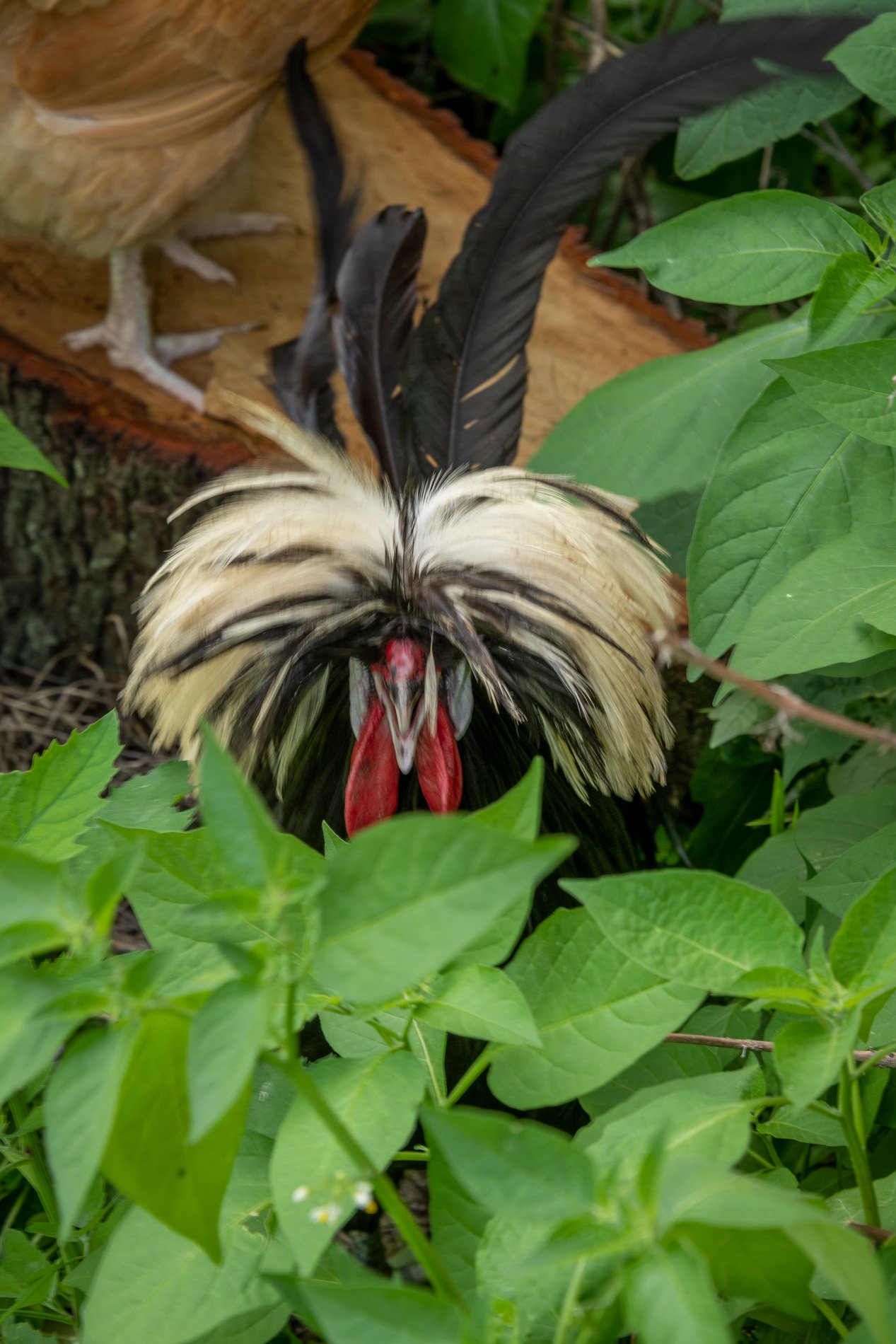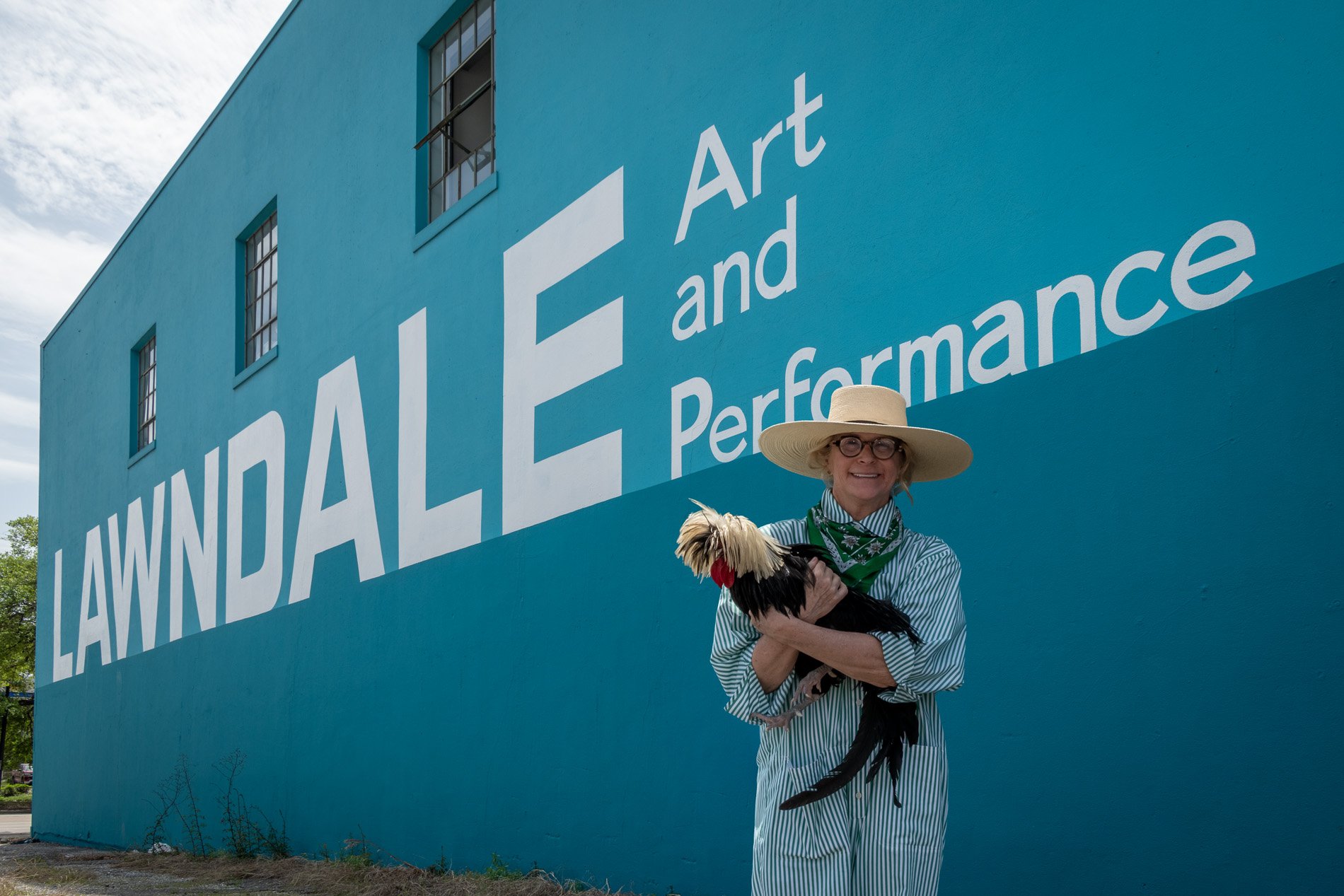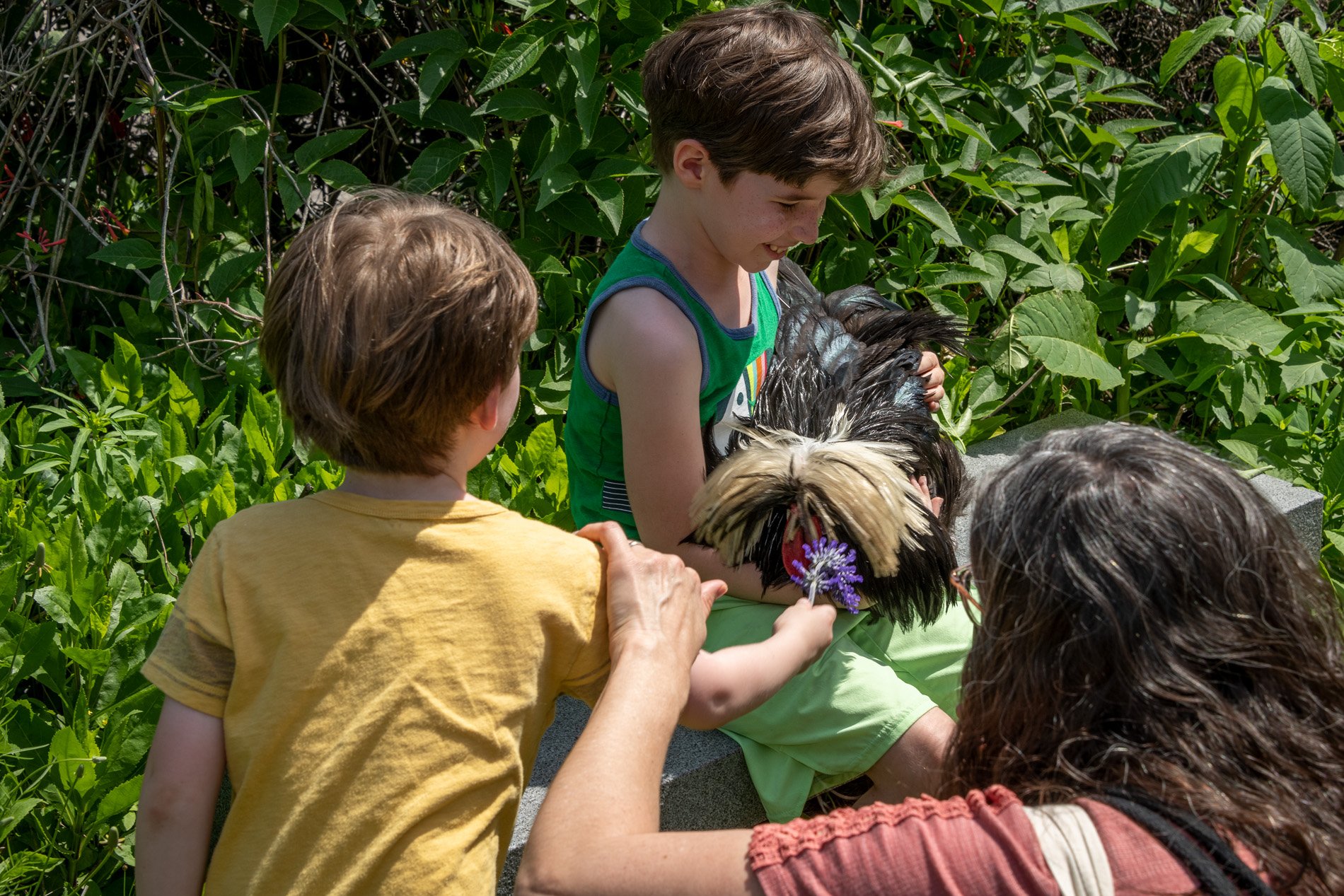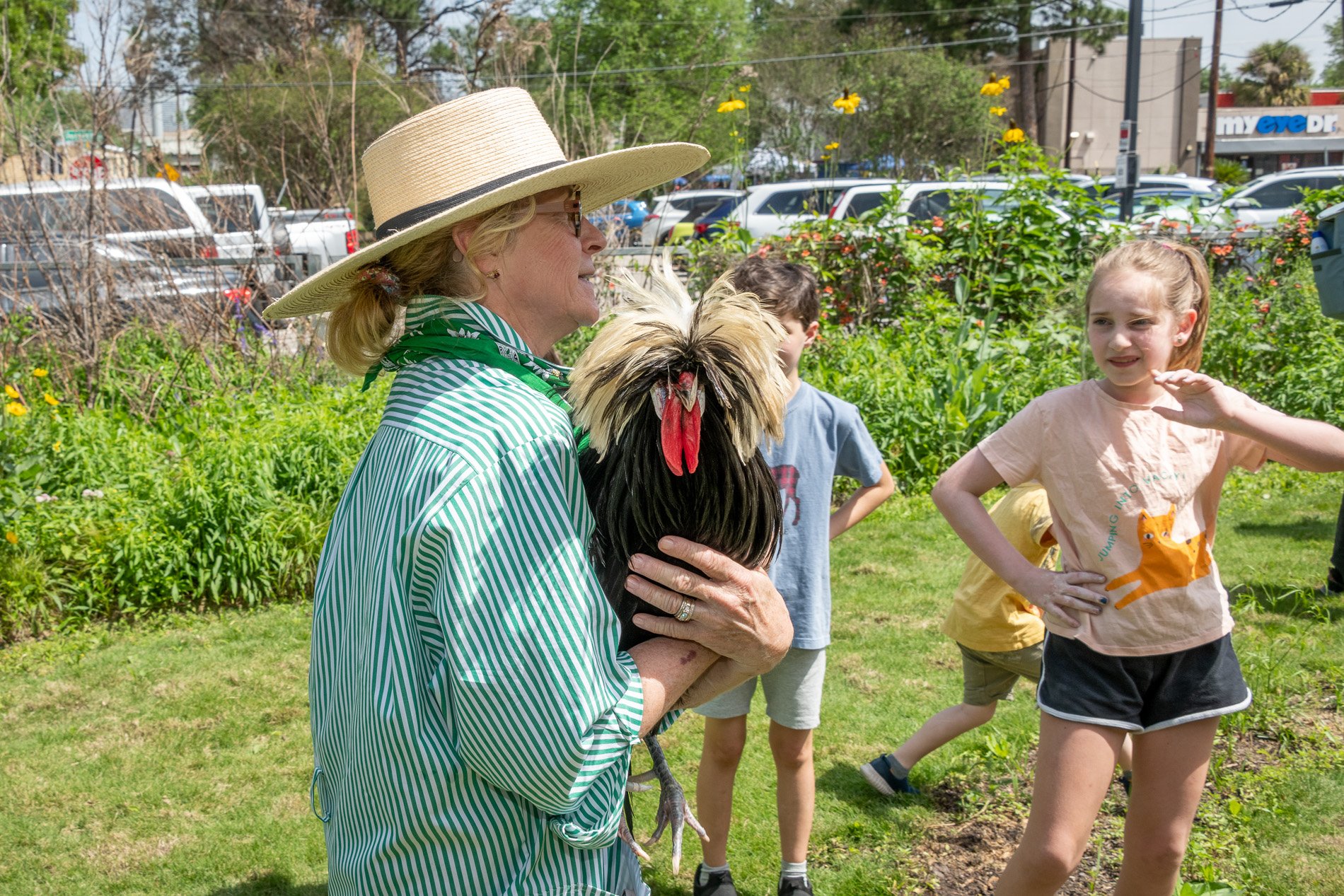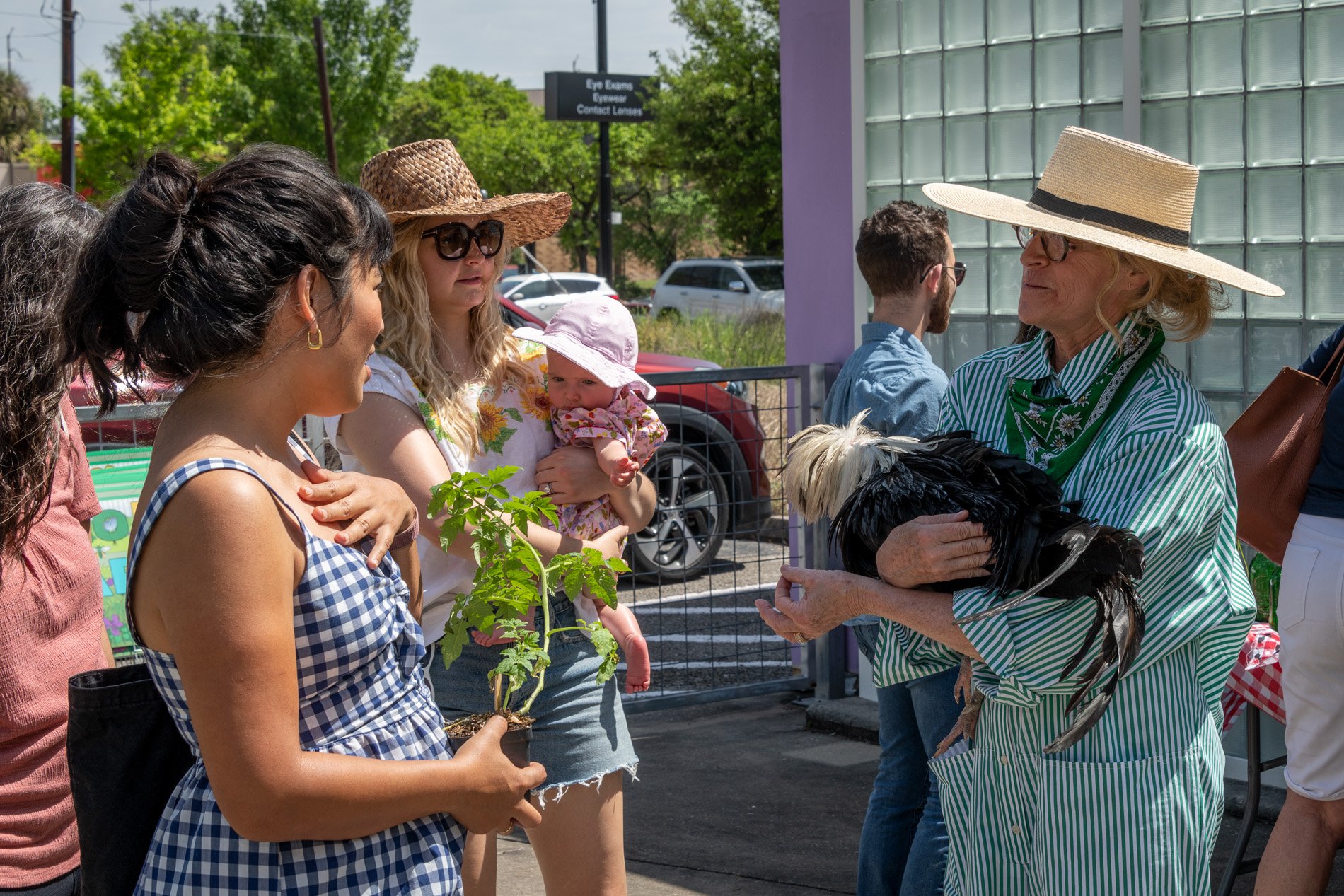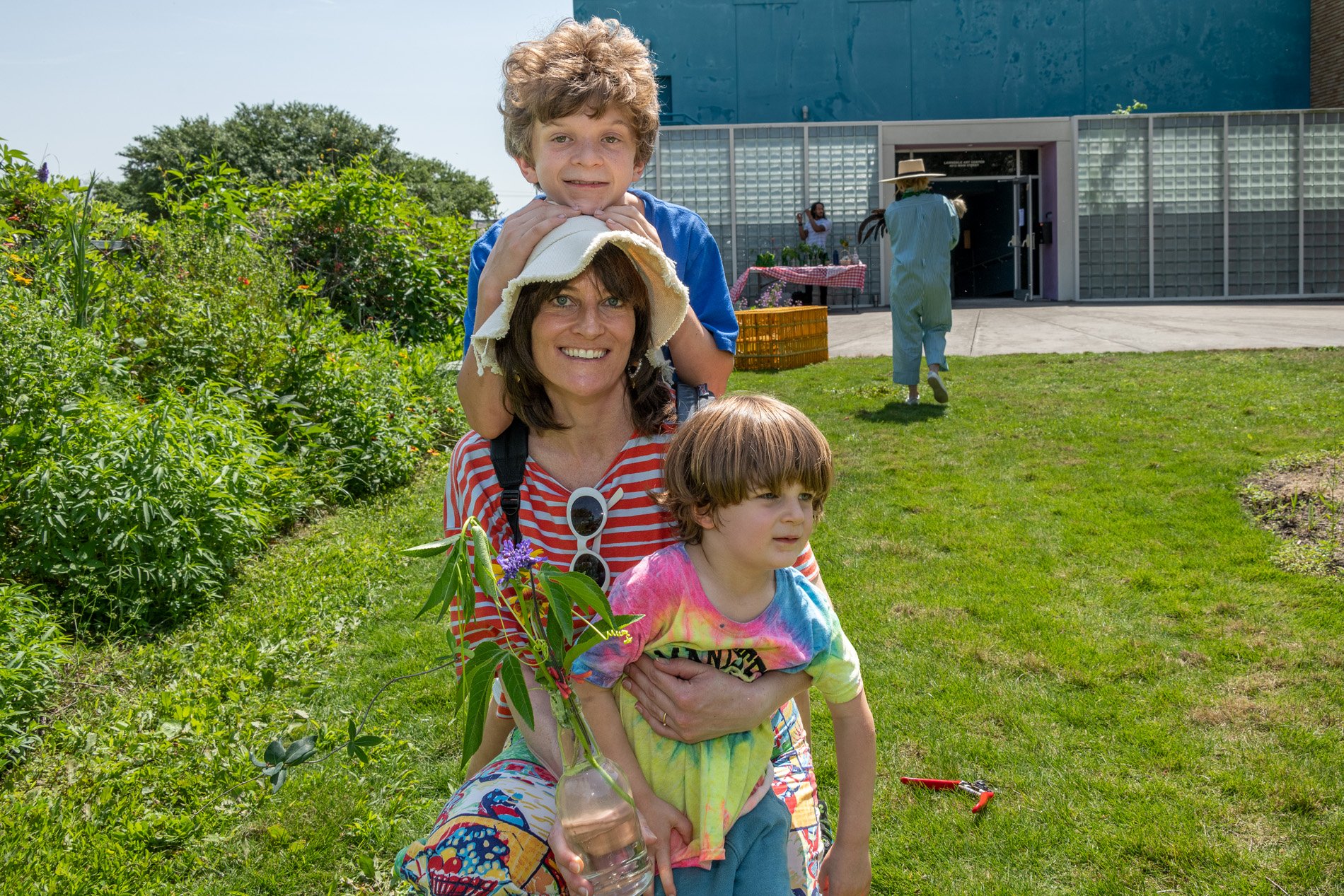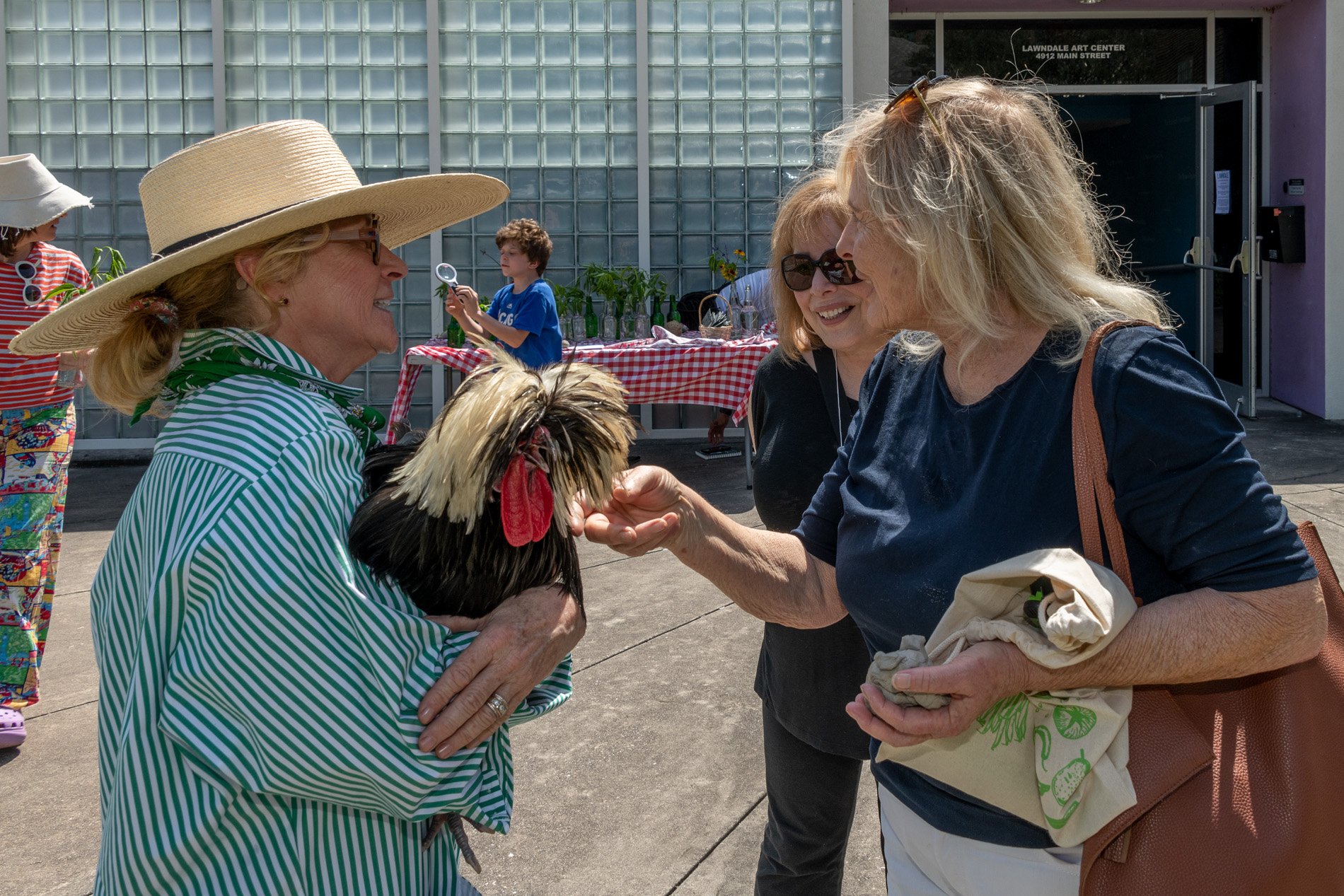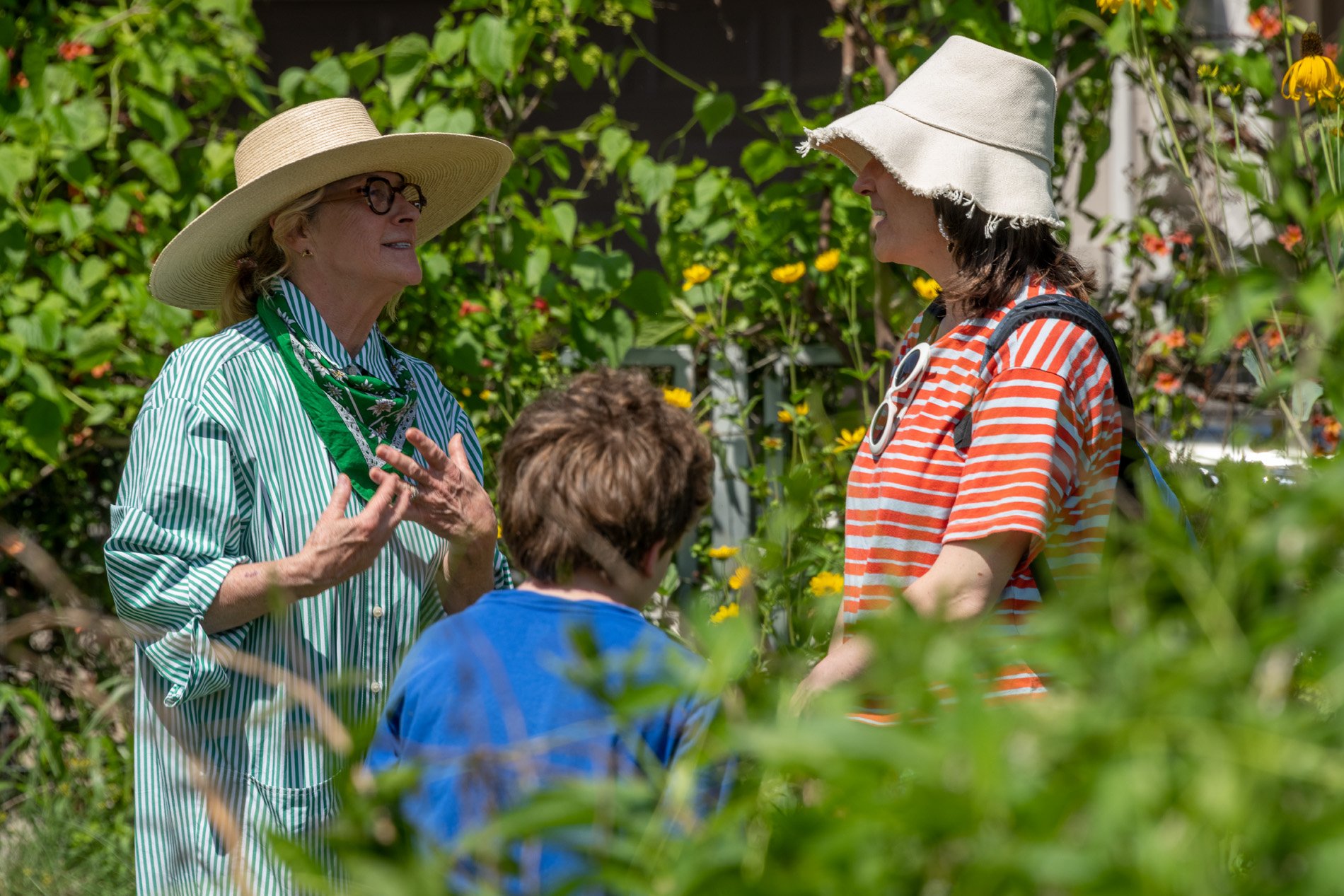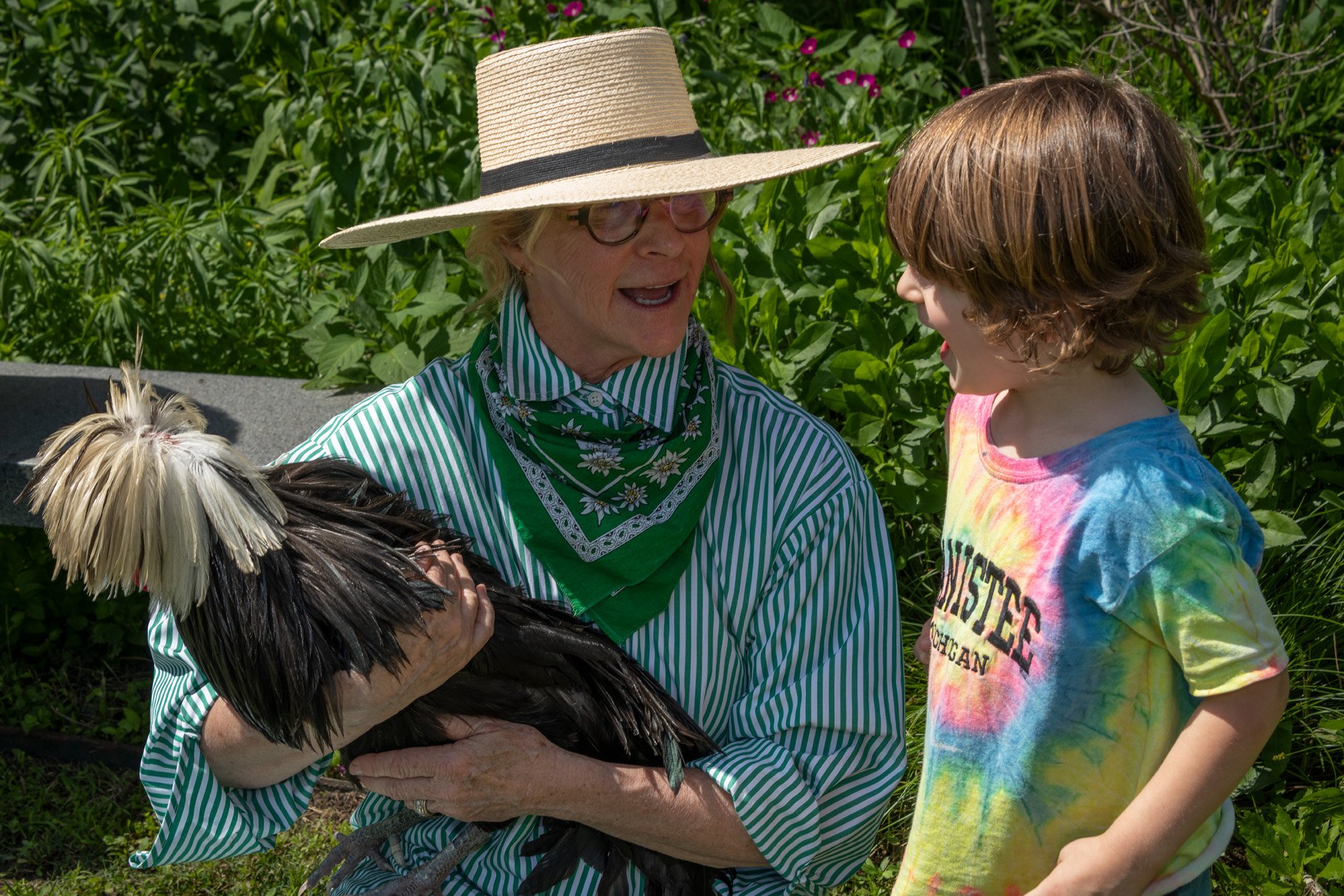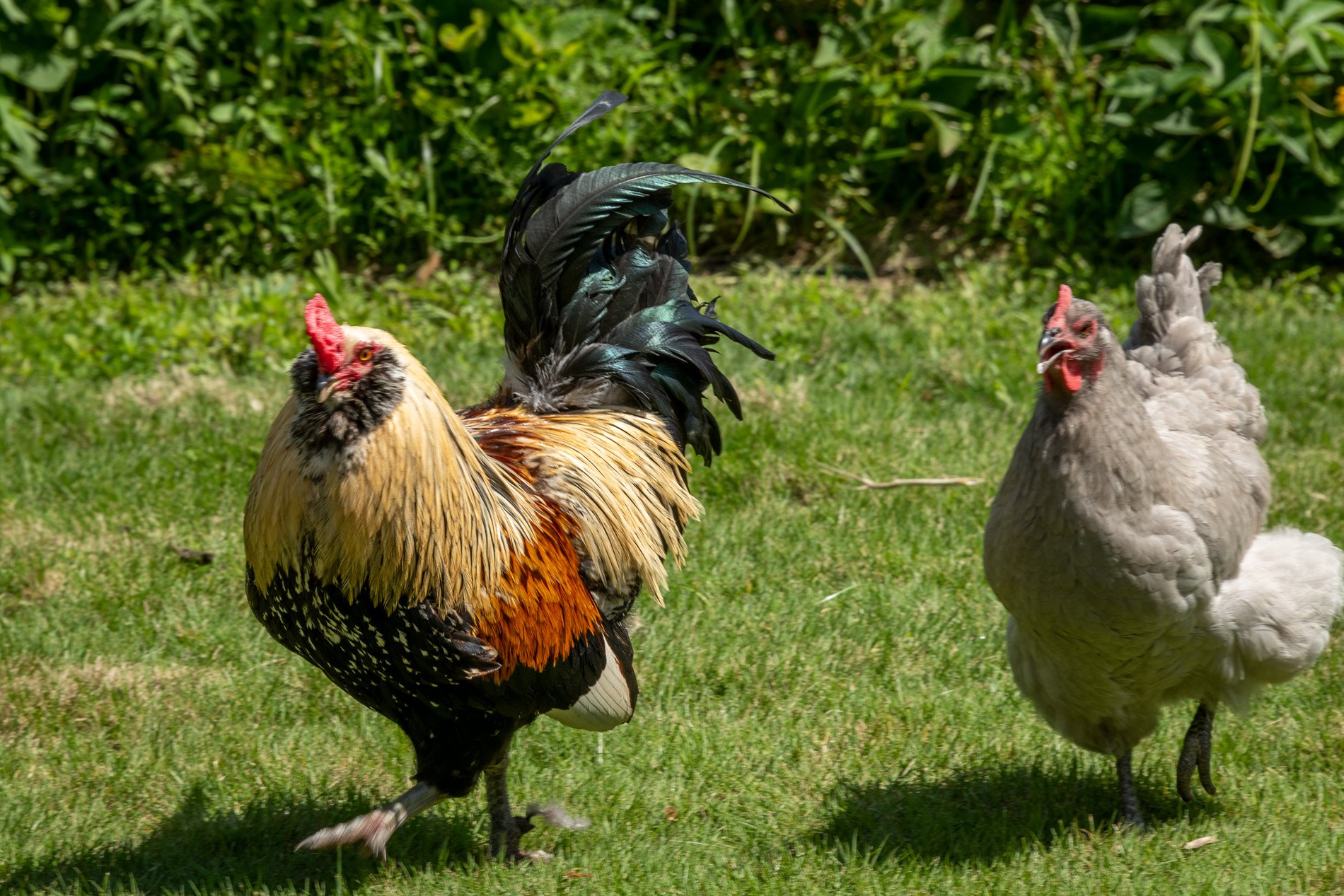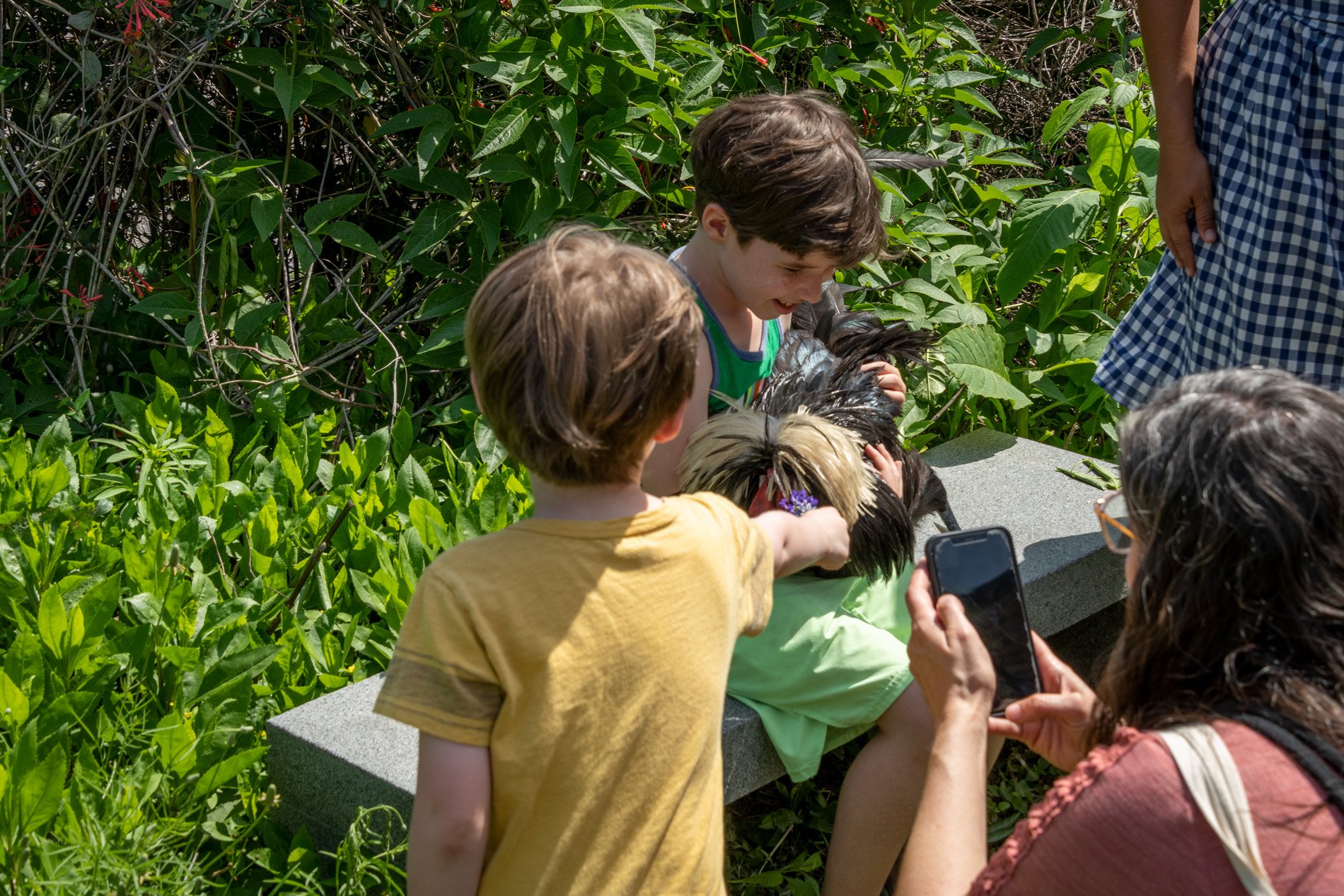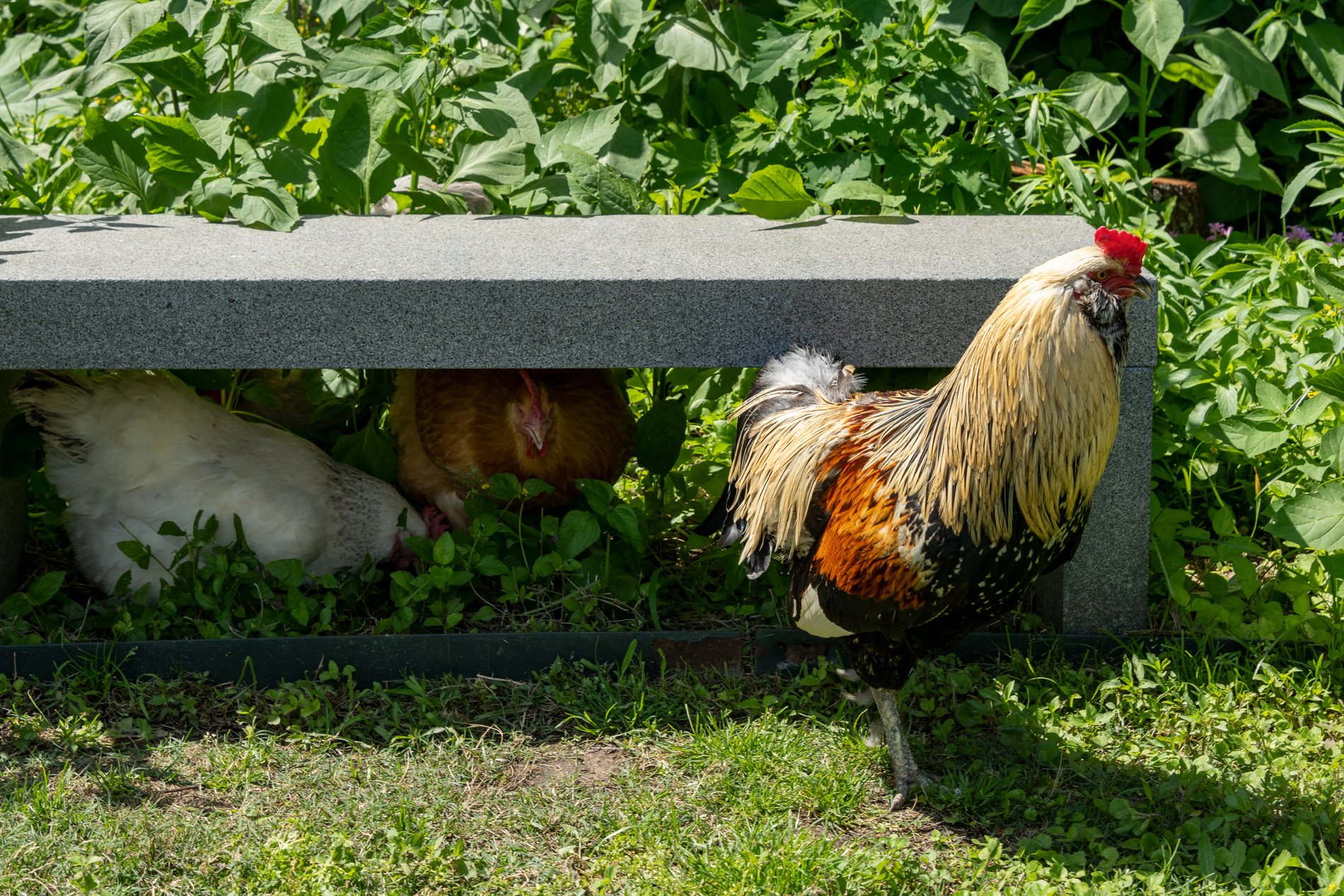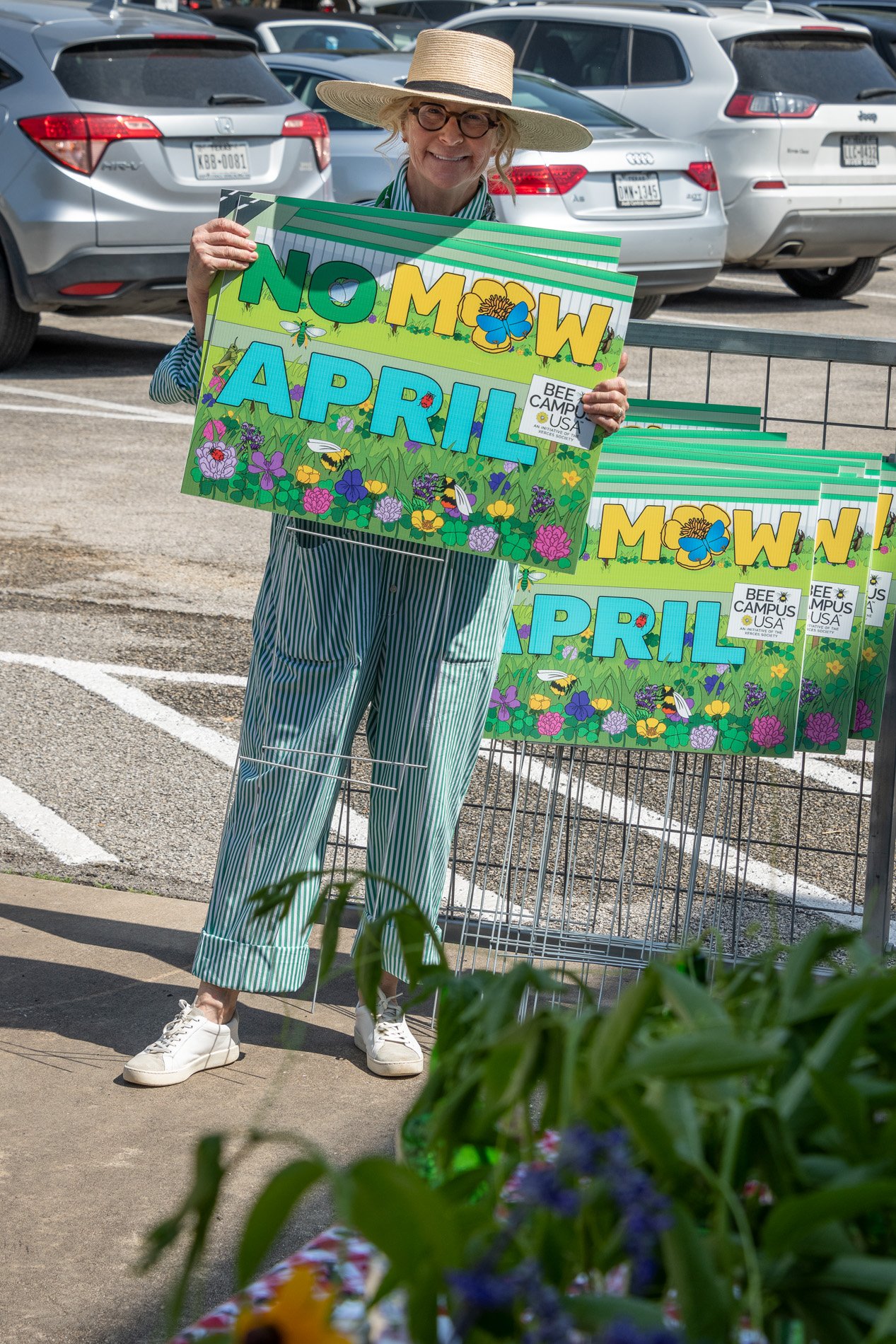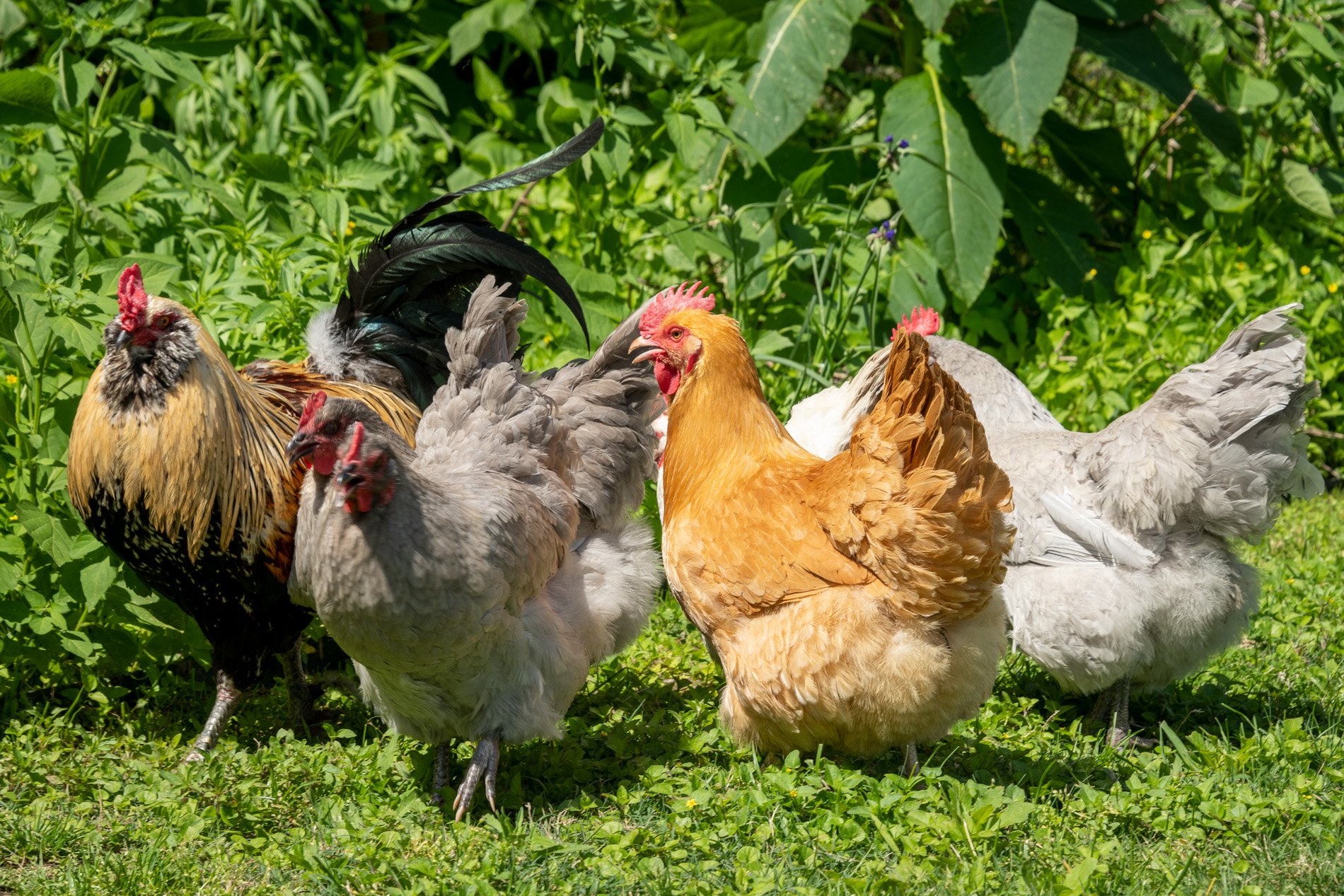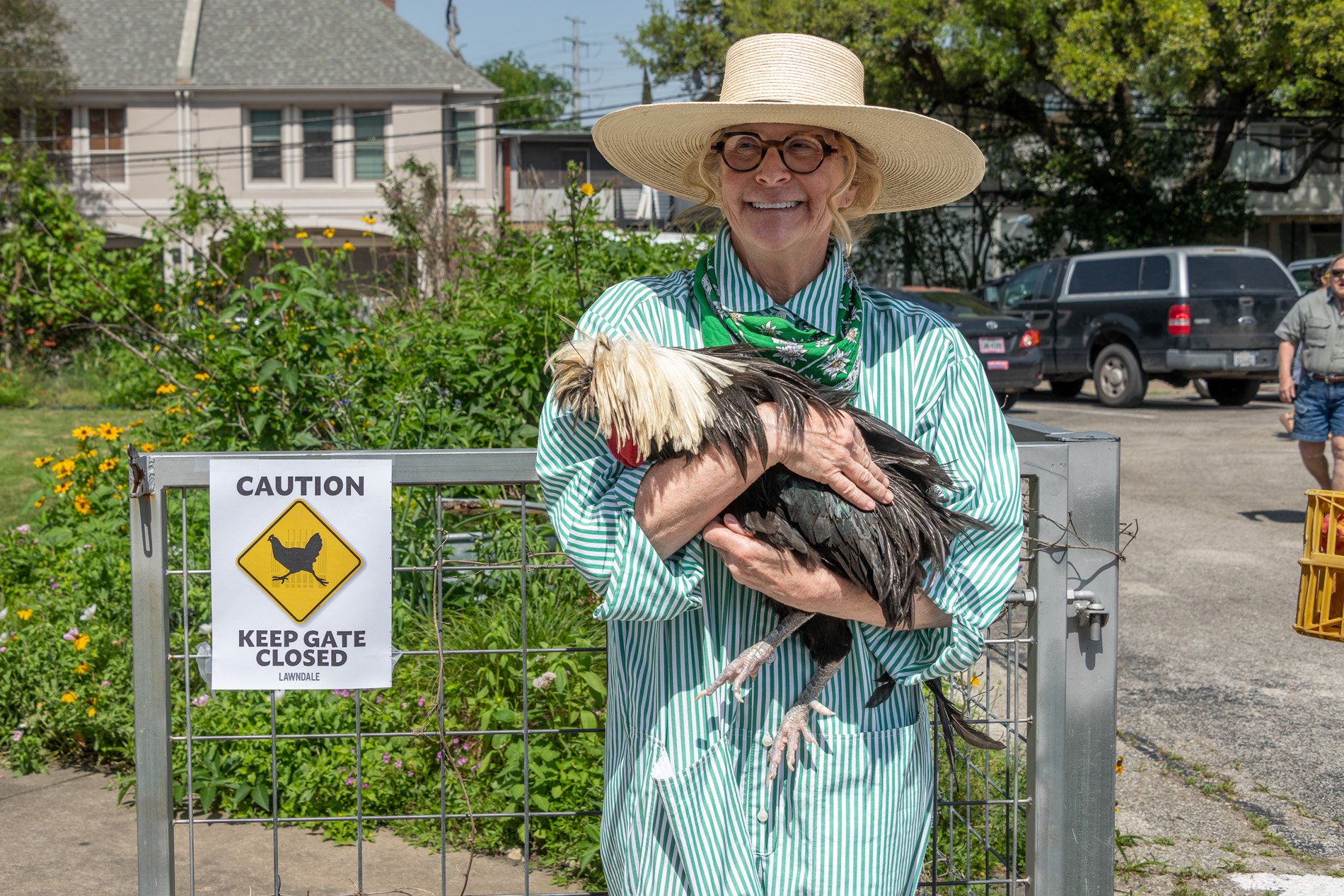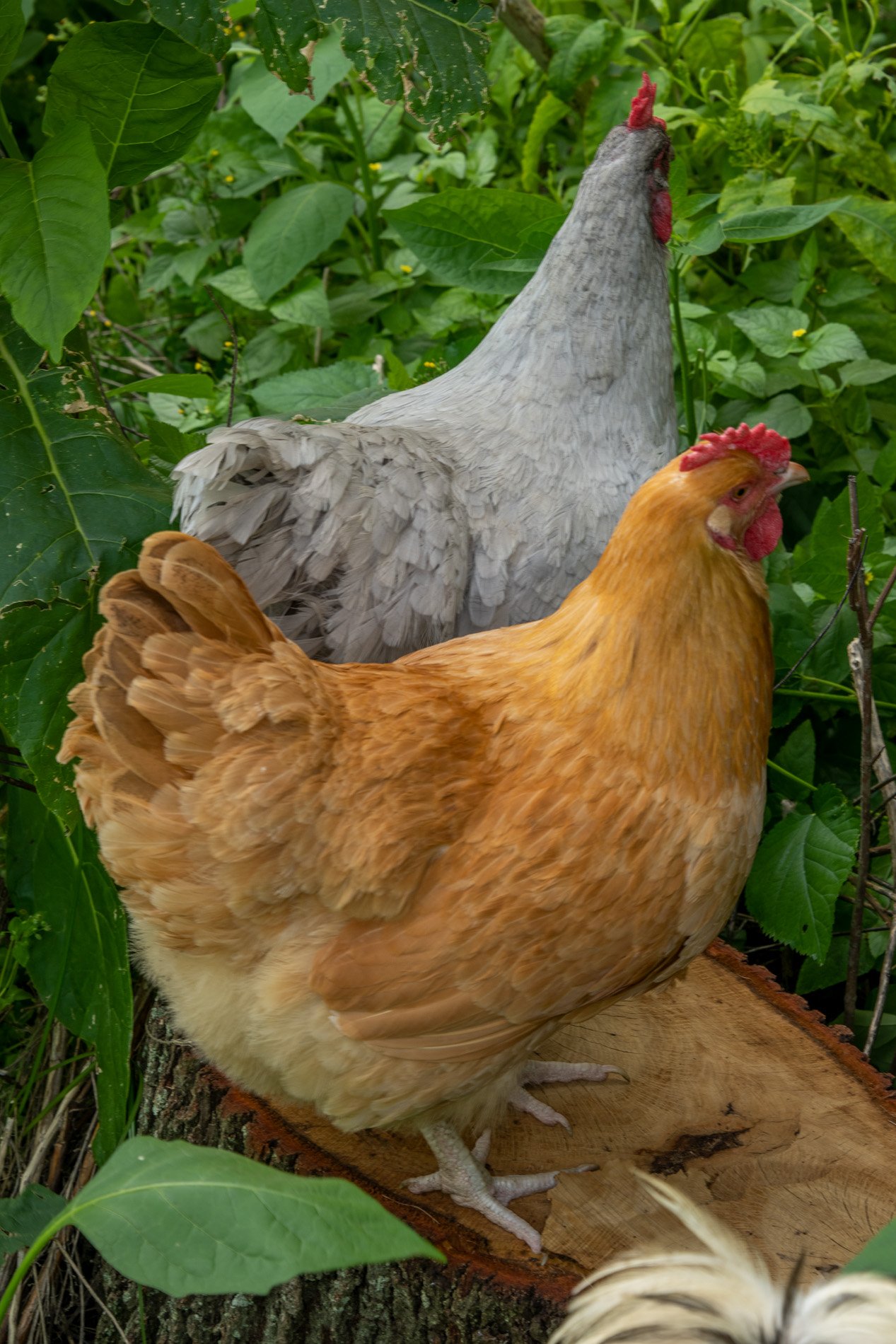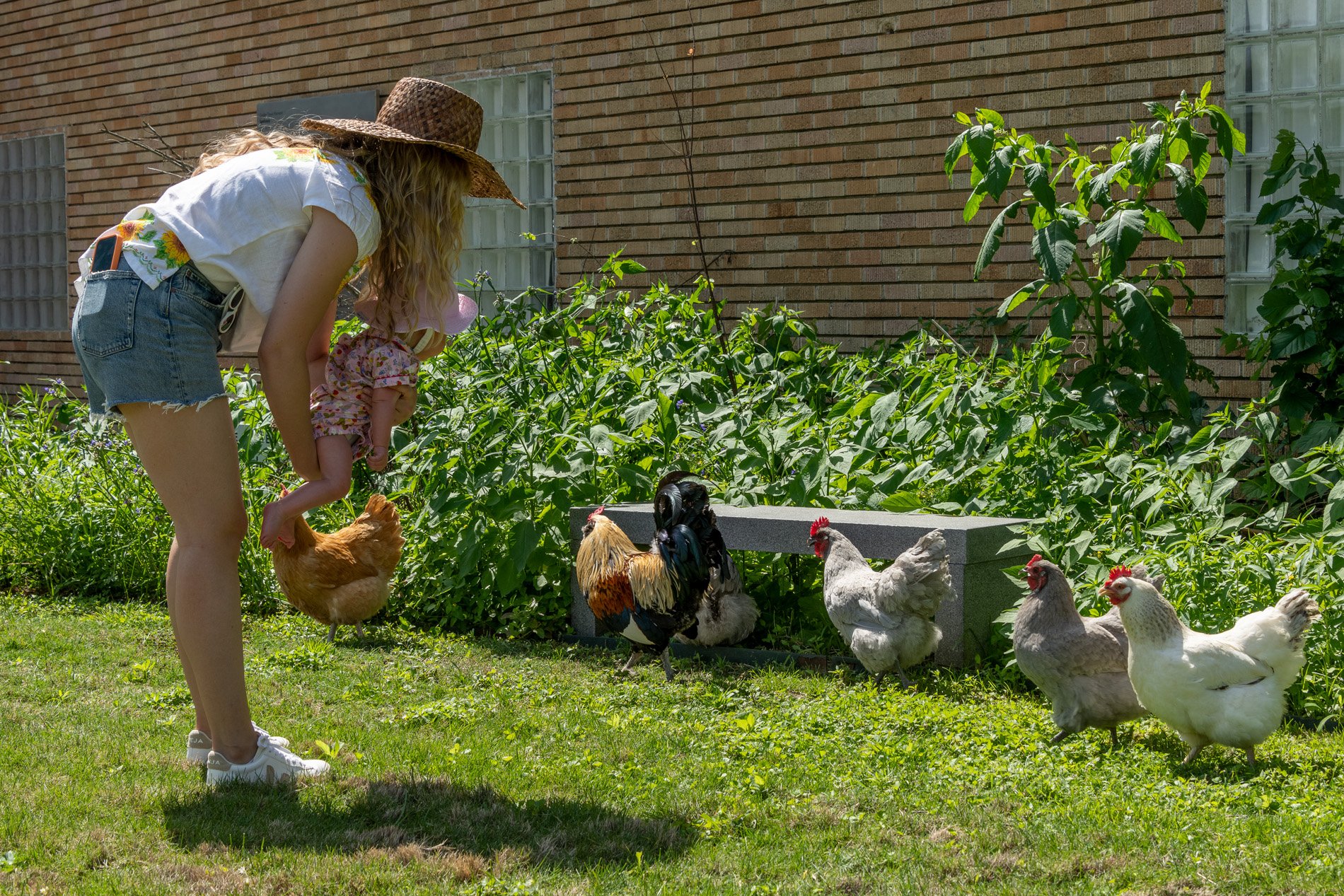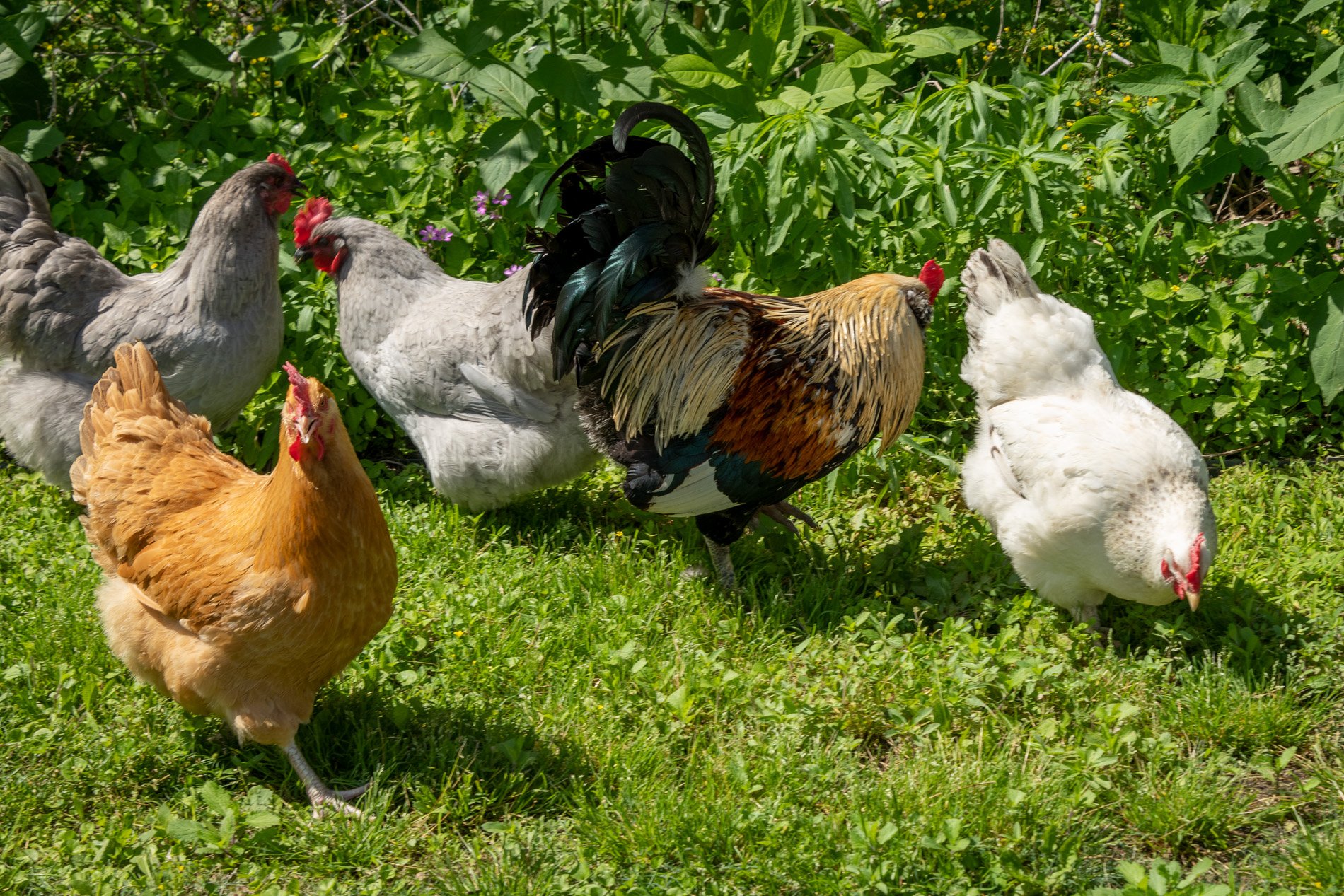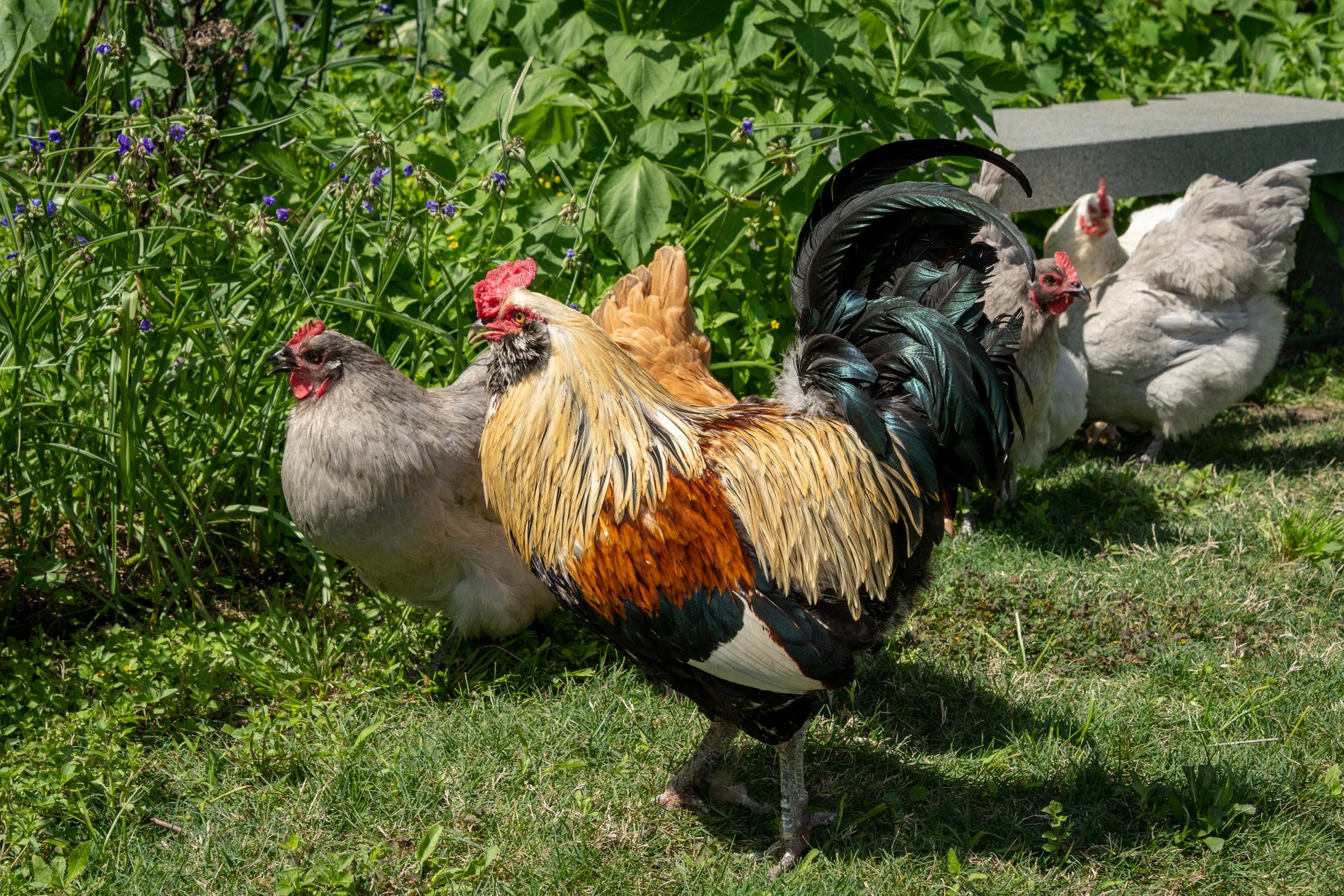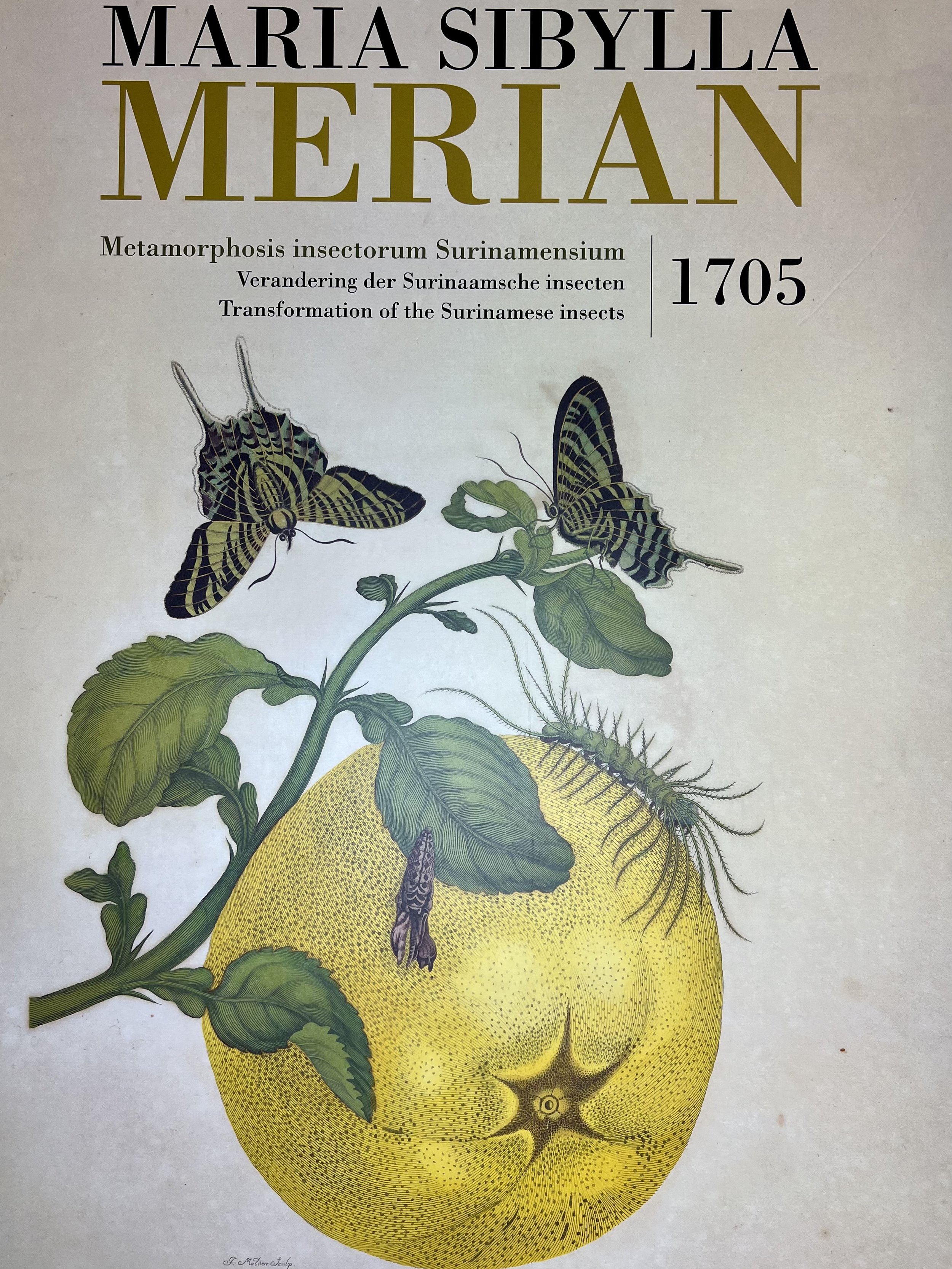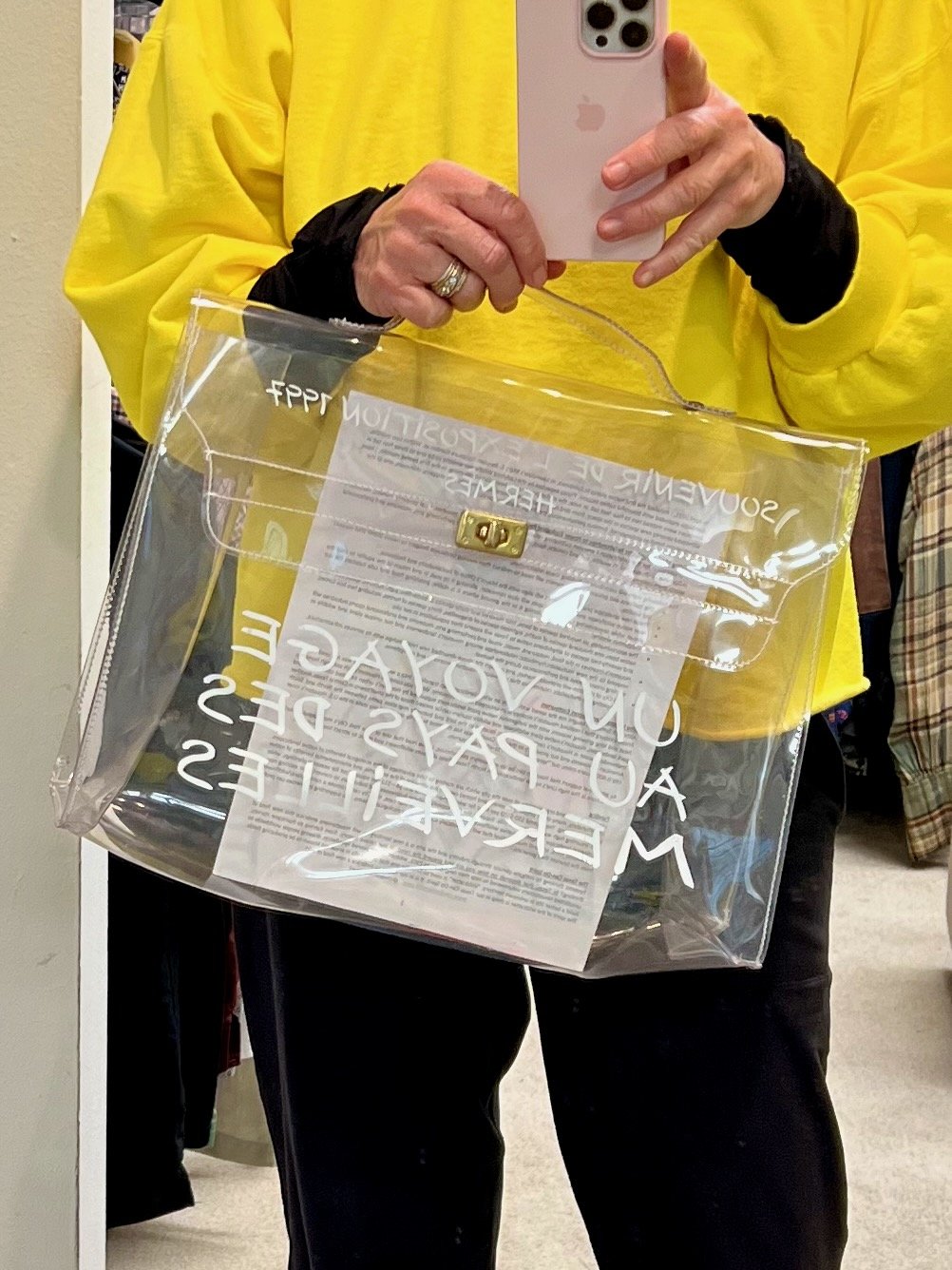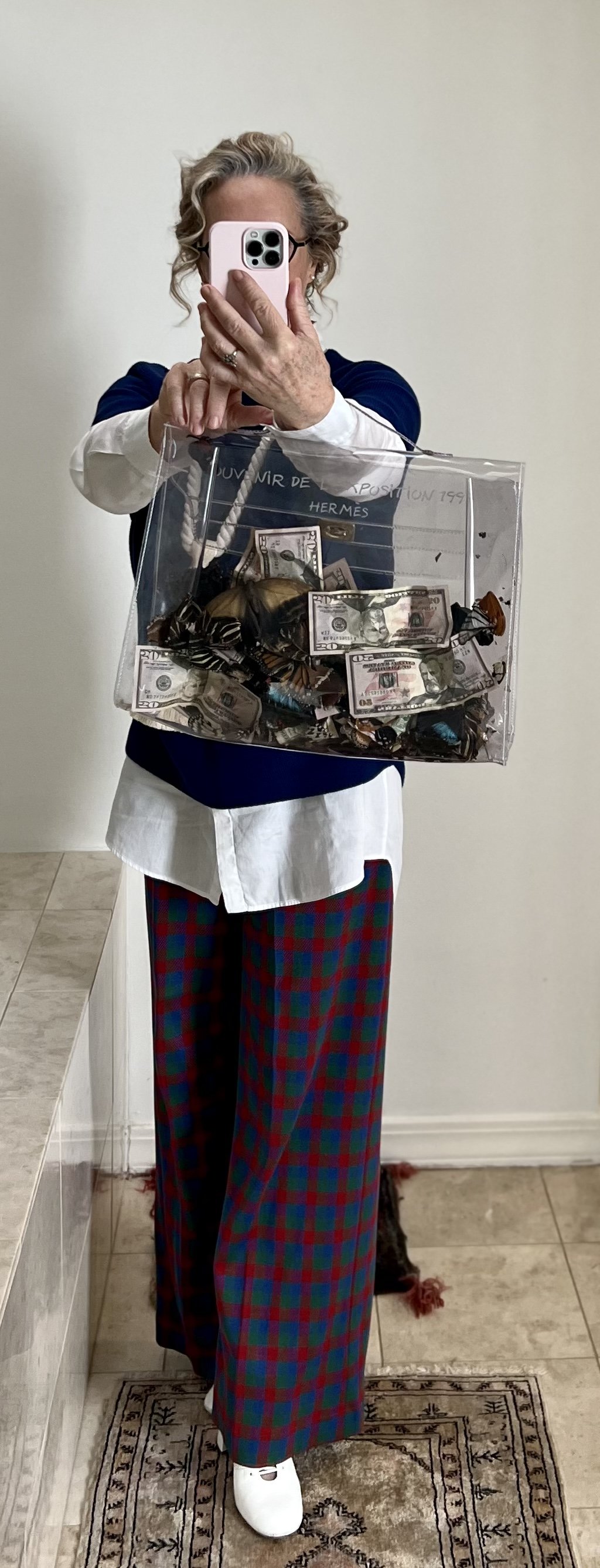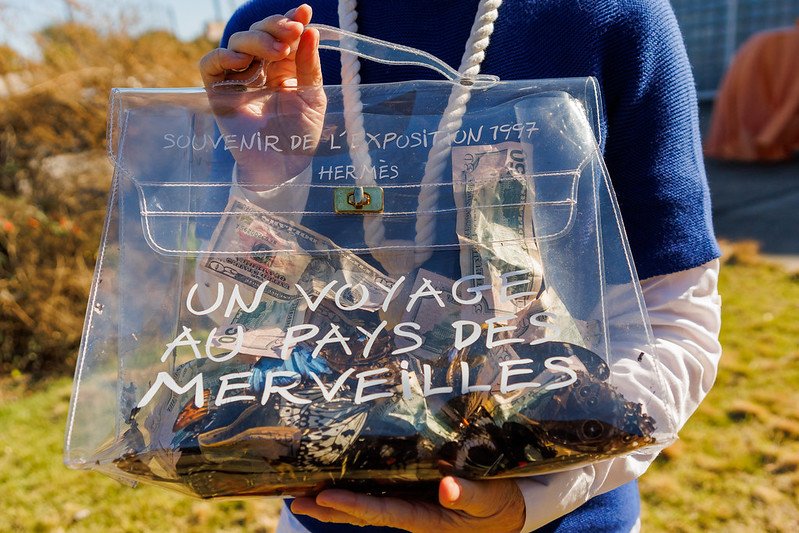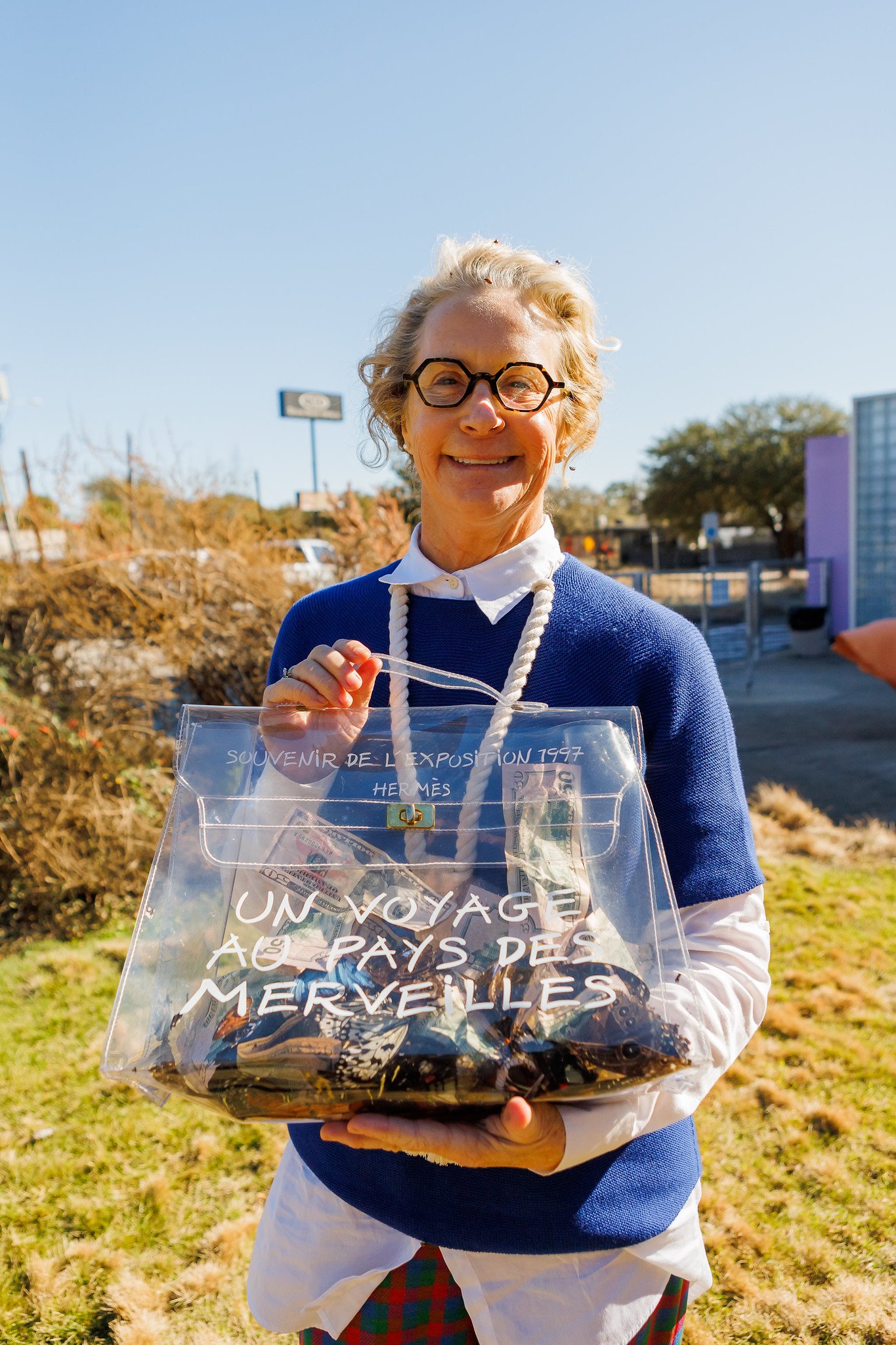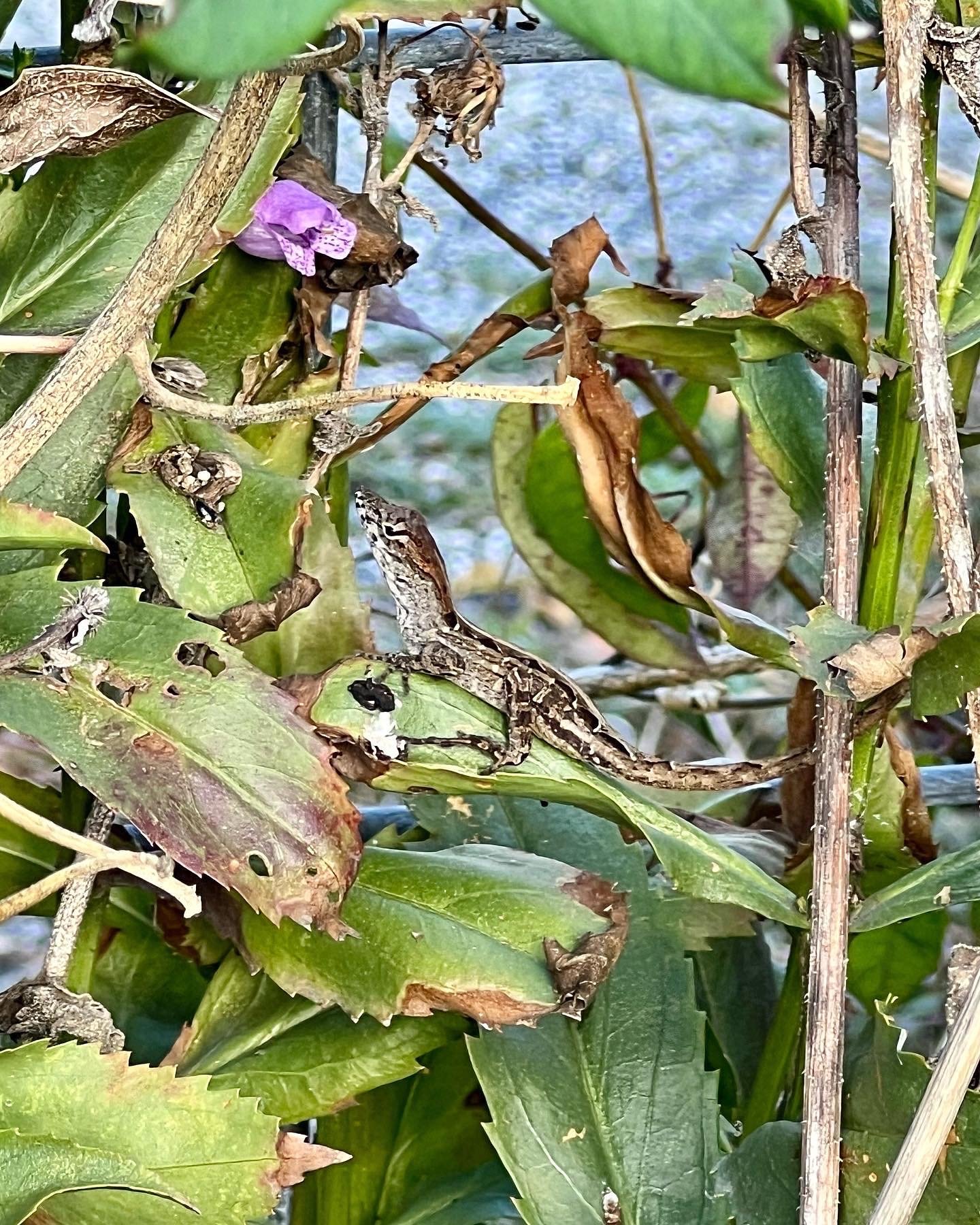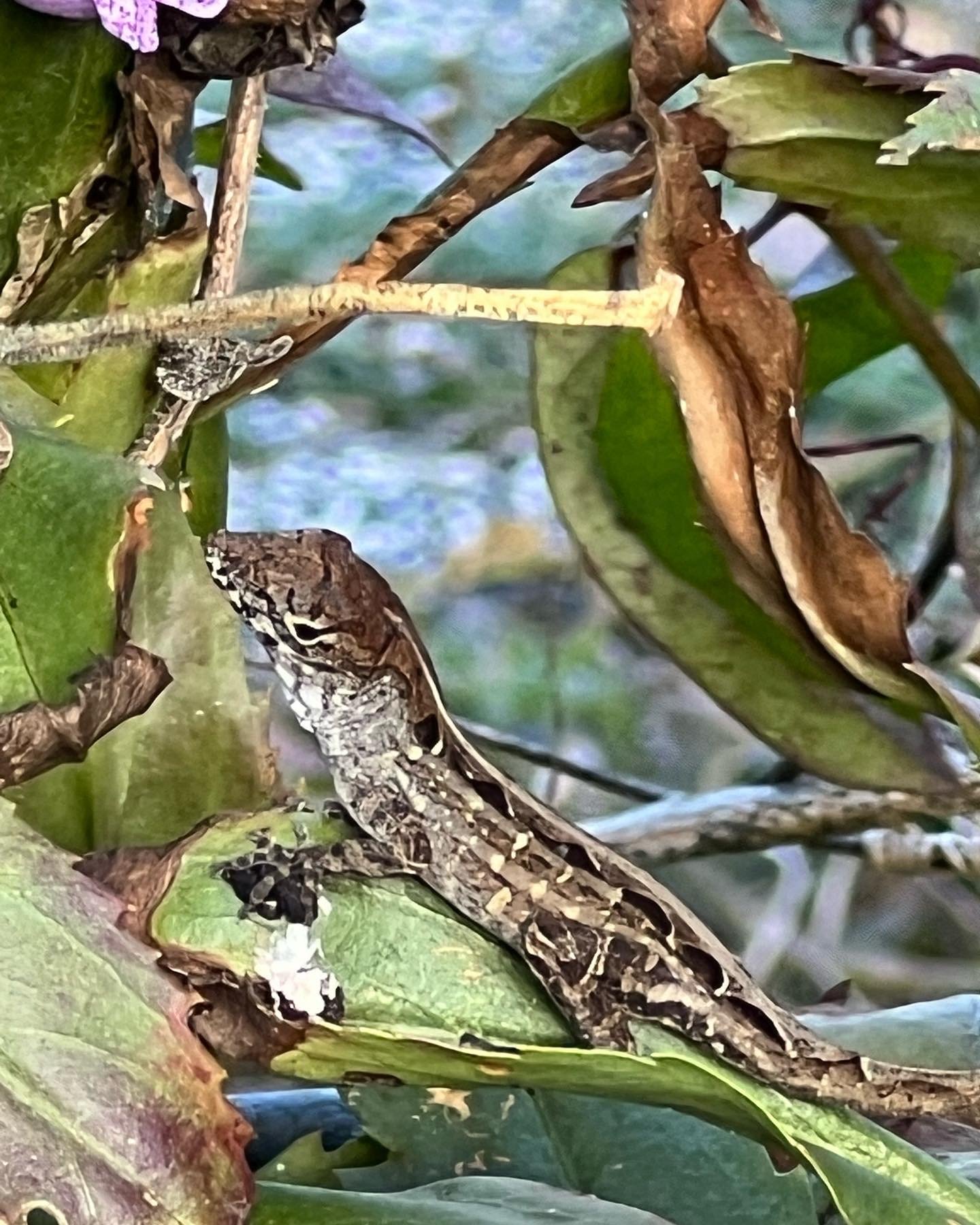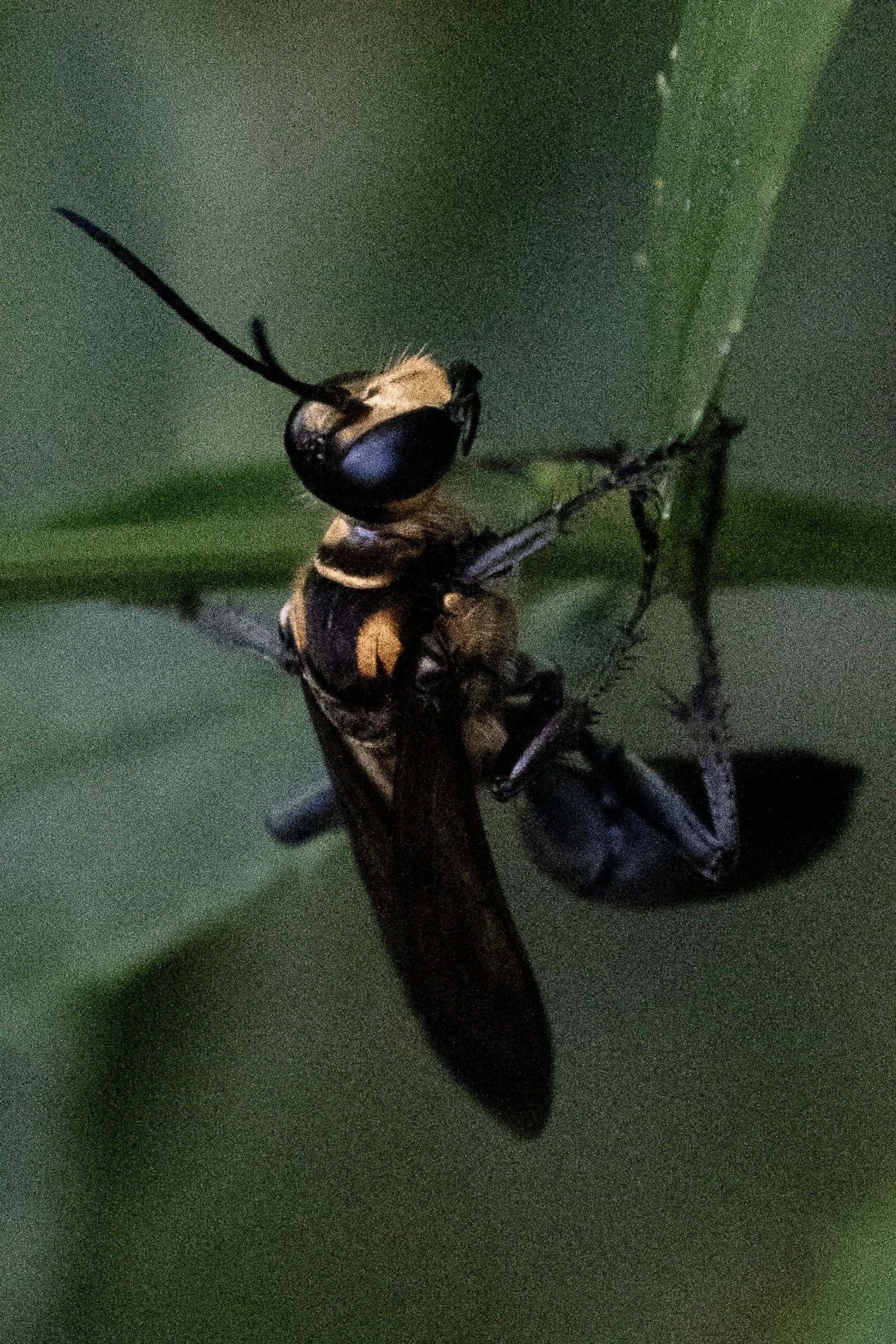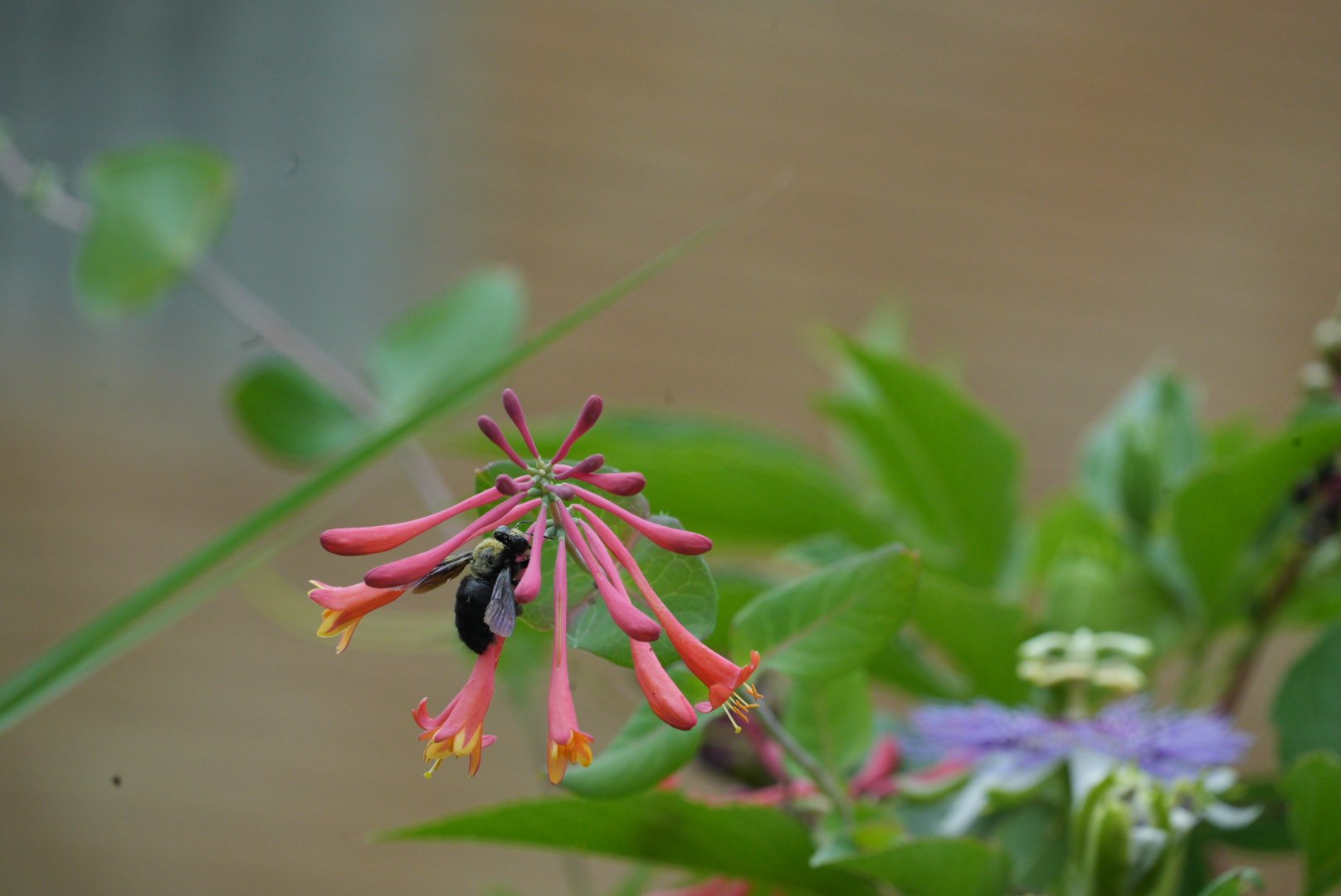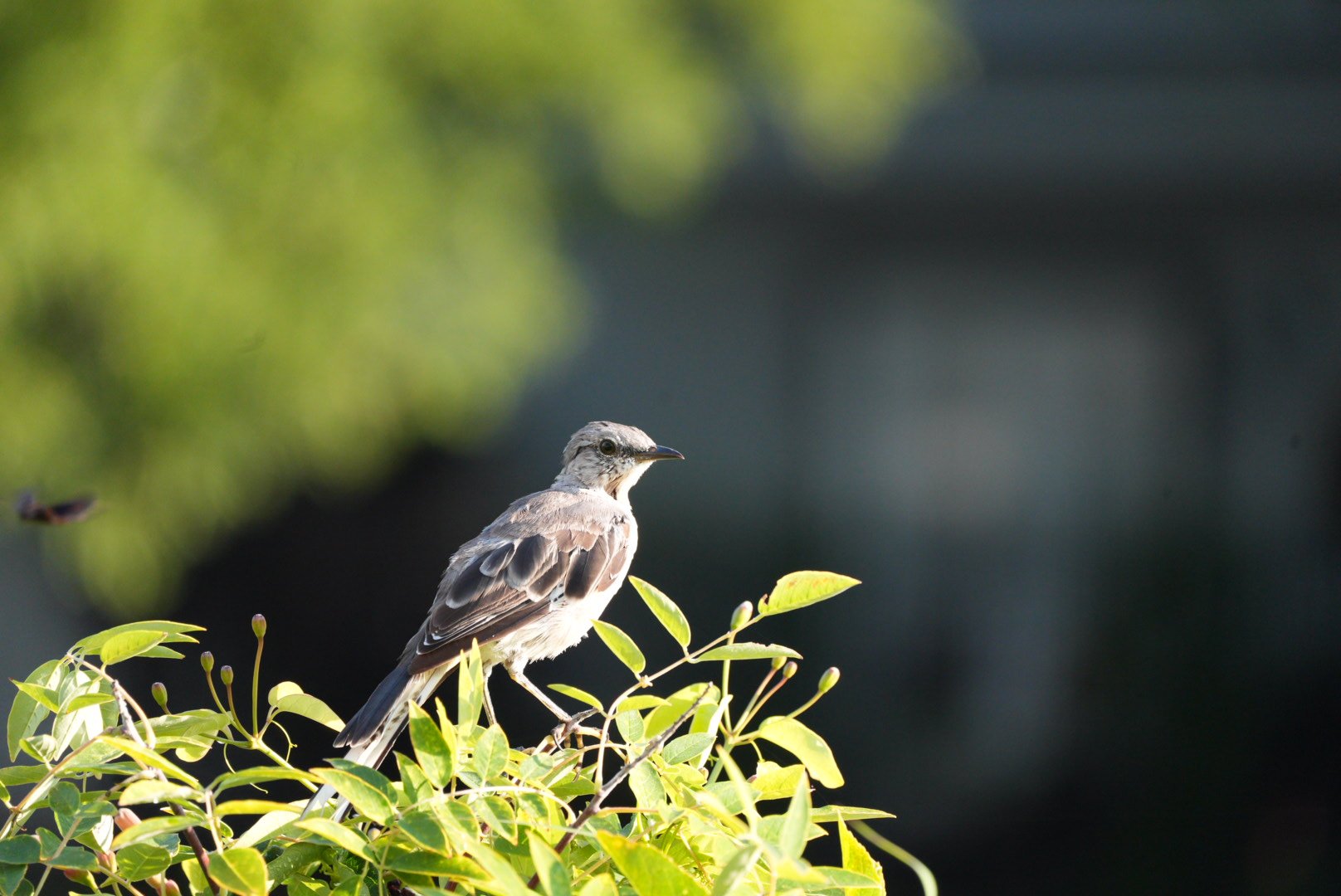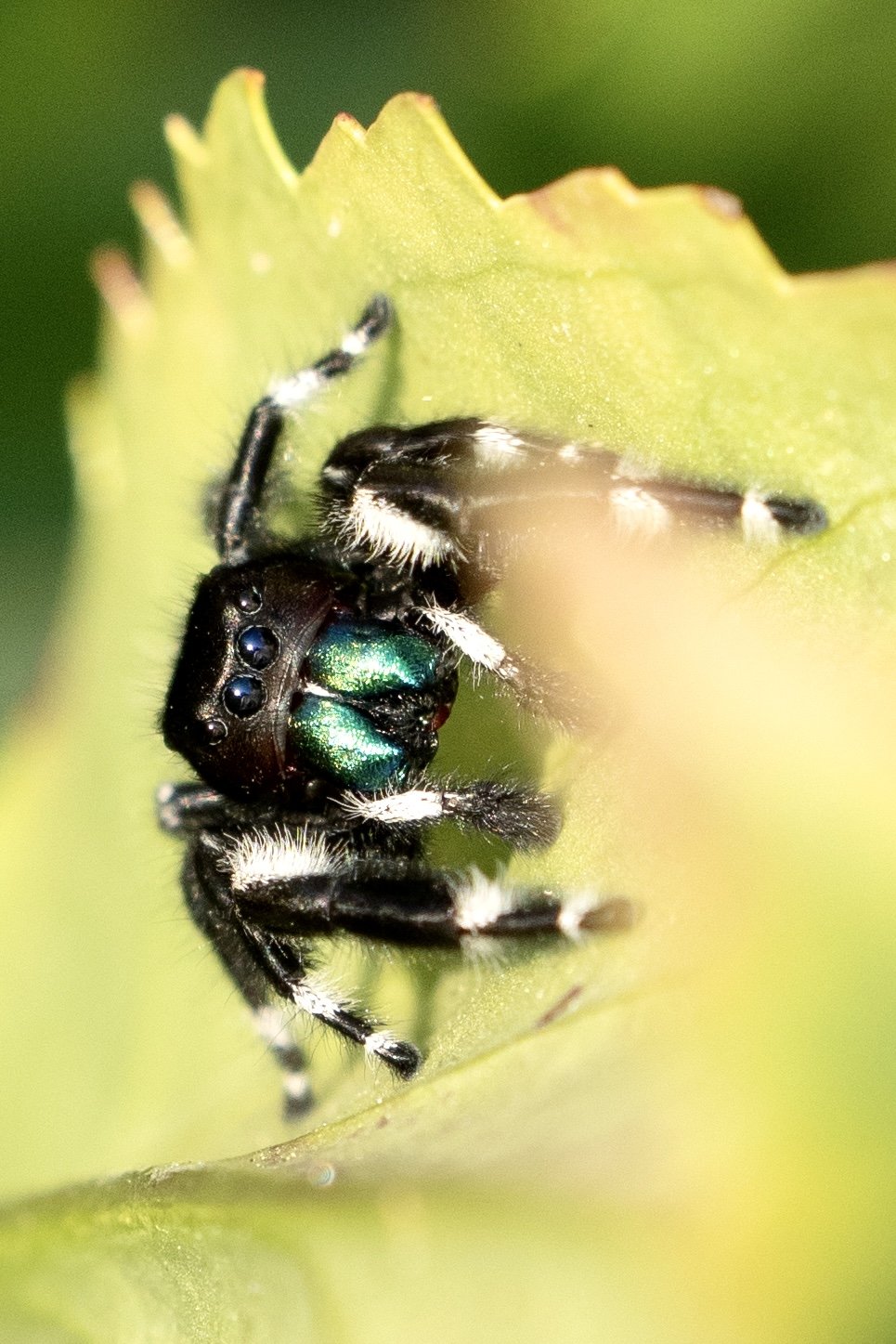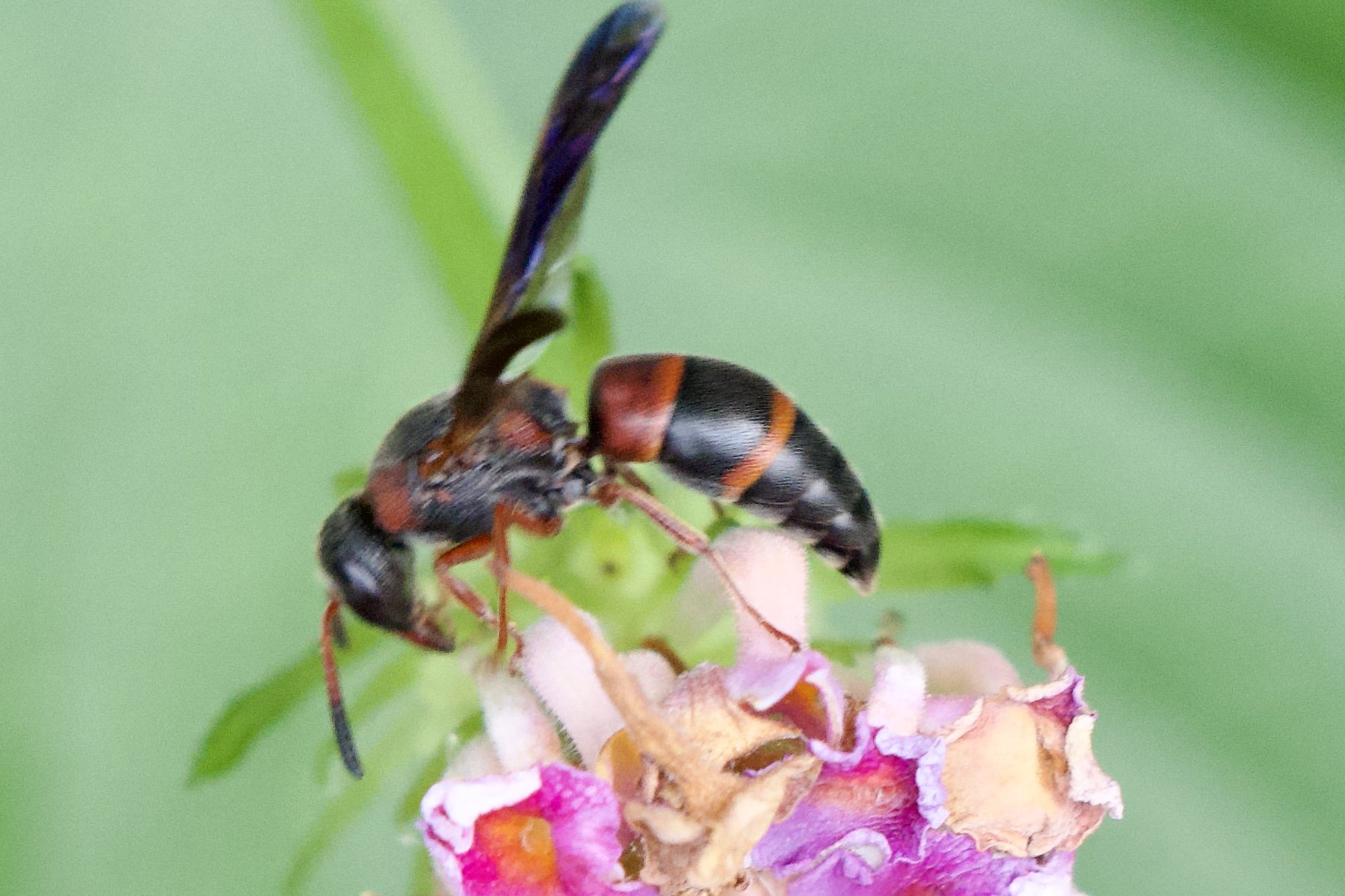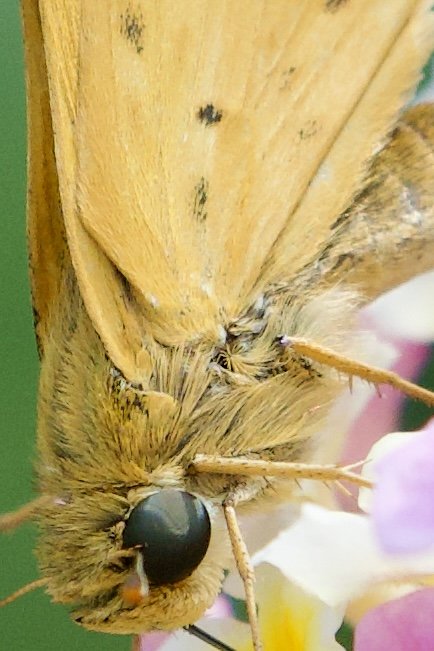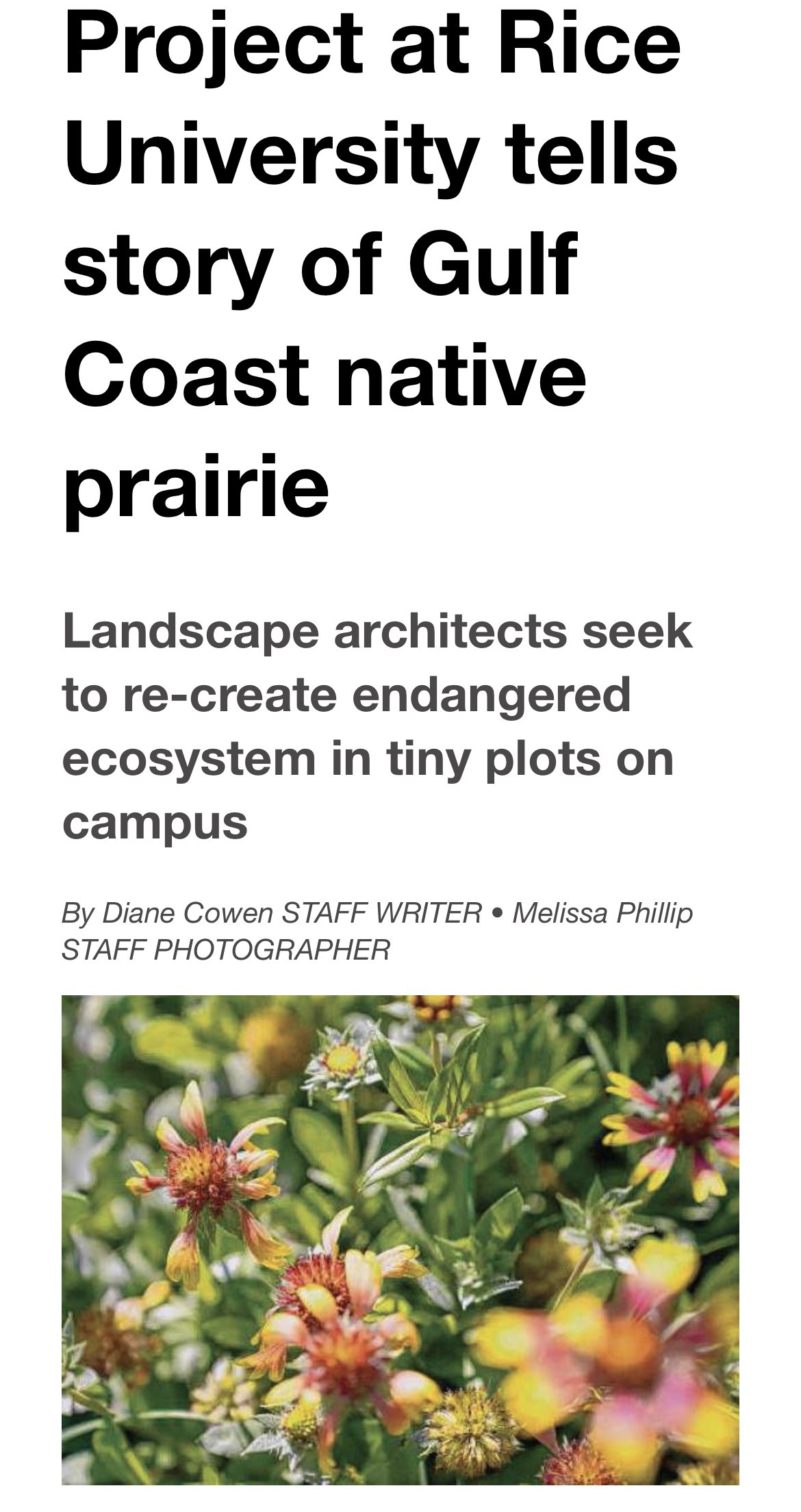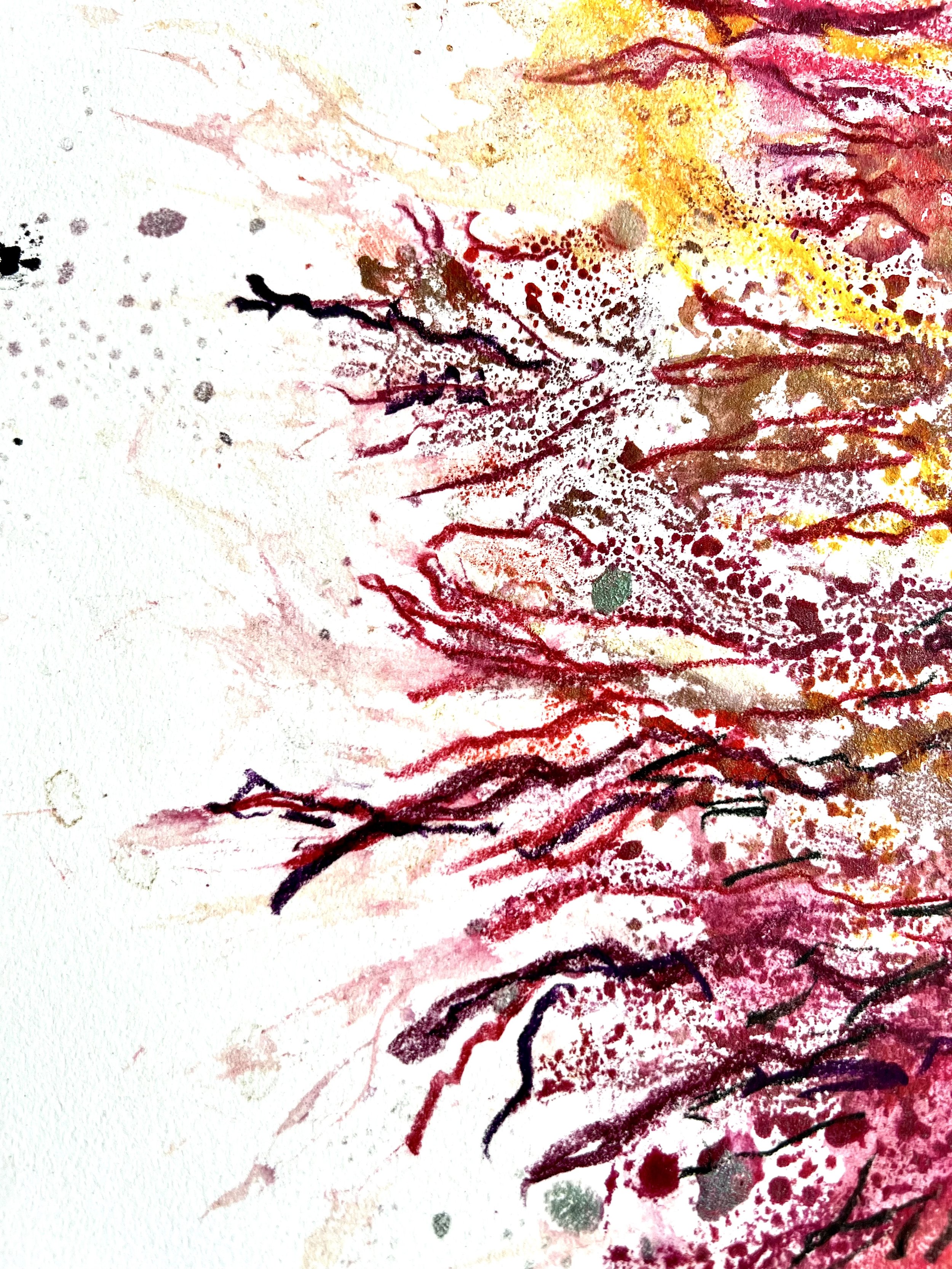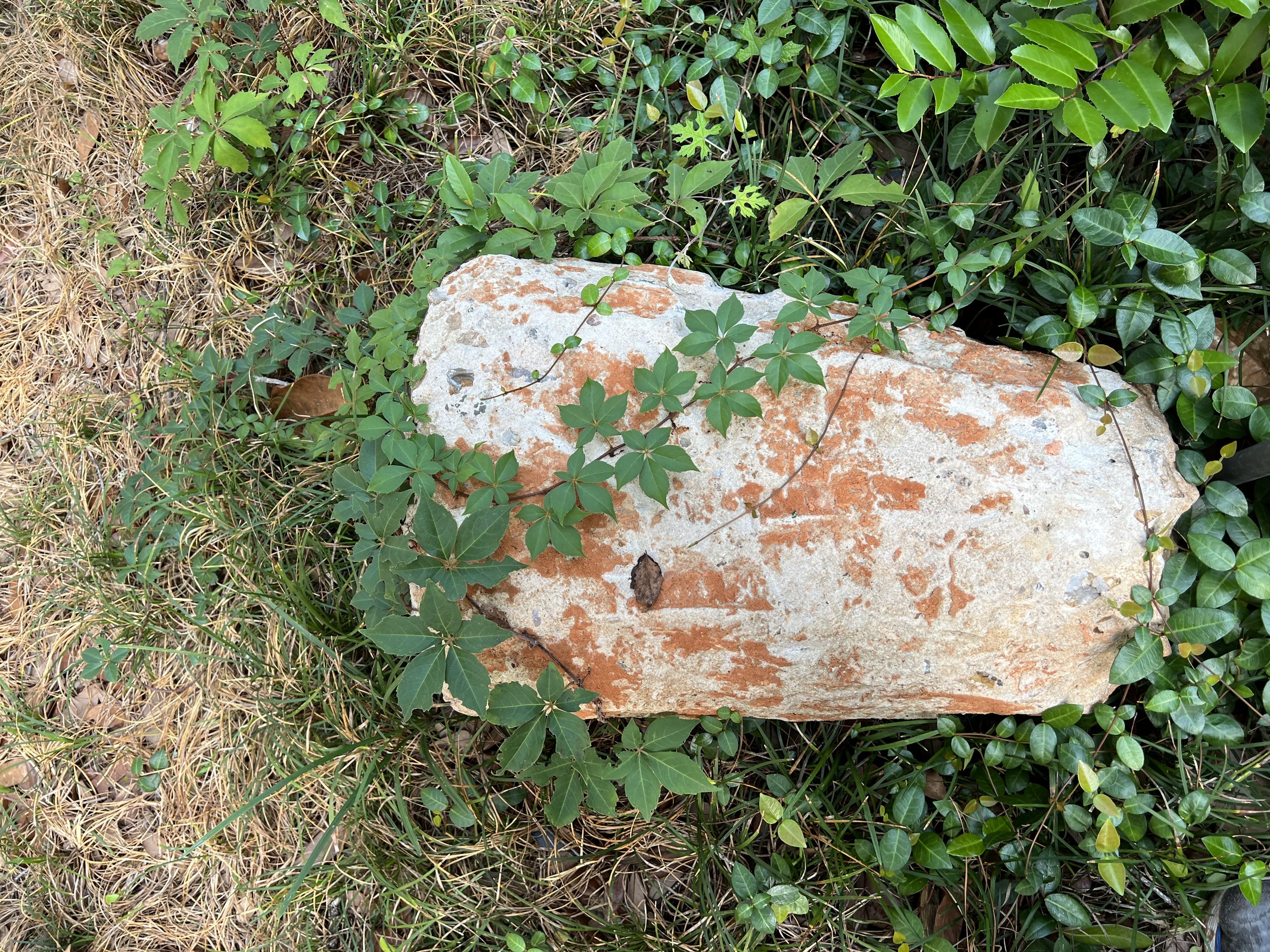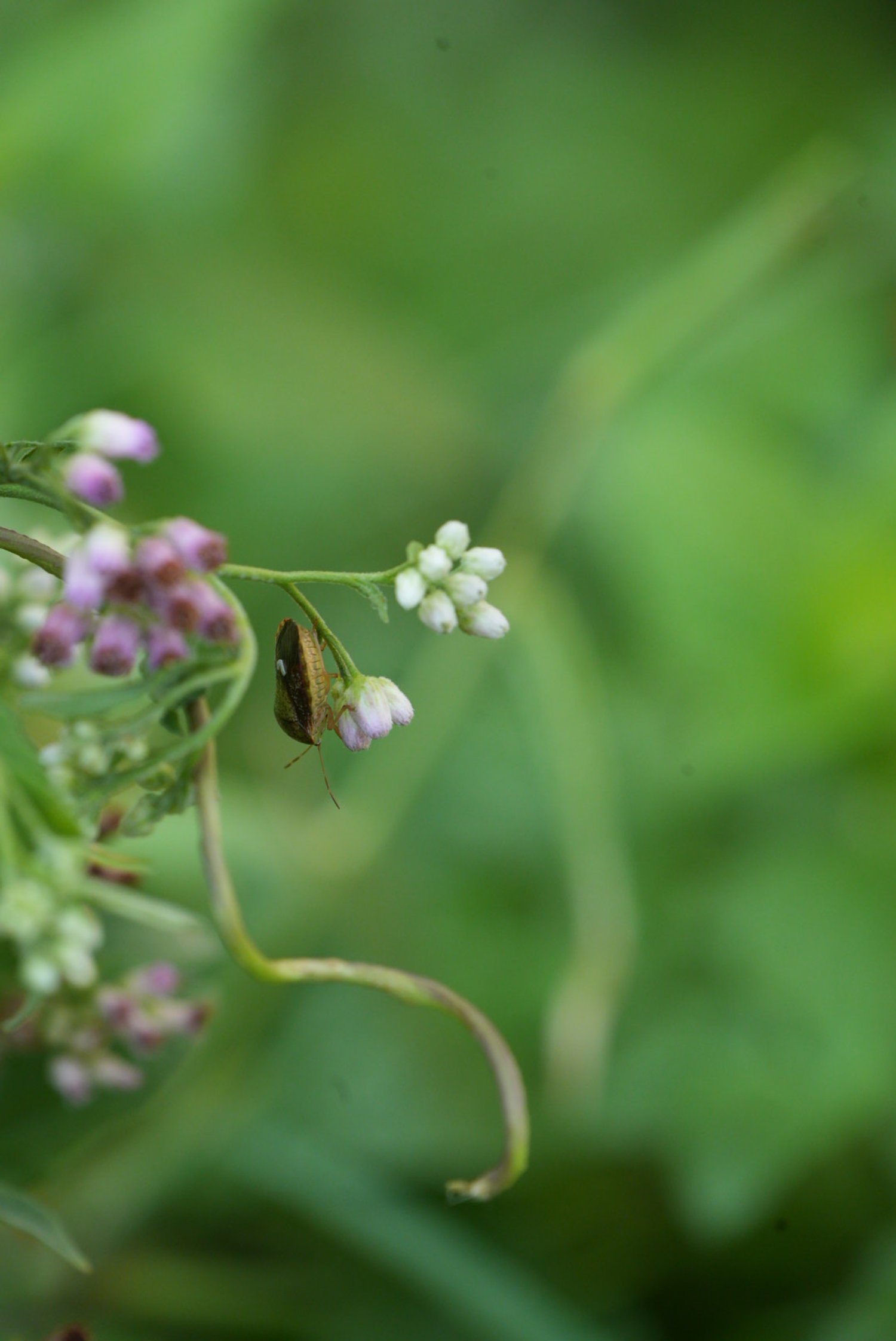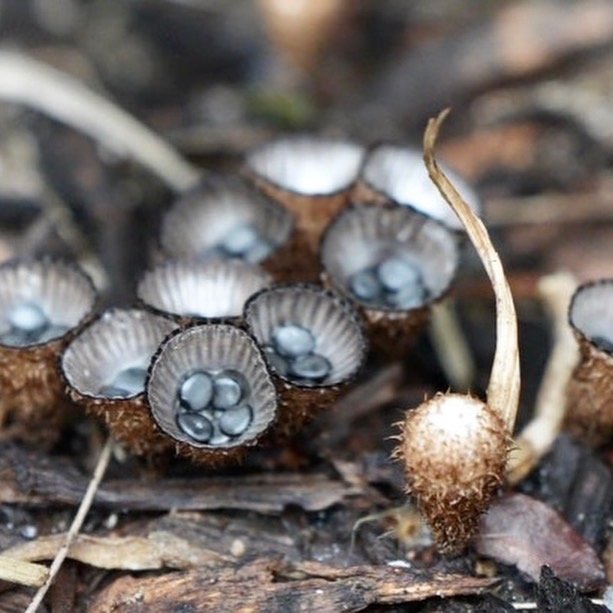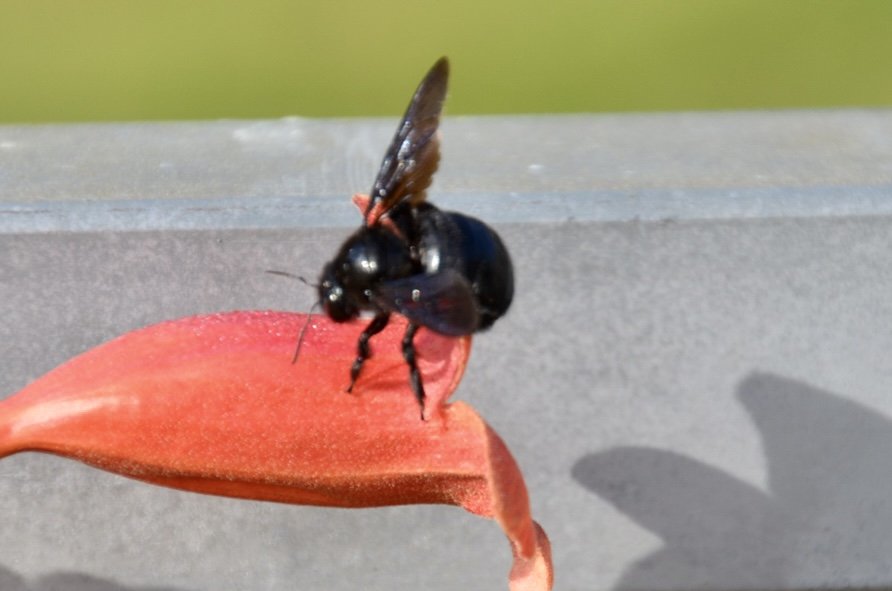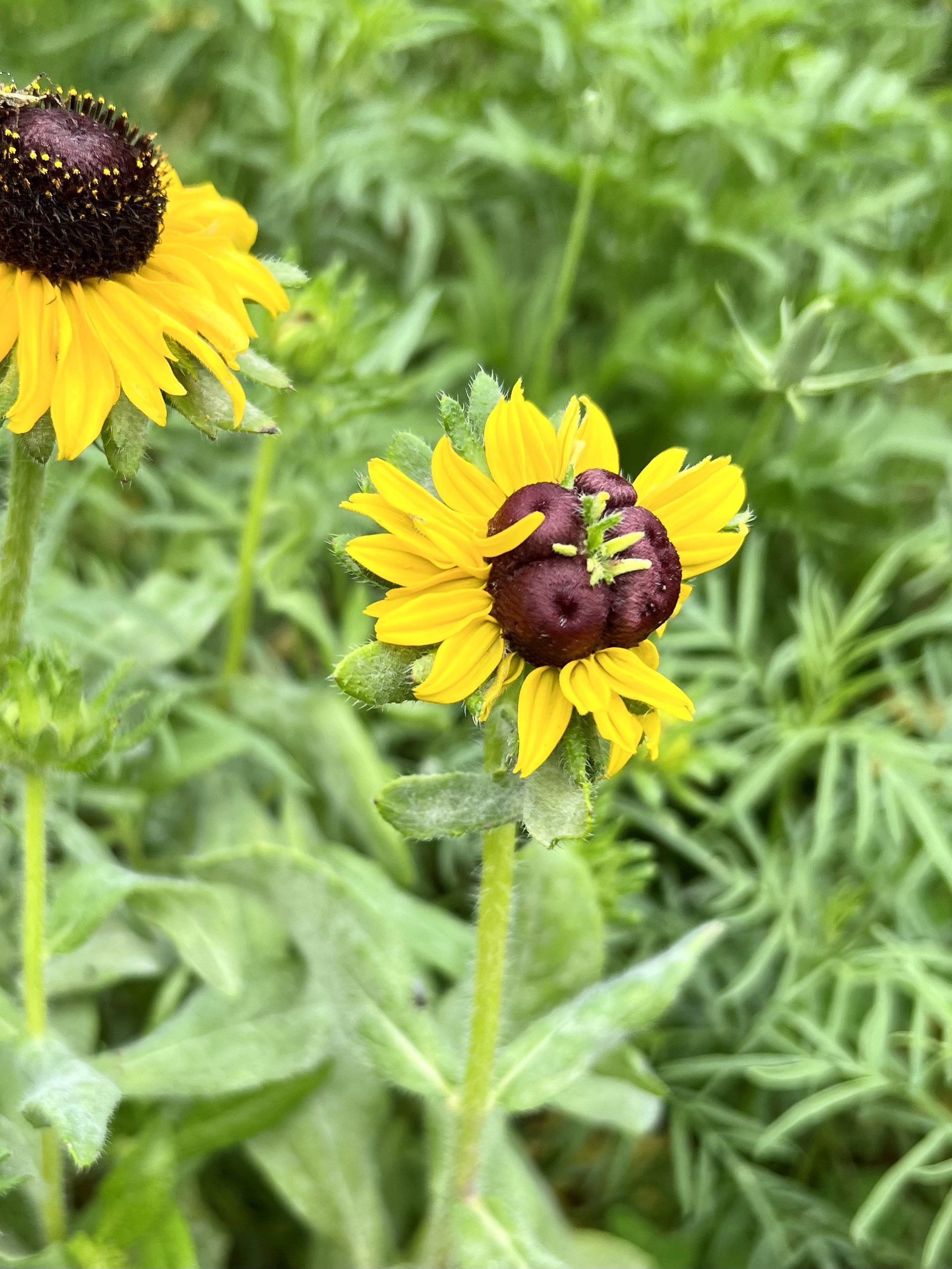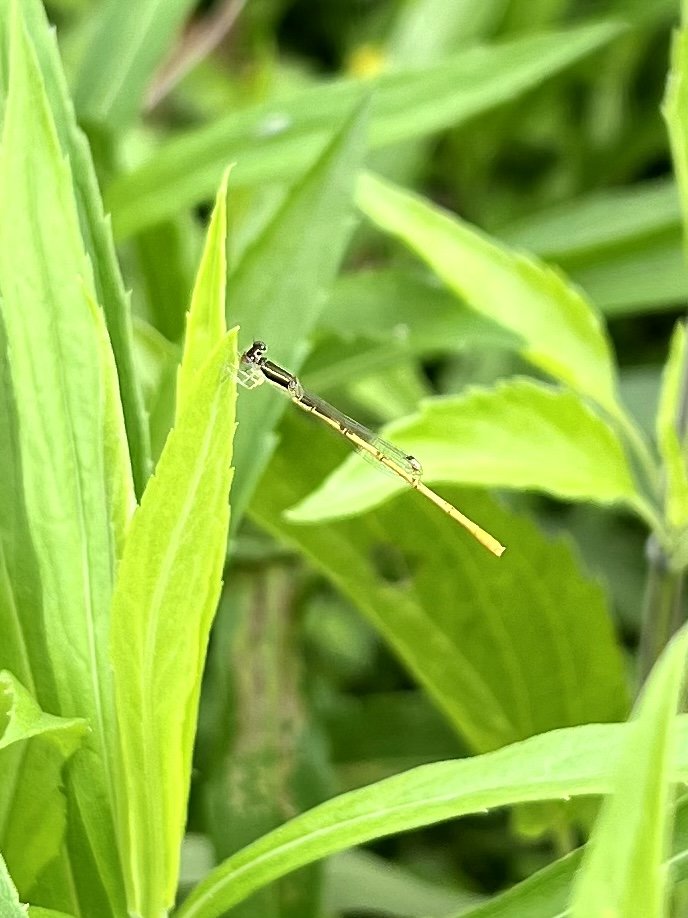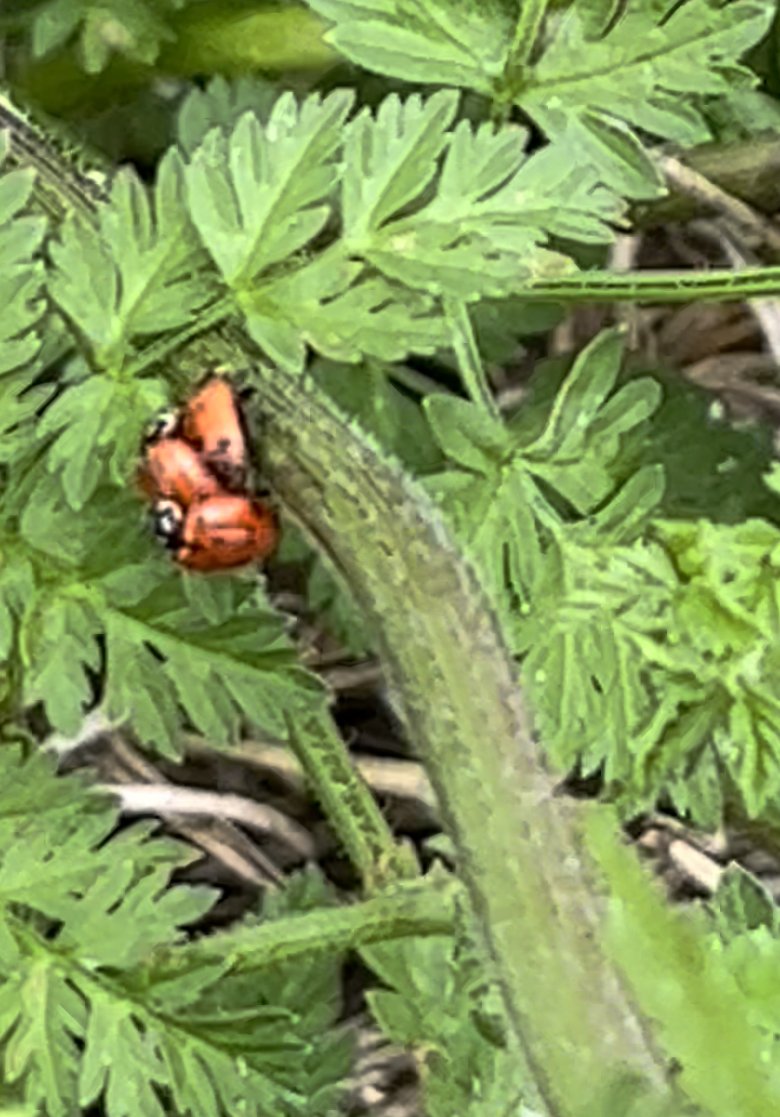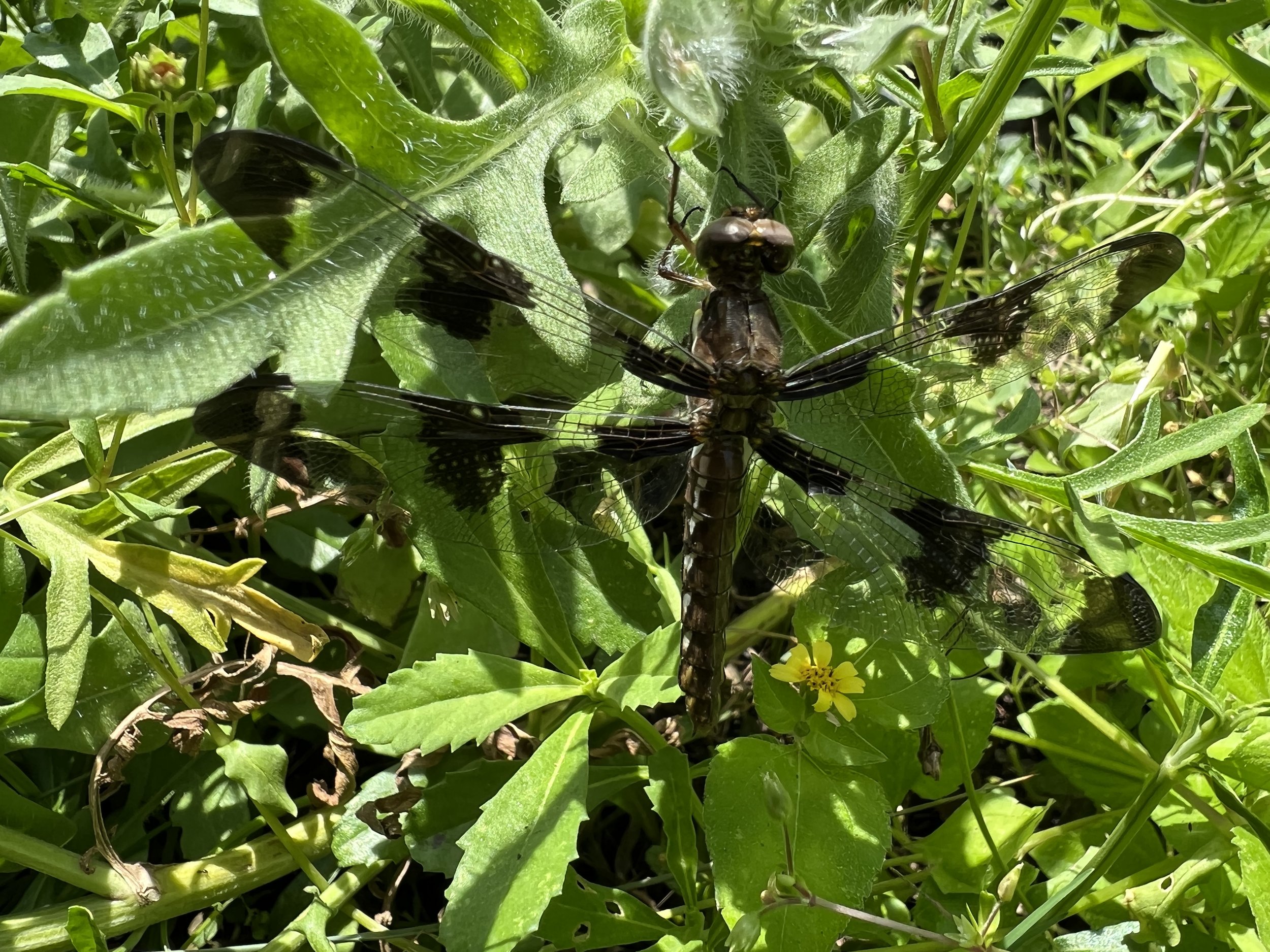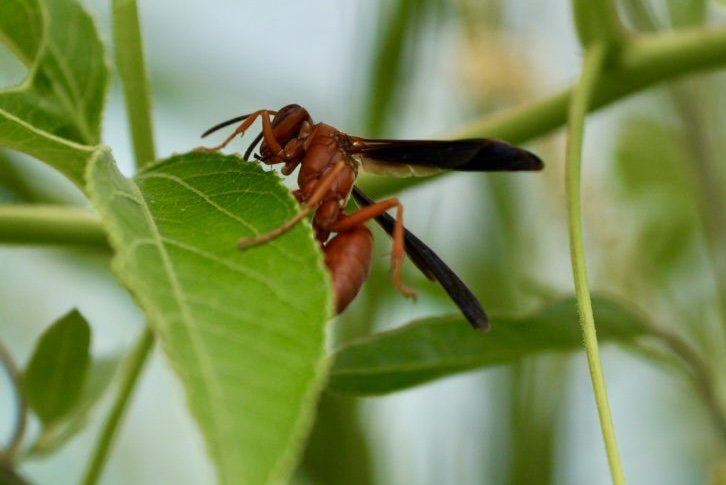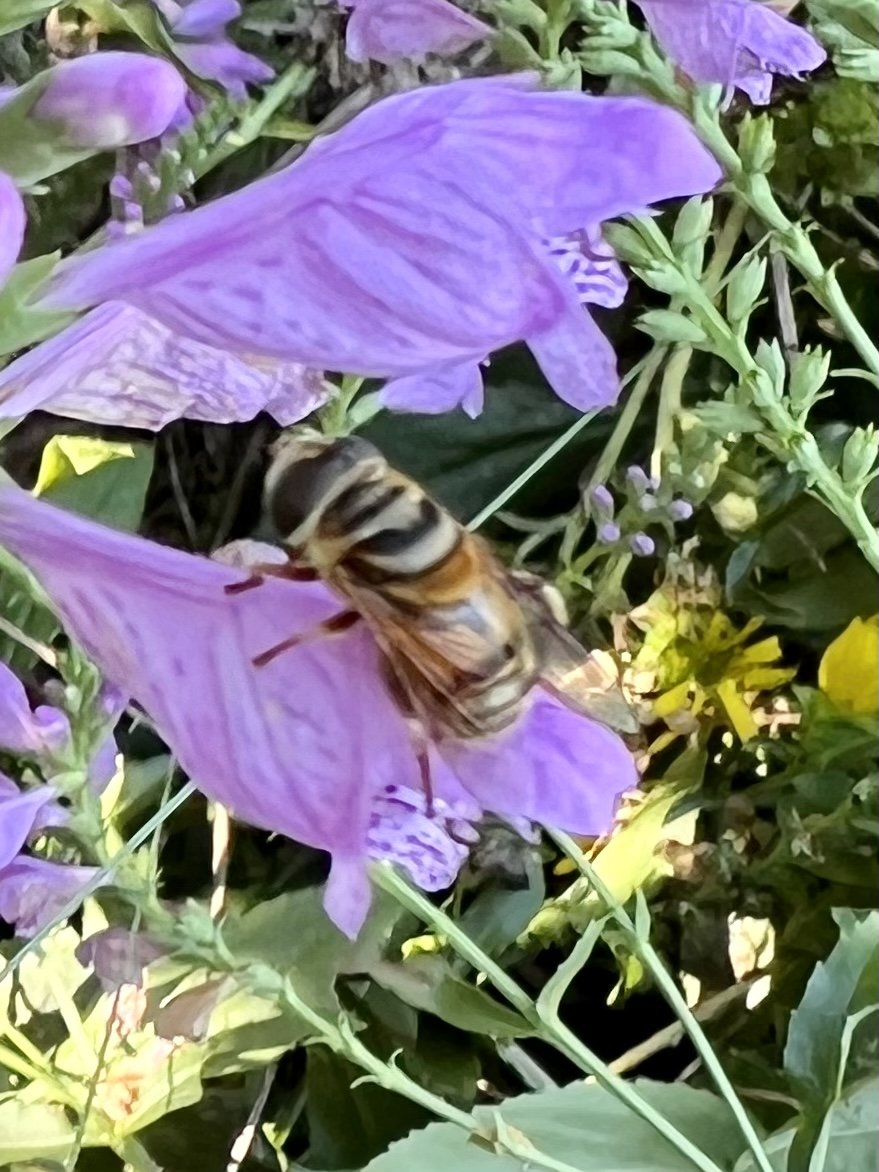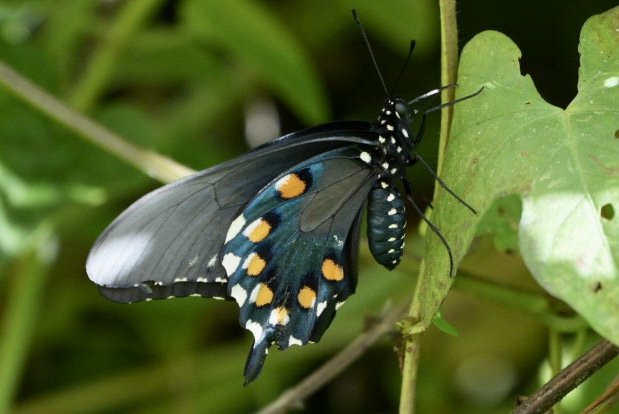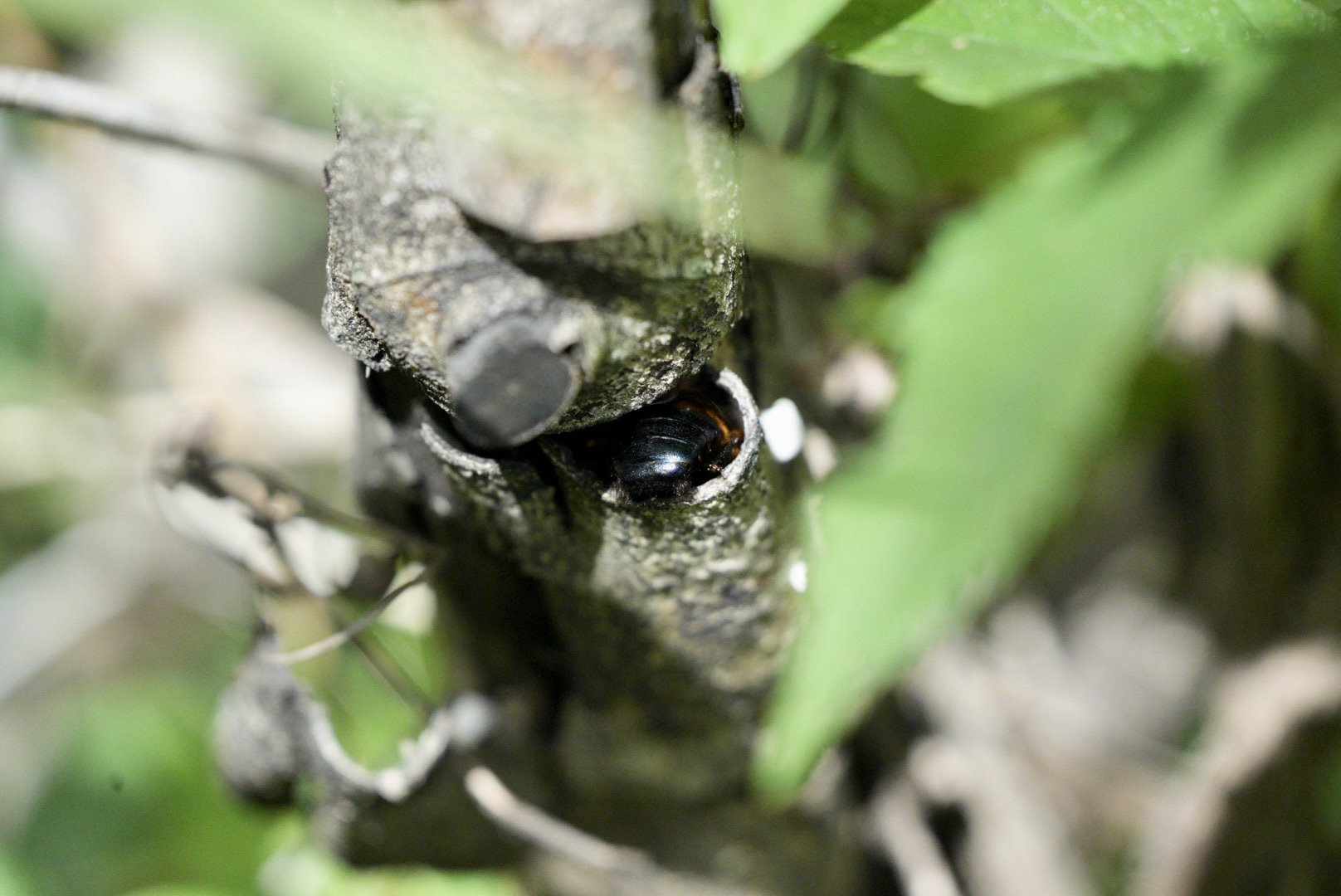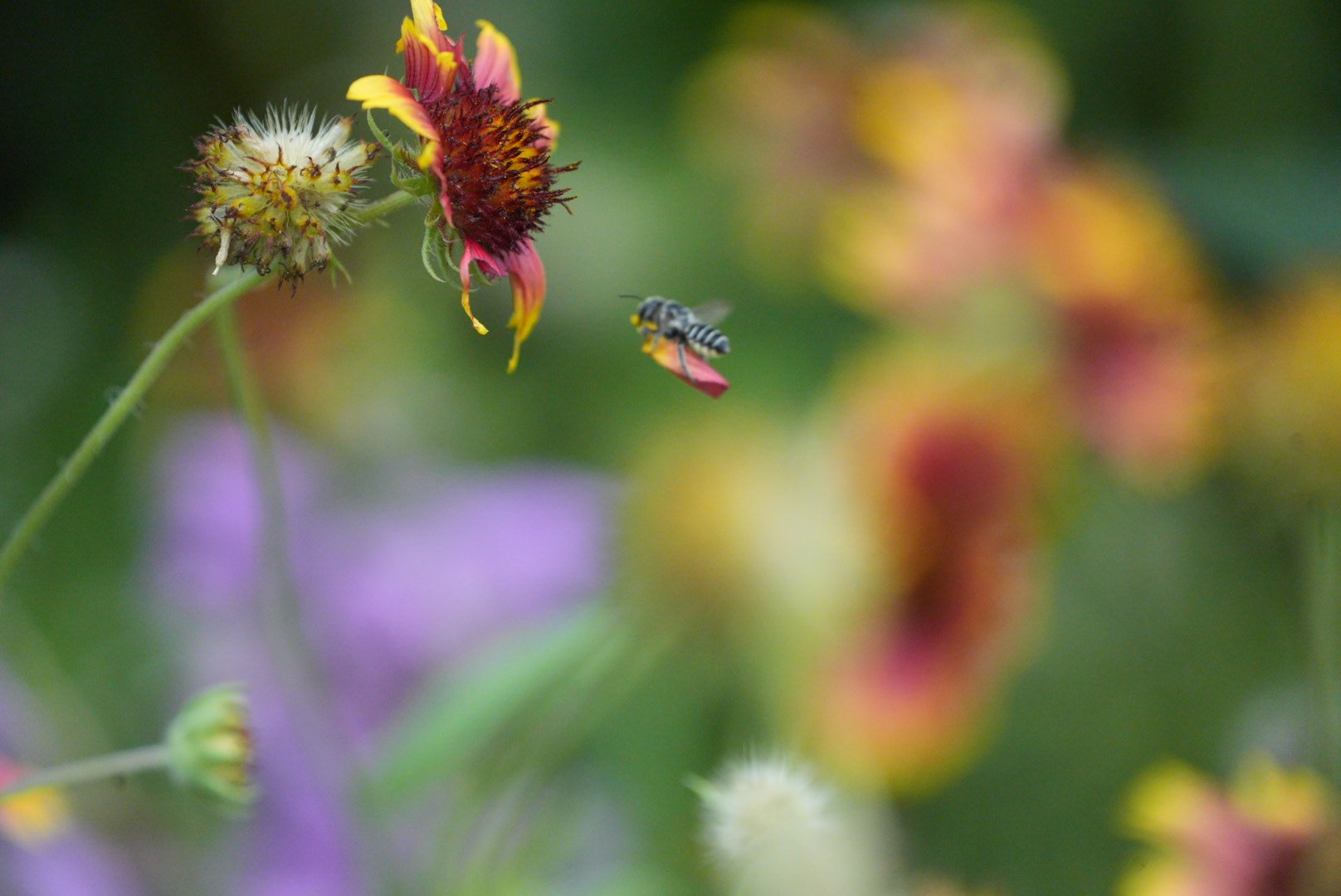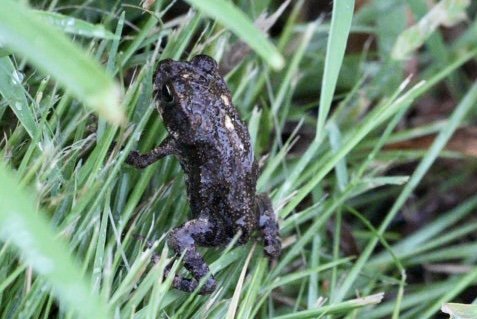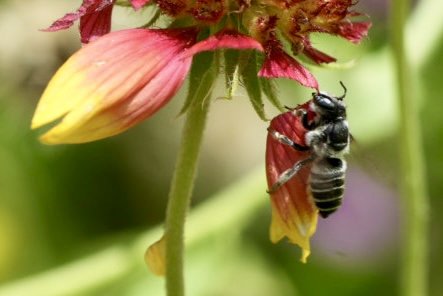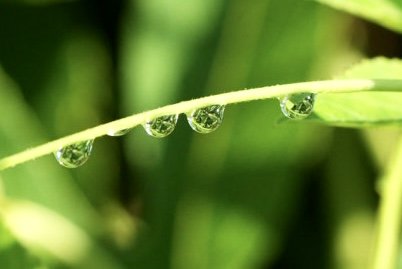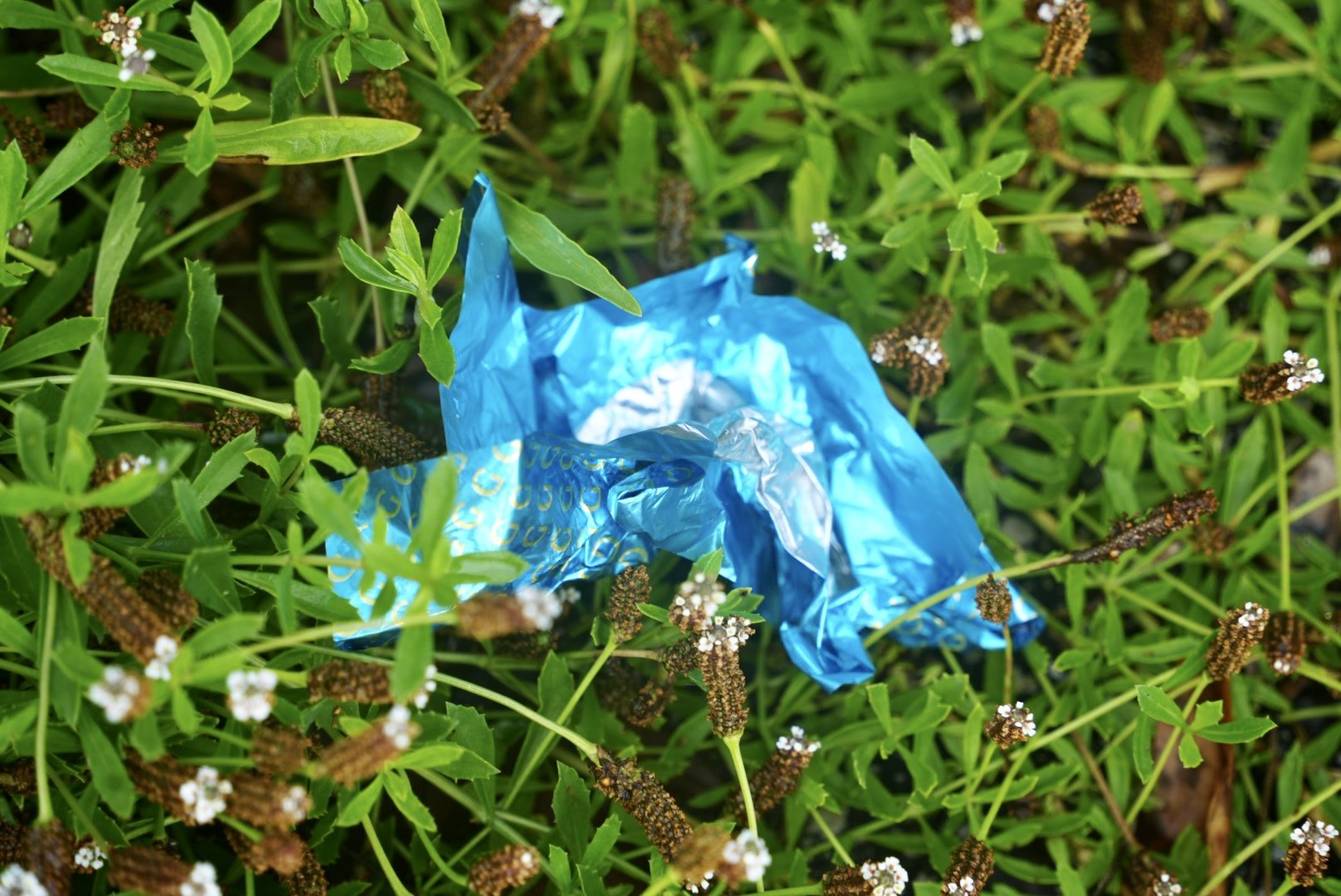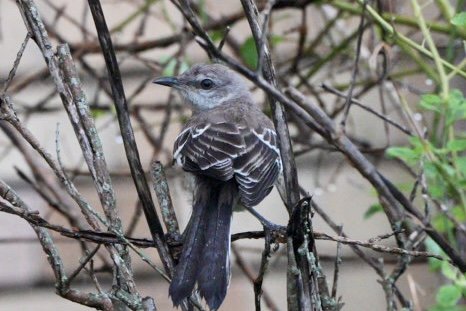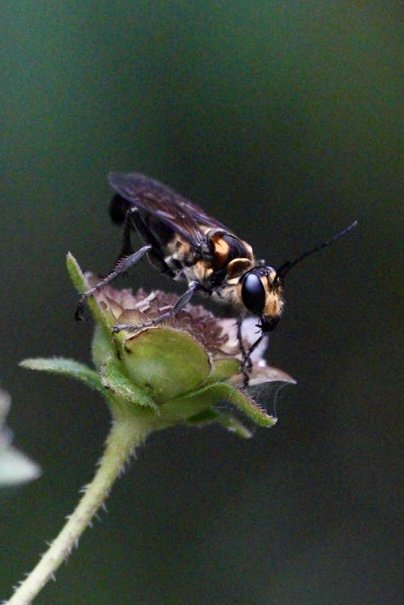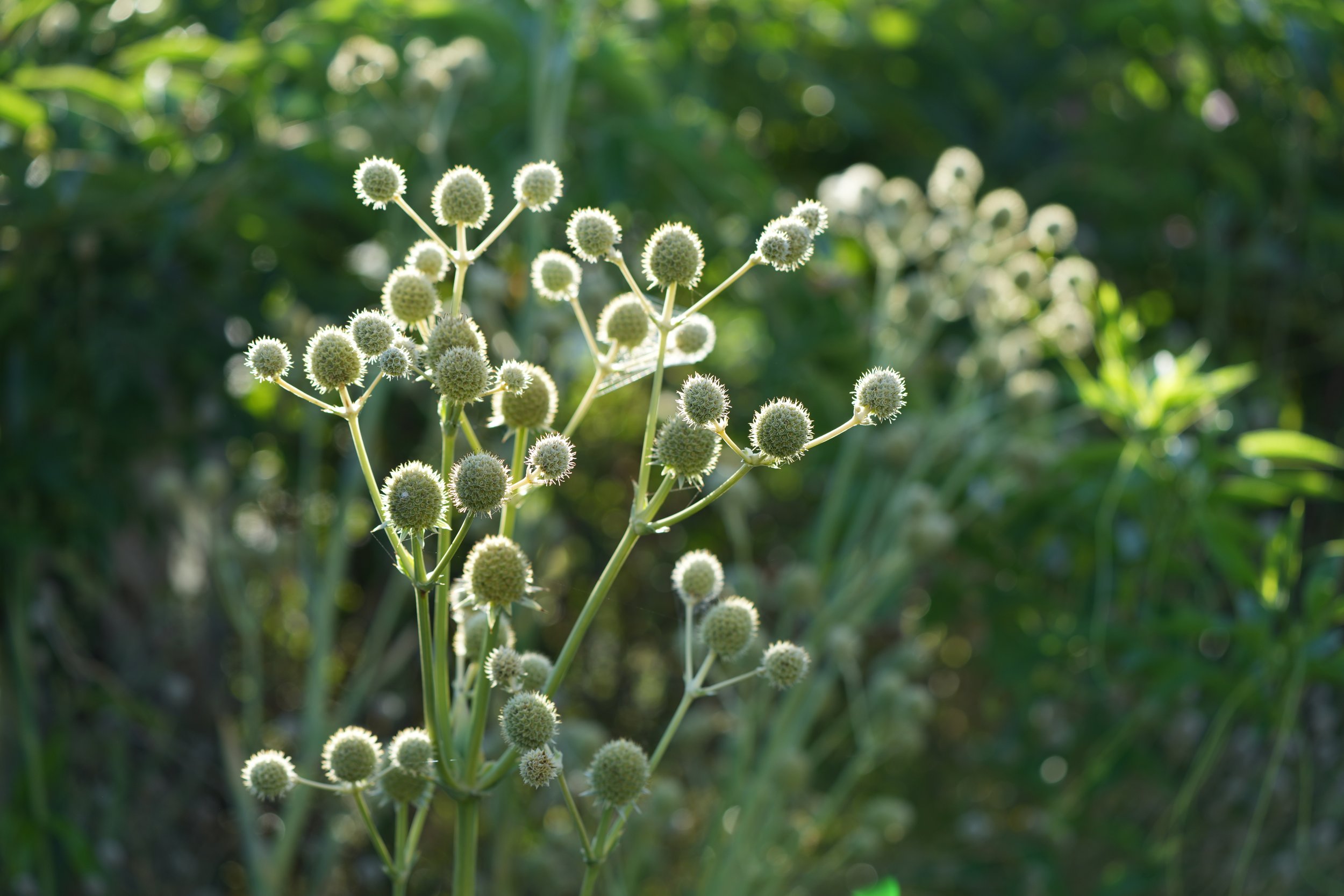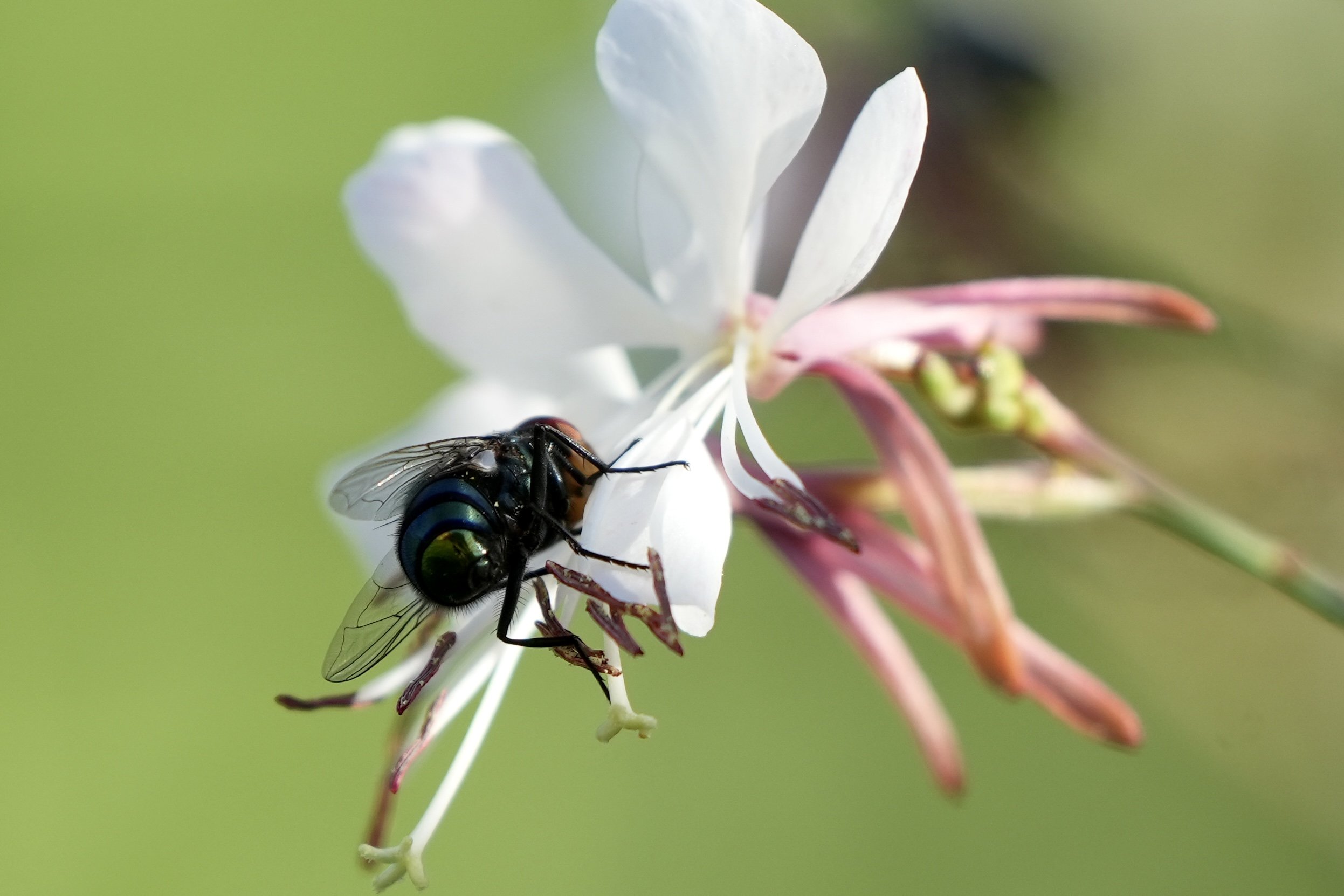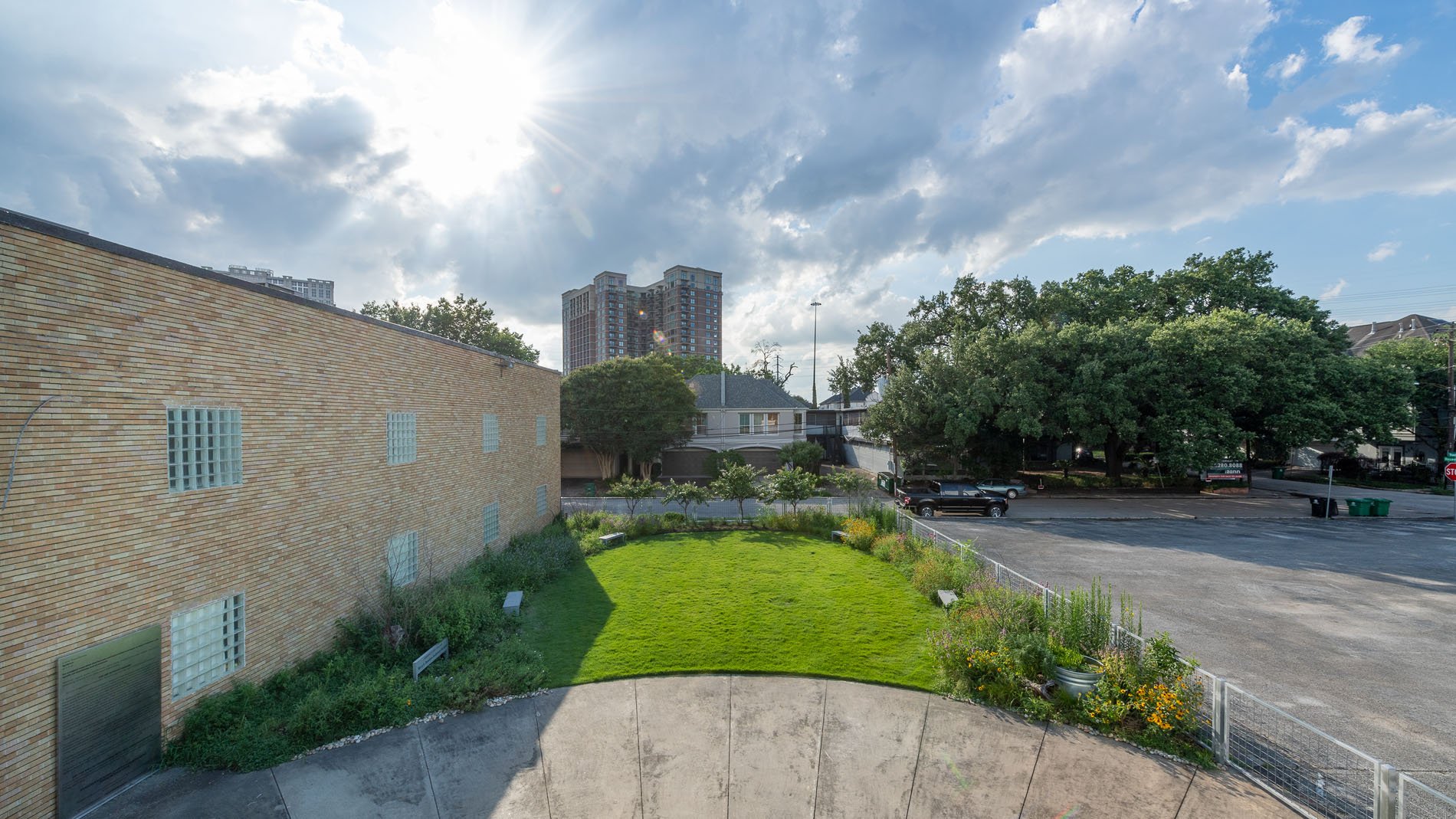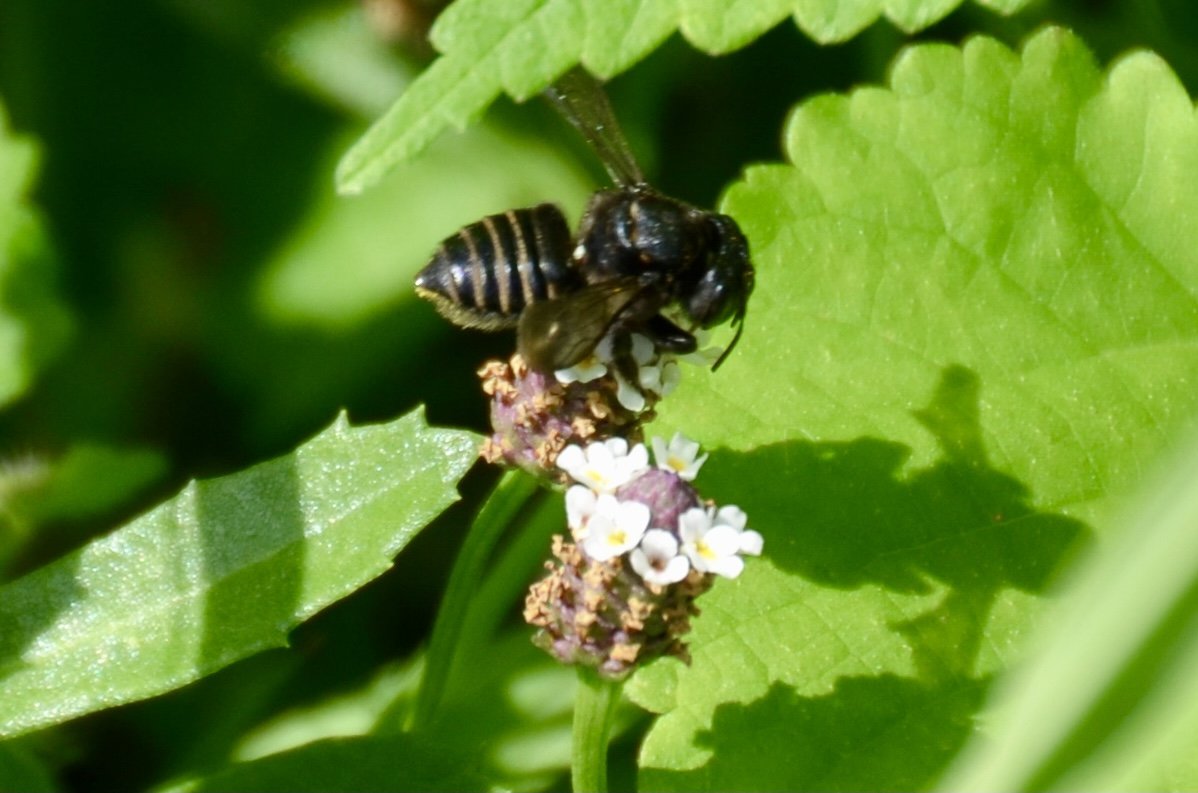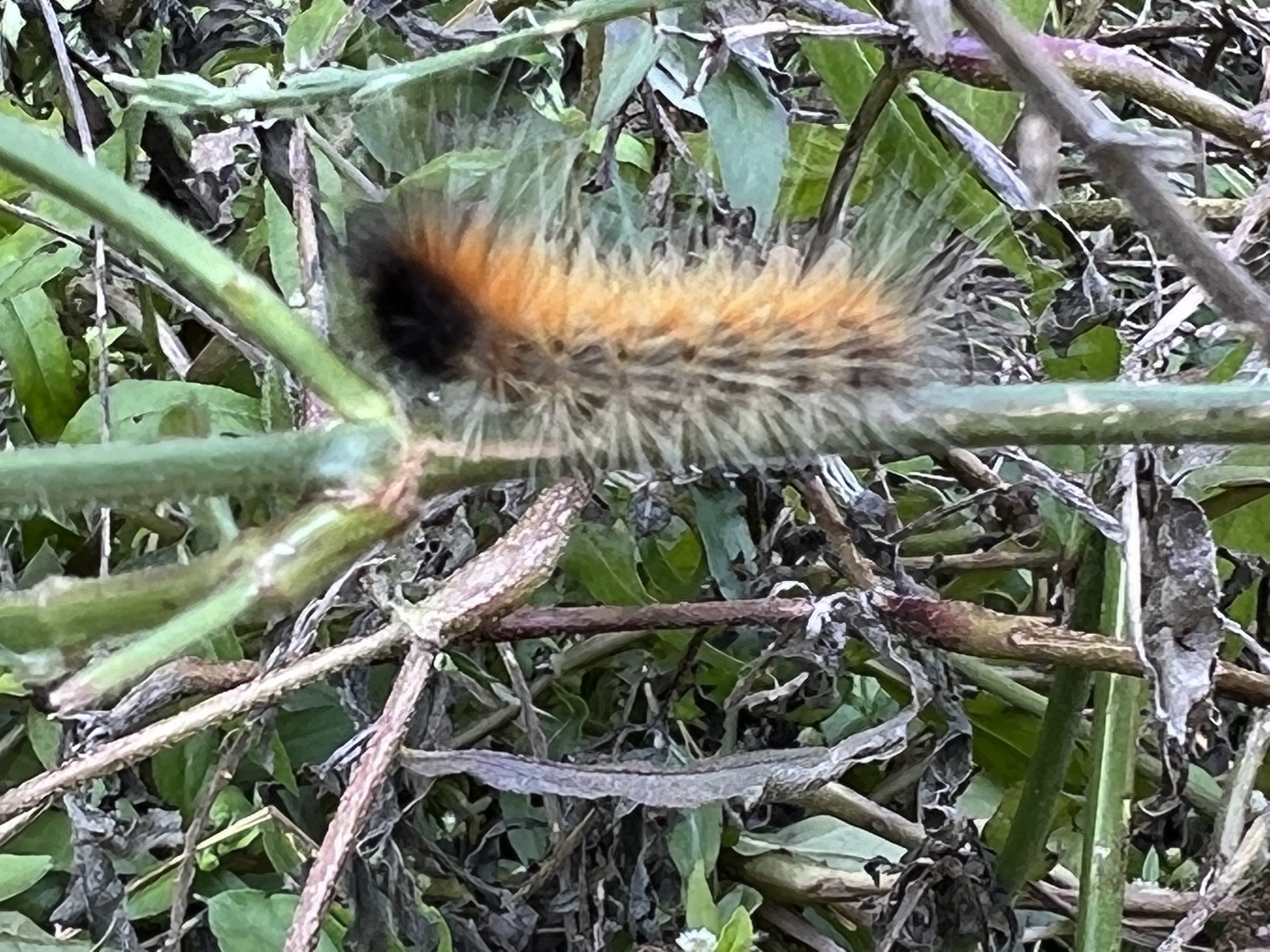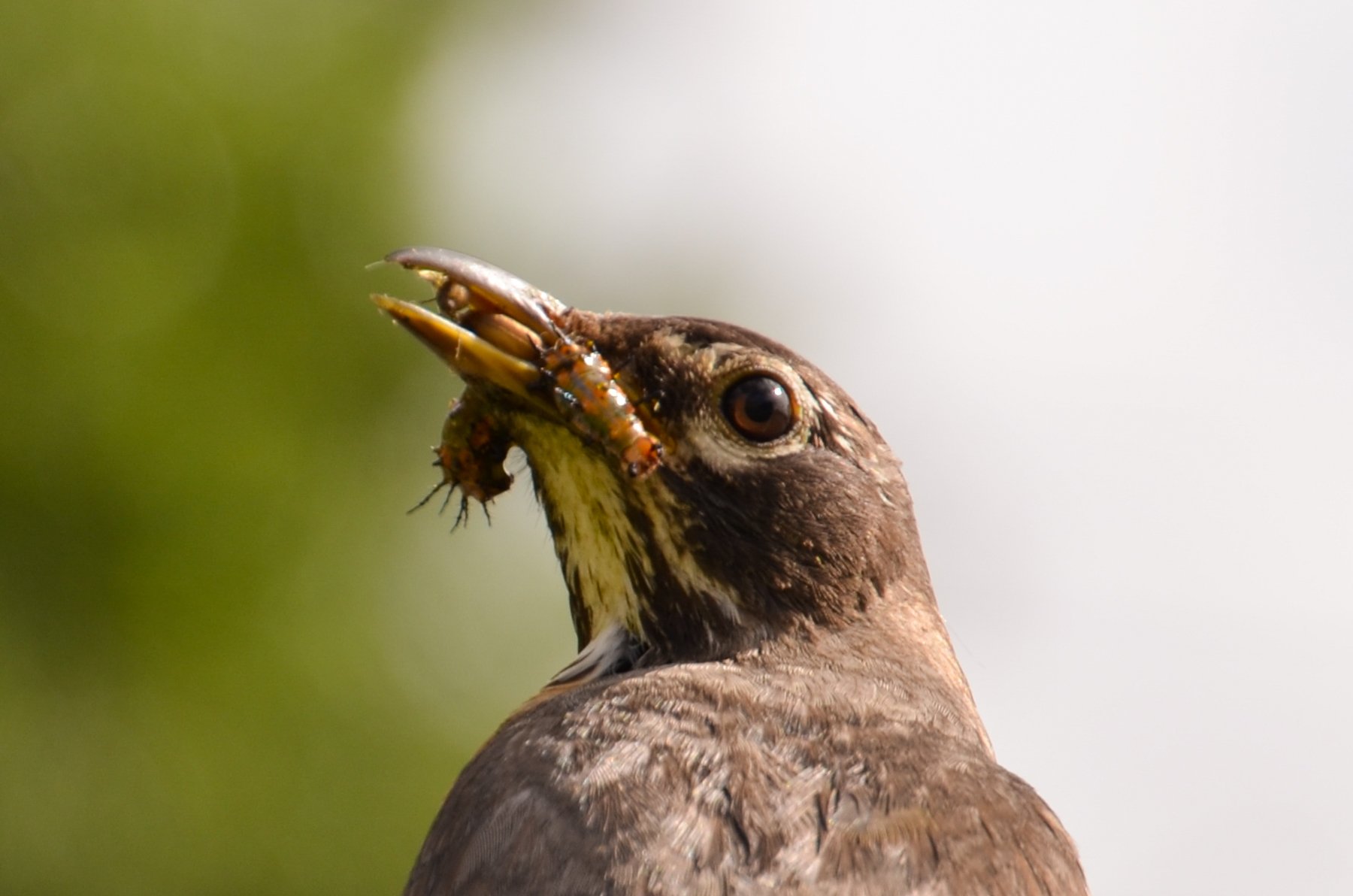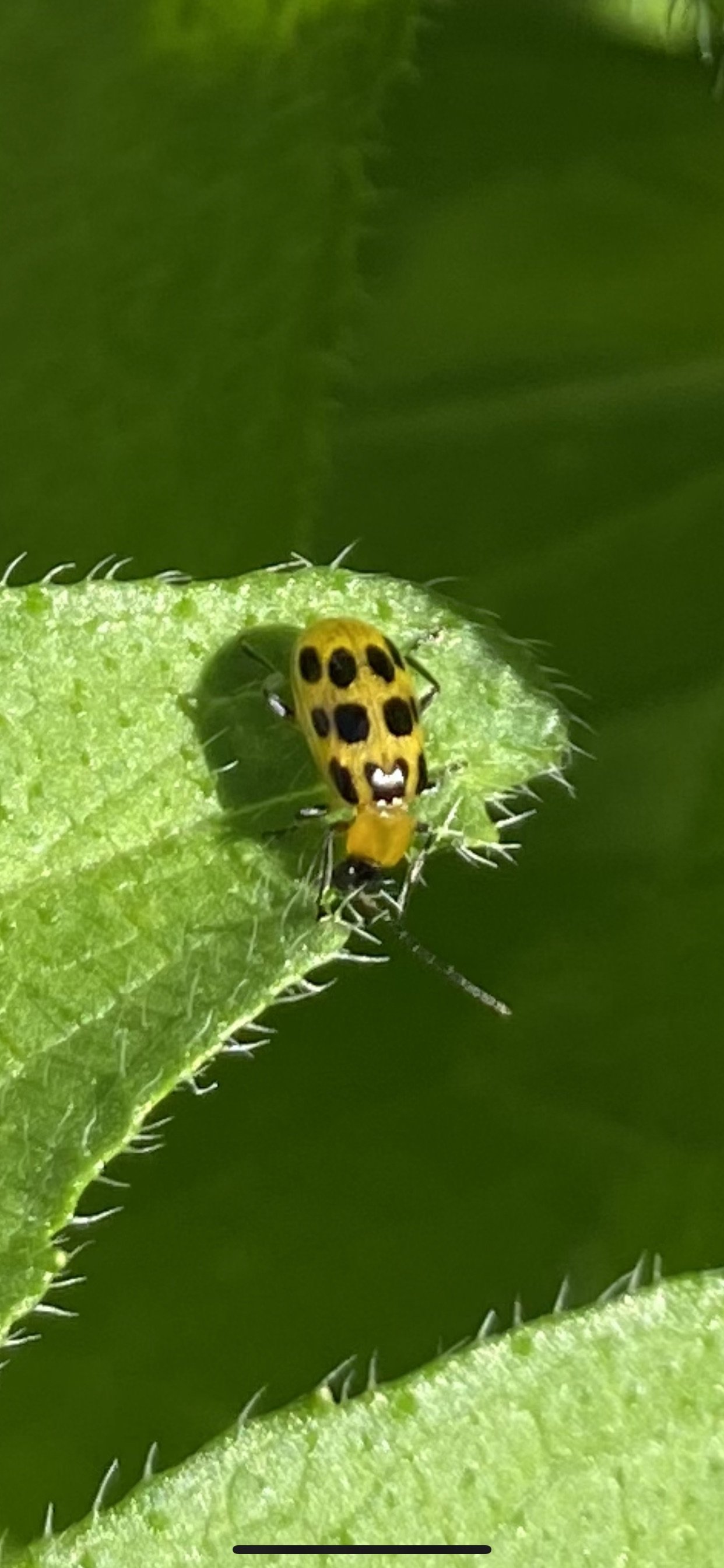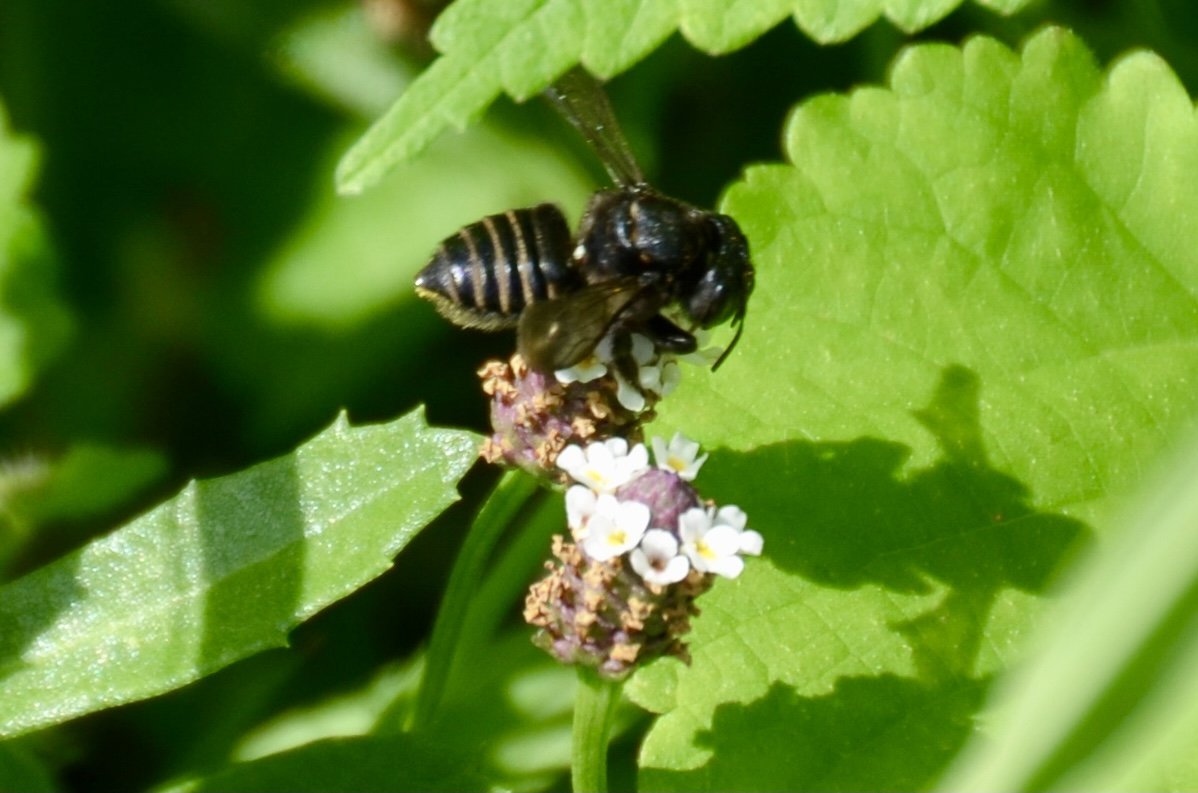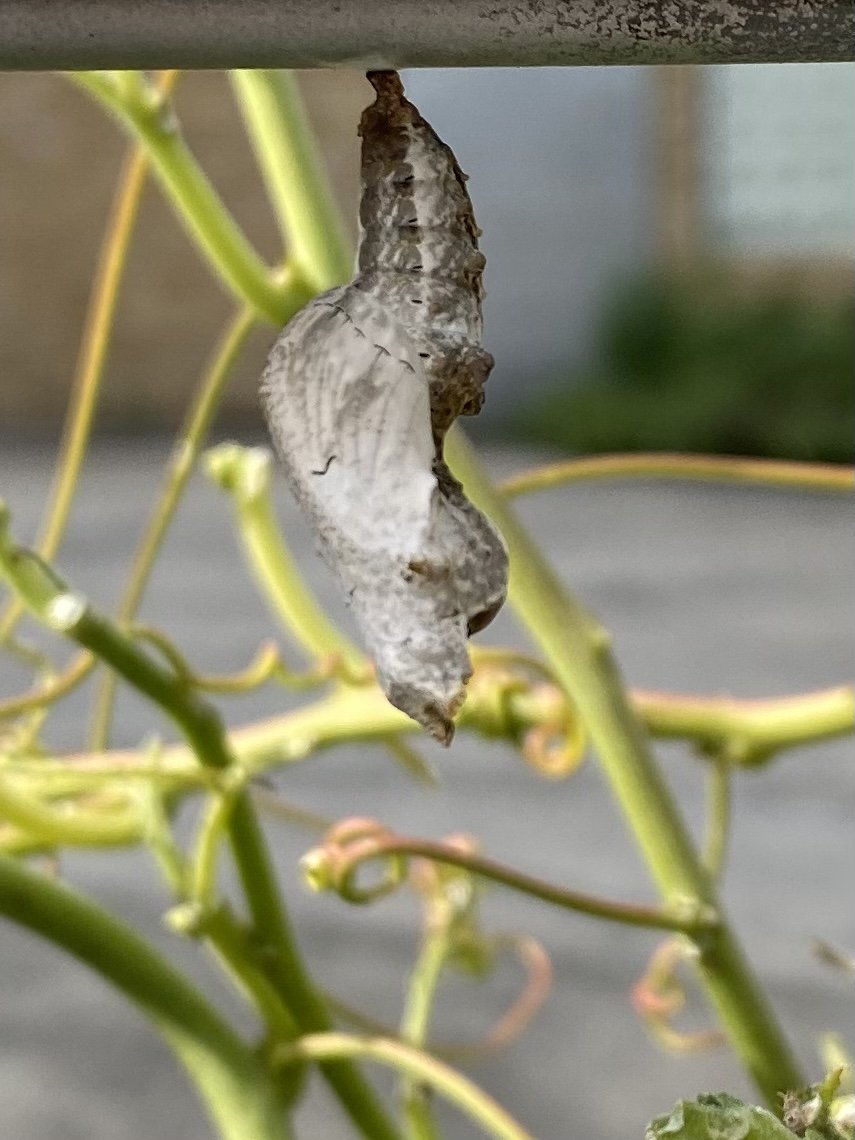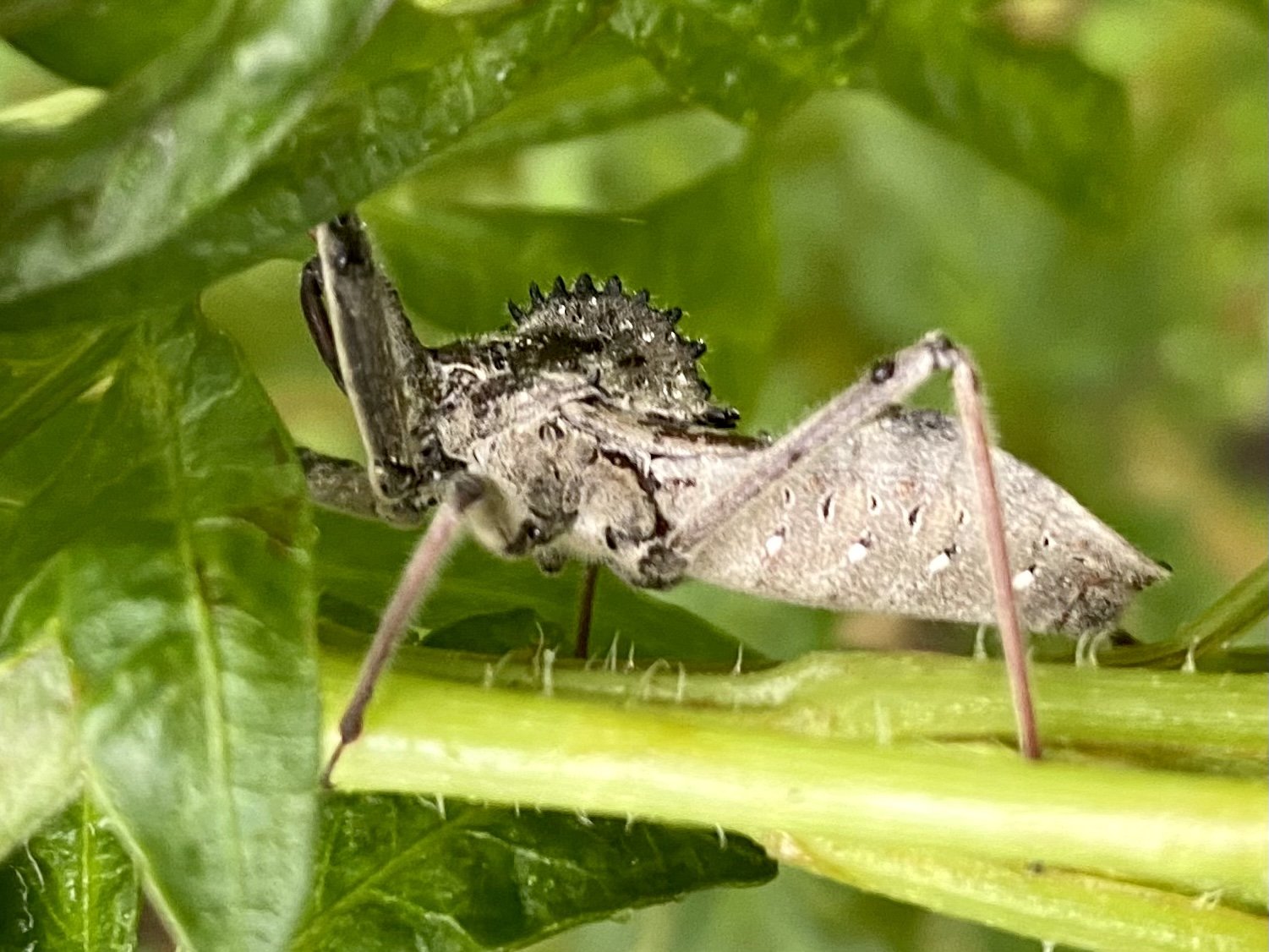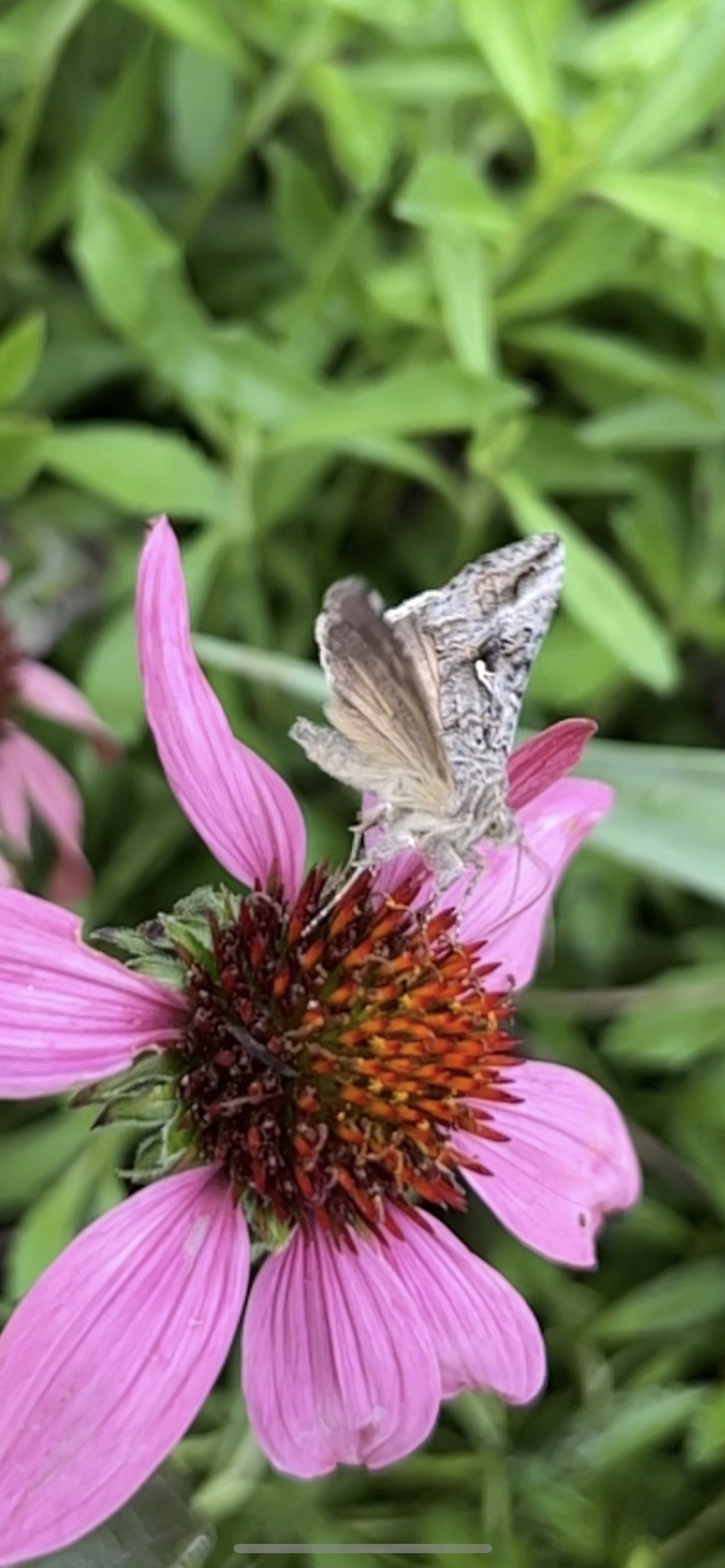Building Mutual Symbiotic Relationships to Power Ecological Recovery
I envision this festival cultivating relationships among the City of Houston, local property owners, Houston's indigenous landscape and its wildlife, soil and climate, food, restaurant, music, visual and performing arts, museums and professional sports team communities.
The following steps will contribute to building these relationships:
· The business and private property owners will need to redirect their existing landscape budgets to native plants that support our wildlife.
· These new landscape practice guidelines will align with the Mayor's Office of Sustainability and Resilience.
· New native wildflower and grass landscapes will slow rainwater, allowing it to soak in and return to the aquifer to cool the planet while sequestering carbon and storing it in the ground where it is stable, providing food and safe habitats for our indigenous wildlife.
· The approximately six hundred species of birds, four hundred and thirty species of butterflies, eight hundred species of Texas native bees, one thousand species of moths, eighteen species of dragonflies, thirty species of turtles, including two box turtles, and seventy-two species of amphibians native to Texas will expand their populations in our city.
· Houston's creatives in the food, restaurant, music, visual and performing arts, museums and professional sports industries will respond to the new mutualistic/symbiotic relationships among Houston's landowners and our unique plant and wildlife in exciting creative ways and performances during the festival.
· The City of Houston will promote, market, and support the above-described new relationships with its services infrastructure, completing the mutualistic relationship that will support Houston's economy and ecosystems.
Why Houston Can Support Ecotourism
Although Symbiosis taught me the speed with which an urban landscape can transform into a wildlife haven, it was not until I was in Fredericksburg that I realized Houston's ecology is an untapped tourist economy. When you combine Houston's rich soil, high humidity, heat and long growing seasons with the indigenous native plant landscapes supported by Houston's urban irrigated commercial and park landscapes, Houston's native plant wildflower and wildlife tourism can far exceed those of the small towns in Central Texas. Another tremendous asset is Houston's central geographic location in the bird and butterfly migration paths between the North and South American continents and our proximity to the Gulf Coast. Texas has the most butterfly species of any state in the U.S. Houston's inner city is 600 square miles; our "sprawl" is an asset to urban ecotourism.
As additional support that Houston can be an ecotourism powerhouse, I have read that one of New York City's most popular tourist attractions is The High Line's native landscaping. In North Texas, Plano also uses wildflowers and music to attract tourism dollars.
Funding
I see businesses and organizations all over the city which are starting to take advantage of the ecological benefits of native landscapes. Unfortunately, many other property (business and home) owners are unaware of the economic and environmental benefits of native plant landscaping. They spend $50-$100 per hour for weekly maintenance and $4—$12 per square foot for seasonal plantings, while also incurring high water usage and bills. Suppose the City appeals to these businesses and individuals to convert their existing non-ecological landscape budgets to native wildflower and grass landscapes. In that case, the City can promote a native plant/wildflower and wildlife, food, arts and music festival that will symbiotically support native ecological systems. The supporting businesses can profit from the tourism they generate.
When
With Houston projected to double in size by 2050, if we start now, benefits will compound. The timing of the festival should fall during one of the migration periods.
The Texas Can-Do Spirit
Systems thinking to mitigate climate through industry and the arts is a new territory — will Houstonians embrace this new field of thinking? In Texas, that depends on how you ask and present the need. In our recent history, from Katrina to hurricane Harvey, unsolicited Houstonians volunteered to help their neighbors. In 1901, wildcatters discovered Spindletop, drawing people worldwide to build a better life in unknown territory. “Wildcatter” is used to describe one that drills wells in areas not known to be producing fields. The spirit of the wildcatter is deep in our Texas Can-Do Spirit. It is in our nature to embrace a new field of wild.
The Next Step
Recently I went to a free event at the Ion; the people giving the talk are in the business of researching the economics to support new business ideas. They also create "stacks" or PowerPoint presentations to gain financial support for new ideas. Their fee is $6,000. Unfortunately, it is beyond my budget.
Is this sort of analysis provided by the Mayor’s Office of Cultural Affairs or another City of Houston office to determine the new cultural or social events that would benefit our city?
The support of the Mayor’s Office of Cultural Affairs is critical for social sculpture to transform the city from Chemical Plants to Native plants and earn the title of The Green Energy City.


